Iceland is a fantastic country with unique and stunning views around every corner. I have had the chance to visit this place during summer time and I have been amazed by its savage beauty. I would love to come back again, but next time on winter to experience the other side of Iceland: the northern lights, only a few hours of sunlight per day, the frozen nature, and many more.
This article describes a 10-days itinerary in Iceland. The itinerary covers many of the most important attractions. Ten days are not enough to visit all the places (check out the map below), but at least give you the chance to see some of the most unique landscapes on Earth.
Click on the small arrow from the map (top left corner) to expand the map legend and visualize all the touristic attractions mentioned in this article.
Things to know before visiting Iceland
This article contains the following categories:
- We’ve been there → how we’ve organized our holiday
- Itinerary → how we’ve spent 10 days in Iceland (detailed itinerary per day)
- General travel impressions → personal impressions about Iceland based on our experience lived there
LOCATION
Iceland / Europe – lying in the middle of Atlantic Ocean, at the edge of the Arctic Circle;
DURATION & MONTH
10 days spent in July;
TRANSPORT
Flight ticket Amsterdam-Reykjavik-Amsterdam bought through momondo.com (airline company IcelandAir);
Camper van rented from rent.is company;
ACCOMMODATION
Sleeping in the camper;
An itinerary in Iceland might include these activities:
- explore nature for free (Ring Road / Golden Circle / Diamond Circle Routes → volcanoes, lava fields, waterfalls, glaciers, geothermal areas, black beaches, national parks, mountains, lakes, canyons, fjords)
- go on a guided tour to discover Iceland’s natural beauty (glacier hiking, ice/lava caving, inside a volcano, river rafting, boat tours, ice/rock climbing, paragliding)
- watch wildlife
- have a bath in a geothermal pool/river
- go diving or snorkeling
- go horseback riding
- ride a bike
- ride a snowmobile/ATV
- try water sports (kayaking, canoeing, rafting, paragliding, surfing, boat tours)
- discover Icelandic culture (museums, exhibitions)
- visit neighboring islands
- explore Iceland from above (scenic flights by airplane/helicopter)
- see the Northern Lights and stargaze
- try winter sports (dogsledding, snowboarding, snowshoeing, (heli)skiing
- play golf at midnight surrounded by lava fields
Our initial itinerary (top attractions on a certain route) was the one found below, but we made small adjustments to it upon arrival, depending on our mood and energy level on that day. However, the restaurants and camp sites were always chosen on the spot, without any prior arrangements, but just a quick check on TripAdvisor and GoogleMaps reviews.
DAY 1
- Flight to Iceland (landing on Keflavík International Airport)
- Car hire pickup from Rent.is
- Reykjavík City (some of the top attractions are: Old Harbour, Sun Voyager Sculpture, Harpa Concert Hall, Hallgrimskirkja Church, Flea Market, Old Harbour Souvenirs Shop, Árbær Open Air Museum, National Museum of Iceland, Saga Museum, Swimming Pools)
- eating at Bazilika Restaurant and Icelandic Street Food in Reykjavík
- camping near Meðalfellsvatn Lake
DAY 2
- Glymur Waterfall
- Ullarselið – Wool Centre
- Borgarbyggð City
- Snæfellsnes Peninsula (Arnarstapi City, Kirkjufellsfoss Waterfall, Kirkjufell Mountain)
- eating at La Colina Pizzeria in Borgarnes
- camping near Eyja- og Miklaholtshreppur Municipality
DAY 3
- Glanni Waterfall
- Paradísarlaut Hollow
- Grábrók Volcano
- Hvitserkur Cliff
- Akureyri City
- Diamond Circle (Húsavík City, Ásbyrgi Canyon, Mývatn Lake, Dettifoss Waterfall)
- eating at B&S Restaurant in Blönduós
- camping at Hamrar / Akureyri
DAY 4
- Goðafoss Waterfall
- Hverfjall Crater
- Kvika Kaffi/Myvatn Natural Baths
- Námafjall Hverir Viewpoint
- Víti Volcano
- Selfoss Waterfall
- Diamond Circle (Dettifoss Waterfall, Ásbyrgi Canyon, Húsavík City, Mývatn Lake)
- Hljóðaklettar Rocks
- Rjúkandi Waterfall
- Seydisfjordur City
- eating at Nordic Restaurant or Skaftfell Bistro in Seydisfjordur
- camping in Seydisfjordur
DAY 5
- Egilsstaðir City
- Hvalnes Nature Reserve Beach
- Stokksnes Peninsula (Vestrahorn Mountain)
- Höfn City
- eating at Skálinn Diner Restaurant in Egilsstaðir and Kaffi Hornið Restaurant in Höfn
- camping near Hornafjörður Fjord
DAY 6
- Vatnajökull Glacier (Jökulsárlón Glacial Lagoon, Fjallsárlón Glacial Lagoon)
- Diamond Beach
- Hvannadalshnúkur Mountain
- Skaftafell National Park
- Svartifoss Waterfall
- Lómagnúpur Mountain
- Dverghamrar Rock Formations
- Foss a Sidu / Stjórnarfoss / Rauðárfoss Waterfalls
- Fjaðrárgljúfur Canyon
- Eldhraun Lava Field (Fire Lava)
- Vik City
- Reynisdrangar Rocks & Reynisfjara Beach
- Dyrhólaey (the lighthouse, the arch & Kirkjufjara Beach)
- eating at Sudur Restaurant in Vik
- camping at Þakgil
- shopping at Icewear / Vík Wool Shop
DAY 7
- Solheimasandur Plane Wreck
- Kvernufoss Waterfall
- Skógafoss Waterfall
- Skógar Museum
- Seljalandsfoss Waterfall
- Gljufrabui Waterfall
- Strokkur Geysir
- Gullfoss Falls
- Kerid Crater
- Selfoss City
- Hveragerði City
- eating at Efstidalur II – Kaffihús/ísbúð Restaurant in Bláskógabyggð or at Ingolfsskali Viking Restaurant in Ölfusi
- camping near Hveragerði
DAY 8
- Reykjadalur Hot Spring Thermal River
- Blue Lagoon Geothermal Spa
- Reykjavík City (some of the top attractions are: Old Harbour, Sun Voyager Sculpture, Harpa Concert Hall, Hallgrimskirkja Church, Flea Market, Old Harbour Souvenirs Shop, Árbær Open Air Museum, National Museum of Iceland, Saga Museum, Swimming Pools)
- eating at Grillhúsið Restaurant in Reykjavík
- camping at Reykjavik Campsite
DAY 9
- Reykjavík City (some of the top attractions are: Old Harbour, Sun Voyager Sculpture, Harpa Concert Hall, Hallgrimskirkja Church, Flea Market, Old Harbour Souvenirs Shop, Árbær Open Air Museum, National Museum of Iceland, Saga Museum, Swimming Pools)
- eating at Reykjavík Restaurant & Flatey Pizza Restaurant and having an ice cream at Valdís Ice-cream in Reykjavík
- camping in Rent.is‘s parking lot
DAY 10
DAY 1
After arriving in Iceland, we picked up our rental car. We chose a camper van from Rent.is. A guy from that company was waiting for us in the airport with a small banner with the company’s name on it and he took us with a shuttle bus to their parking lot (~15 minutes away from the airport). The car model was not new, but it was spacious and well equipped (double bed, sleeping bags, pillows, curtains, cooler, heating system, chairs & table, camping gas & griddle, dishes & cutlery). The rental cost for 10 days was around 800 € (including the gravel protection insurance). Some other companies which rent campers in Iceland are HappyCampers, NordicCampersIceland, GoCampers.
- Our camper van rented from RENT.IS
- Our camper van rented from RENT.IS
Check out here the list of campsites across Iceland.
From the airport we went to visit the capital, Reykjavik. We found a free parking in the Old Harbour. The city center atmosphere is very vibrant, with many bright colored houses. In summertime, there is round-the-clock daylight, so the tourists have more time for visiting. Each night the Icelandic sky is painted in blue and pink shades. It was very exciting for us to experience the midnight sun and a temperature below under 10°C/50°F in July. I put on my entire wardrobe (2 jackets, 2 trousers) and the locals were wearing dresses. 🙂
- Reykjavík
- Reykjavík – Old Harbour
Depending on how much time you have for visiting, here are some of the top attractions in Reykjavík: Sun Voyager Sculpture, Harpa Concert Hall, Hallgrimskirkja Church, Old Harbour, Flea Market, Old Harbour (Souvenirs Shop), Árbæjarsafn Open Air Museum, National Museum of Iceland, Saga Museum.
- Reykjavík
- Reykjavík – Old Harbour
- Reykjavík – Sun Voyager Sculpture – ©sunvoyager.is
- Reykjavík – Hallgrimskirkja Church
- Reykjavík – Harpa Concert Hall
We ate at:
- Reykjavík – Bazilika Restaurant
- Reykjavík – Bazilika Restaurant
- Bazilika Restaurant / Reykjavík (lamb plate/pizza ≅ 18€)
- Icelandic Street Food / Reykjavík (lamb shawarma/falafel ≅ 10€)
We camped:
DAY 2
The night before, I had gone to sleep at 3 a.m. due to the continuous natural light. Moreover, I just couldn’t get enough of the stunning sky’s colors. The next morning, I was awakened by a small herd of sheep touching the car with their horns while grazing free in the fields. Then an Arctic tern attacked us by flying down toward our heads. They nested in burrows on flat ground and most likely we were too close to their eggs. These were the first signs that Iceland, although quiet and harsh at first glance, it is in fact a magic land that looked like it had been torn out of the pages of a fairy tale.
- Midnight sun in Iceland
If you want to go off the beaten path, make sure you have proper boots and go hiking the Iceland’s second highest waterfall, Glymur (198m). The waterfall is not visible from the road and the round trip to it takes around 3h-3.5h. We started hiking along the South side which is more steep, leading into a cave and some rocky areas, but offering a better view of the waterfall and its canyon.
- Glymur waterfall
- Hiking to Glymur waterfall along the South side
- Hiking to Glymur waterfall along the South side
- Hiking to Glymur waterfall along the South side
- Hiking to Glymur waterfall along the South side
- View from Glymur waterfall
For going down we took the North side, but we had to wade the river on top. In the beginning I tried to cross half of the river by stepping stones, but then the water got deeper (∼15 cm/6 inch deep), so I took off my shoes and crossed the ~5°C/41°F cold river barefoot. For me it wasn’t that bad in the end, but I saw people slipping on rocks and falling into the water. It was nothing dangerous, just unpleasant for them.
- Wading the river on top of the Glymur waterfall
Snæfellsnes Peninsula is another beautiful place in that area. The small fishing village, Arnarstapi, “welcomed” us with a scene seemingly taken from The Birds movie of Hitchcock. A flock of cranky terns used to fly towards some tourists who were passing a field where they were having the nests. Two tourists were using an umbrella to keep the birds away from their heads. Besides this, the village has a special charm due to the basalt columns perfectly “sculptured” by the nature and the cliff formations covered by bird guano. Many bird species like gulls, fulmars, terns came there during the breeding season and their squawk accompanies the ocean’s waves sound which crash into the rocks.
- Cliffs in Arnarstapi fishing village
- Cliffs in Arnarstapi covered by bird guano
- Arctic terns
- Cranky terns flying towards tourists
- Basalt columns in Arnarstapi
- Cliffs in Arnarstapi
Moving forward, there appeared the spectacular Kirkjufell Mountain (463 m/1520 feet). It is said to be the most photographed mountain in Iceland. What makes it beautiful is its perfectly symmetric shape and the Kirkjufellsfoss Waterfall found next to it which gives the entire landscape a certain level of brightness and dynamics. The scenery was quite amazing and I spent a good long while trying to capture in photos the real beauty of that place.
- Kirkjufell Mountain & Kirkjufellsfoss Waterfall
- Kirkjufellsfoss Waterfall
- Kirkjufellsfoss Waterfall
- The area next to Kirkjufell Mountain
Check out this article for more information about climbing the Kirkjufell Mountain.
We ate at:
- La Colina Pizzeria in Borgarnes
- La Colina Pizzeria / Borgarnes (Spanish owners; pizza ≅ 20€)
We camped:
DAY 3
Heading next to East, the scenery’s color pallete changed into more greenish shades. The Glanni waterfall is a wide river-type waterfall, believed to be home to elves and trolls.
- Glanni Waterfall
- Glanni Waterfall
Not far from the waterfall, the Ring Road/Route 1 went to Grabrok volcanic crater which can be ascended by a marked trail. We walked up the stairs to see the crater and got a nice view of the area, but we couldn’t spend much time up there because it was blowing a gale outside.
- Grabrok volcanic crater
- Stairs going to Grabrok volcanic crater
- Area surrounding Grabrok volcanic crater
Getting on the road again, we arrived in the capital of the North, Akureyri. It is the biggest town in Iceland after Reykjavik and the one which has heart-shaped red traffic lights. Some of the most famous places to visit in that city are the Botanical Garden, Akureyrarkirkja Lutheran Church, geothermal pools, Glerartorg Shopping Center. From Akureyri starts a famous picturesque route called the Diamond Circle (260 km/ 161 miles) which includes attractions like the fishing town of Húsavík (famous for its whale watching tours), Ásbyrgi Canyon(a horseshoe-shaped canyon), Lake Mývatn and Dettifoss Waterfall (Europe’s most powerful waterfall). We visited only some of those attractions (mentioned on the next day), otherwise it would have been a long detour.
- Heart-shaped red traffic lights in Akureyri
We spent the night in the Hamrar campsite where I was shocked to see some Icelandic children playing in a lake when outside the temperature was around 4°C/39°F. But they are used to extreme cold weather.
We ate at:
- B&S Restaurant / Blönduós (fish of the day ≅ 27€)
We camped:
- Hamrar campsite in Akureyri
- Hamrar campsite in Akureyri
- in Hamrar campsite / Akureyri
DAY 4
The forth day spent in Iceland was about to reveal us some of the largest and most beautiful waterfalls in Iceland, Goðafoss and Dettifoss. The first one, Goðafoss (“The waterfall of the Gods”), curves along a semicircular rim, creating a perfectly white “curtain” that falls 12 meters into a foamy pool. I spent more than one hour taking photos of it and enjoying that moment to the fullest, as my attention used to be completely captured by the rhythm and sound of the water, rather than any other distracting thoughts. I woke up to reality only when I saw some paramedics being involved in the lifesaving of a tourist who suffered a cardiac arrest right in front of the waterfall. I don’t know how that situation ended because we had to leave the area, but I prayed deeply for that person to be fine. ♥
Once again, life is a miracle, don’t take it for granted!
- Goðafoss, “The waterfall of the Gods”
- Goðafoss, “The waterfall of the Gods”
- Goðafoss, “The waterfall of the Gods”
Arriving to the second waterfall, Dettifoss, the most powerful in Europe, I felt so amazed and grateful to witness that nature’s marvel, but at the same time I felt small and powerless in front of that huge force. I couldn’t take many photos because of the water that plunged over the edge with such force that it scattered a lot of splashes. The steam that rose above the waterfall created a mystic atmosphere.
- Dettifoss, the most powerful waterfall in Europe
- Dettifoss, the most powerful waterfall in Europe
Close to Lake Myvatn, Iceland’s 4th largest body of water, there was Námafjall Geothermal Area (Hverir), a fascinating, awe-inspiring area, home to many boiling mud pots and smoking fumaroles. The smell of sulphur in that area was pretty strong. The place made me realize the powerful forces that lied within the Earth. West of the area a geothermal power plant was built.
- Boiling mud pots in Námafjall Geothermal Area (Hverir)
- Smoking fumarole in Námafjall Geothermal Area (Hverir)
- Boiling mud pots in Námafjall Geothermal Area (Hverir)
- Boiling mud pots in Námafjall Geothermal Area (Hverir)
At Viti Volcano we were about to experience the summer snow. Viti (“hell” in Icelandic) is a volcanic crater filled with blue water at temperatures between 20-60°C/68-140°F. It was very cold on top of the crater and large snowflakes were falling from the gray sky. This is why it is required to have warm and waterproof shoes and garment when visiting Iceland, even in the summer.
- Viti Volcano crater
On that day we spent the evening in Seydisfjordur. For me it was the most charming town in Iceland. Its picturesque surroundings (the fjord, the steep mountain ridges, the colorful houses built by the first inhabitants of the town, the Norwegian fishermen) and isolated location define its unique character and can brighten one’s day despite the harsh weather.
- Seydisfjordur
- Seydisfjordur
- Seydisfjordur
We ate at:
- Nordic Restaurant or Skaftfell Bistro / Seydisfjordur (small reindeer pizza/ ≅ 20€)
We camped:
DAY 5
That day started with a breakfast in the coolest American restaurant in Iceland. Skálinn Diner is a gas-station restaurant with a retro interior design. Elvis Presley’s music was played on a jukebox. I missed America so much.
- Skálinn Diner restaurant in Egilsstaðir
- Skálinn Diner restaurant in Egilsstaðir
- Skálinn Diner restaurant in Egilsstaðir
- Skálinn Diner restaurant in Egilsstaðir
Hvalnes (“Whales Peninsula”) offers fantastic views over the coastline and the surrounding impressive mountain peaks (Vestrahorn, Eystrahorn and Brunnhorn). It also has a small black pebble beach, making it a good place for photographers.
- Black pebble beach at Hvalnes
- Camping at Seydisfjordur Fjord
Then we visited the Vestrahorn Mountain area (Stokksnes Peninsula) which was mirrored in the water creating a spectacular scenery. The black sand from the beach nearby and its sand dunes amplified the dramatic nature of the landscape. In addition, a cloud “waterfall” cascaded over the mountain peak, making me not regret that I had paid the tax to access the private road to Vestrahorn (~7€/person). Usually, it’s free of charge to visit the Icelandic natural touristic attractions. The area was also home to a film set which reproduced a Viking village.
- Vestrahorn Mountain mirrored in the water
- Black sand near Vestrahorn Mountain
- Vestrahorn Mountain area (Stokksnes Peninsula)
- Film set on Stokksnes Peninsula reproducing a Viking village
In Höfn we had dinner in a cosy restaurant and spent the night in the same area, having a clear view of the glaciers that were about to bring us the following day the most beautiful experience of the trip.
- Höfn’s harbour
We ate at:
- Kaffi Hornið Restaurant in Höfn
- Kaffi Hornið Restaurant in Höfn
- Skálinn Diner Restaurant / Egilsstaðir & Kaffi Hornið Restaurant / Höfn
We camped:
DAY 6
Vatnajökull Glacier covers 8% of Iceland’s surface and it is the largest ice cap in Europe. This was my favorite place in Iceland. When reaching the glacier area, I was first impressed by its huge size and its beautiful glacial lagoons connected to the Atlantic Ocean, Jökulsárlón and Fjallsárlón. Ice chunks broken off the glacier were floating on the lagoons creating a continuously changing scenery. When air starts to enter the iceberg, it loses the beautiful blue color, becoming white. Some icebergs have even black layers which is a sign of a previous volcanic eruption. Despite its natural stunning beauty, what it’s sad about these lagoons is that they are a result of the global warming. Currently the glacier is melting at an alarming rate. One hundred years ago there was no lagoon there.
- Jökulsárlón Glacial Lagoon
There are several activities you can do at Jokulsarlon Glacier Lagoon:
- (amphibian) boat tour
- glacier hiking
- ice caving
- kayaking
- snowmobiling
- helicopter tour
- Amphibian boat tour at Jökulsárlón Glacial Lagoon
- Going aboard an amphibian boat tour at Jökulsárlón Glacial Lagoon
Right next to Jokulsarlon Glacier Lagoon, another amazing and unique attraction is Diamond Beach, a stunning black sand beach. Different sizes of ice blocks coming from the lagoon are pushed by the waves on the beach. It is a wonderful contrast between the blue or white ice and the black sand. That sand comes from volcanic rocks and those rocks are in fact lava that covered the area.
- Diamond Beach
- Diamond Beach
Continuing exploring the surroundings, I was about to discover something that made my heart melt. We were on Diamond Beach when we heard a splash into the water. Looking carefully at the neighboring shore, we saw a herd of clumsy seals sleeping on the beach. Sometimes, one of them was entering the water, popping its head up among floating glacial ice and making a splash as for showing us its acrobatic skills. What a thrill it was to see them in their habitat for the first time in my life!
- A group of seals on Diamond Beach
We were heading towards Vik City when we passed the Hvannadalshnúkur Mountain. Hvannadalshnúkur is the tallest peak in Iceland (2109 m / 6952 feet). It has a pyramidal shape which is covered in ice all year round. If you plan to hike that mountain, we advise you to be accompanied by an experienced mountain guide because of the crevasses and steep slopes over glacial ground. We didn’t have enough time to climb the mountain, but I suppose the views from the top are well worth the effort.
- Aerial view over Hvannadalshnúkur Mountain ©wikipedia.org
If you enjoy outdoor activities and want to explore the Icelandic nature, you have plenty of hiking trails in Skaftafell National Park. Some of the most popular hiking routes in summer are found here. Check out this website for more information about the service fees in the park (the day fee for a small car is ~5.5€). You can pay online here. In that area we recommend you to visit Svartifoss, a unique waterfall due to its columnar basalt formations. Those beautiful columns inspired the architect who designed the Hallgrímskirkja church in Reykjavik. The waterfall cannot be seen from the road, so you have to go uphill for about 1.5km/0.93mile.
- Svartifoss ©Martin Falbisoner
We were pressed for time, so we couldn’t stop to see the other attractions in that area: the Dverghamrar Rock Formations, other less famous waterfalls (Foss a Sidu / Stjórnarfoss / Rauðárfoss) or the picturesque Fjaðrárgljúfur Canyon. Fjaðrárgljúfur became famous after Justin Bieber shot a video in the canyon for one of his songs, “I’ll show you“.
The ring road then passed through the vast Eldhraun lava field (“Fire Lava“, 565 km²). The fields are the result of one of the greatest eruptions (craters of Laki) in history that lasted 8 months (1783÷1784), killing almost fifth of Iceland’s population and 80% of the nation’s sheep (because of the poisonous fumes).
- Eldhraun Lava Field / Fire Lava
The next stop on our way was a village that it is said to be the wettest in Iceland, Vik. It was raining when we got there. Vik is a very popular and accessible destination, home to some amazing attractions: Reynisfjara and Kirkjufjara black sand beach, Reynisdrangar rocks, ice caves (Hálsanefshellir, Hjörleifshöfði and the “Yoda Cave”), Mýrdalsjökull glacier, Dyrhólaey peninsula. I really loved the village, especially for its green meadows and its neighboring peninsula, Dyrhólaey.
We saw Reynisfjara and Kirkjufjara black sand beaches from the cliffs. I totally felt in love with the shades of black and gray of that mystic place. The foamy water and a flock of eider ducks were animating the beaches.
- Reynisfjara black sand beach
- Reynisfjara black sand beach
Our next stop in that evening was Dyrhólaey peninsula, located 20 km/12 miles away from Vik. That place was covered in a thick layer of fog. I could barely see anything. But looking again around the cliffs, I saw in the distance a cute bird with a pompous posture staring at me from a mound. It was a puffin – cuteness overload! 🙂
- Atlantic puffin in Dyrhólaey
That night we went to an isolated camping near Vik. Þakgil is a hidden gem, 15km away from the ring road (opened between June 1÷August 31). The gravel road to the camping has many potholes making the uphill slopes more difficult to climb with a non-sport car, but it is well worth the effort. The camping site is a stunning green valley surrounded by steep mountains covered with soft moss. You could either camp, or rent a pine hut. The eating area was located in a natural cave with tables, benches and a barbecue.
- Þakgil camping site
- Þakgil camping site
- Þakgil camping site
Close to the campground, there is a small waterfall where you can hear only the sound of the water, while admiring the mystical surroundings. When I did that short hike to the waterfall, I met an Austrian female motorcyclist in her fifties who was coming for a day-trip to Þakgil. We both concluded that Þakgil was so breathtaking and out of this world!
- Waterfall next to Þakgil camping site
- Waterfall next to Þakgil camping site
- Waterfall next to Þakgil camping site
The busiest and most wonderful day of our trip was about to end, but the Icelandic adventure continued for another couple of days.
We ate at:
- Sudur Restaurant / Vik (lamb plate ≅ 36€; creamy mushroom soup ≅ 10€)
We camped:
- at Þakgil
DAY 7
Heading west to Skógafoss, we passed by the famous plane wreck from Solheimasandur. It is an abandoned DC place that ran out of fuel in 1973 and crashed on the beach.
- Solheimasandur plane wreck ©adventures.is
The next attraction was Kvernufoss, a beautiful waterfall located 15 minutes walk from the ring road in a gorge covered with moss. The scenery was really impressive. We even walked behind the waterfall, but because of the drizzle we couldn’t stay longer there.
- Kvernufoss
- Kvernufoss
- Kvernufoss
The next stop was Skógafoss. It was so overwhelming marveling at the 25 meters/82 feet waterfall from below even though I got drenched in the drizzle. If you go there, make sure to protect your camera. Again, that showed us the incredible force of nature. People were even venturing to the top of the waterfall for a better view. There was a steep climb including about 500 steps.
- Skógafoss
Close to Skógafoss, there is Skógar open air museum, an Icelandic architectural heritage. It includes a collection of about 15000 regional folk craft artifacts. Another powerful waterfall on the road was Seljalandsfoss. It is a famous waterfall with a slippery path running behind the curtain of water. The waterfall cascades over majestic cliffs, into a meadow. Due to risk of falling ice, the path is closed in winter.
- Seljalandsfoss
To get the most of that day, consider going on the Golden Circle, a 300 km/186 mile route to these popular natural attractions: the Geysir Geothermal Area, Gullfoss Waterfall and Þingvellir National Park.
The Great Geysir and Strokkur are a part of the geothermal area, one of Iceland’s most spectacular places. This sight is also home to fumaroles, hot springs and mud pits. Even though the Great Geysir was the first geyser in the world studied by scientists and it can sprout boiling water up to 70 m/230 feet, 4-5 times a day, nowadays tourists’ attention is cached by Strokkur, another geyser, more active, which erupts every 10 minutes. It was really exciting to stand in anticipation with the camera ready for shooting.
- Geysir Geothermal Area
- Geysir Geothermal Area
- Geysir Geothermal Area
Gullfoss is another iconic site in Iceland. For many years, this gorgeous waterfall whose name means “Golden Falls”, was like a magnet for investors interested in exploiting its electricity potential by turning the waterfall into a hydroelectric dam. In the end, in 1979, it was put into permanent conservation, so tourists can still explore the mesmerizing natural beauty of the water plunging into the rocky gorge.
- Gullfoss ©Nickspix
A different experience lived that day was the lunch at Efstidalur II Farm Restaurant in Bláskógabyggð. With a nice concept and an interesting interior design, a combination of old wood and cement structure, this is a family business that offers a variety of products straight from their farm. The restaurant has a big window where one can see the cows gathered in the barn. For dessert they offer a delicious homemade ice cream.
- Efstidalur II Restaurant in Bláskógabyggð – Source: efstidalur.is
- Efstidalur II Restaurant in Bláskógabyggð – Source: efstidalur.is
We ate at:
- Efstidalur II – Kaffihús/ísbúð Restaurant in Bláskógabyggð & Ingolfsskali Viking Restaurant in Ölfusi
We camped:
DAY 8
Not far from Reykjavík, there are two places where people can bathe in hot water. The first one, Reykjadalur, which is free, is a valley with hot springs, mud pools and even a hot river. From the parking lot to the river there is a 3 km long trail which is always crowded. The hike is not difficult and the scenery is very beautiful, with boiling hot pools and stream rising in the air. The river is long enough to offer plenty of space for all the people coming to have that interesting experience.
- Reykjadalur Hot Spring Thermal Area
- Reykjadalur Hot Spring Thermal Area
- Reykjadalur Hot Spring Thermal River
- Reykjadalur Hot Spring Thermal River
On the other hand, for the Blue Lagoon geothermal luxury spa you have to pay an entry fee that starts from 48 €/adult. With its milky-blue water of about 39°C/102°F temperature and having benefits to the skin, this spa is open all year round, but pre-booking is required.
- Blue Lagoon Geothermal Spa ©Ivan Sabljak
Our next destination was the vibrant Reykjavik, the capital city of Iceland. It is said to be one of the cleanest and safest cities in the world. Whether you want to discover the Icelandic culture or book a bird/whale watching tour, there are a lot of things to do. Some of the top attractions in Reykjavik are: the Old Harbour, Sun Voyager Sculpture, Harpa Concert Hall, Hallgrimskirkja Church, Flea Market, Old Harbour Souvenirs Shop, Árbær Open Air Museum, National Museum of Iceland, Saga Museum, Swimming Pools.
We decided to stroll the streets of Reykjavik in order to feel the distinct vibe of the city. If in the north part of the country it had been cold during that week, there, in the capital, we were lucky to have two sunny days. We visited the Old Harbour which offers a great selection of fish and steak restaurants, the city center which was home to old, marvelous and colorful houses, then we visited the imposing Hallgrímskirkja Church whose architecture was inspired by the columnar basalt formations from Iceland, and we finished the day by enjoying a creamy and delicious ice cream at Valdis.
- Valdis ice cream shop
We ate at:
- Grillhúsið Restaurant and had an ice cream at Valdís Ice-cream in Reykjavík
We camped:
DAY 9
On the last day spent in Iceland we continued to visit Reykjavik. The first attraction was Harpa Concert Hall. Harpa is a distinctive building thanks to its honeycombed glass façade. The hall hosts concerts, exhibitions and festivals.
- Harpa Concert Hall
- Harpa Concert Hall
Next on our itinerary was the Sun Voyager (Sólfarið), a steel sculpture of a ship located on the seashore and resembling a Viking longboat. Considered capital’s most famous artwork, it is in fact an ode to the sun. Then we just wandered around exploring other places that Reykjavik had to offer, before going to the car rental company and camping during the night in their parking lot. The following day we had the flight very early in the morning.
We ate at:
- Reykjavík Restaurant
- Reykjavík Restaurant & Flatey Pizza Restaurant in Reykjavík
We camped:
- in the Rent.is‘s parking lot
The trip to Iceland has been an unforgettable experience. This small country has stunning landscapes, but the weather is unpredictable, so it’s better to be prepared with warm, waterproof clothes.
I loved the fact that there was round-the-clock daylight, so we had enough time to visit many places in one day. In addition, during the night, the sky had the most incredible colors, a mix of pink and blue shades.
The places which I loved the most are situated in the Southern region of Iceland: Jökulsárlón Glacial Lagoon, Diamond Beach, Vik City and its surroundings and also in the North Iceland: Dettifoss and Goðafoss Waterfalls.
Sleeping in a camper for 10 days was one of the most interesting and beautiful experiences because of the feeling of freedom that it gave us. I didn’t feel constrained to get to a certain point, at a certain time, and I could basically sleep everywhere. At the same time, it is challenging to sleep in a car when the outside temperature is about 0°C/32°F. But the sleeping bags provided by the rental company and the car’s heating system helped us to get comfortable night’s sleep. So, all in all, that kind of experience was totally worth it and I do recommend it. 🙂
Keep on reading IDR’s articles to discover the amazing Iceland and many other incredible places on Earth.


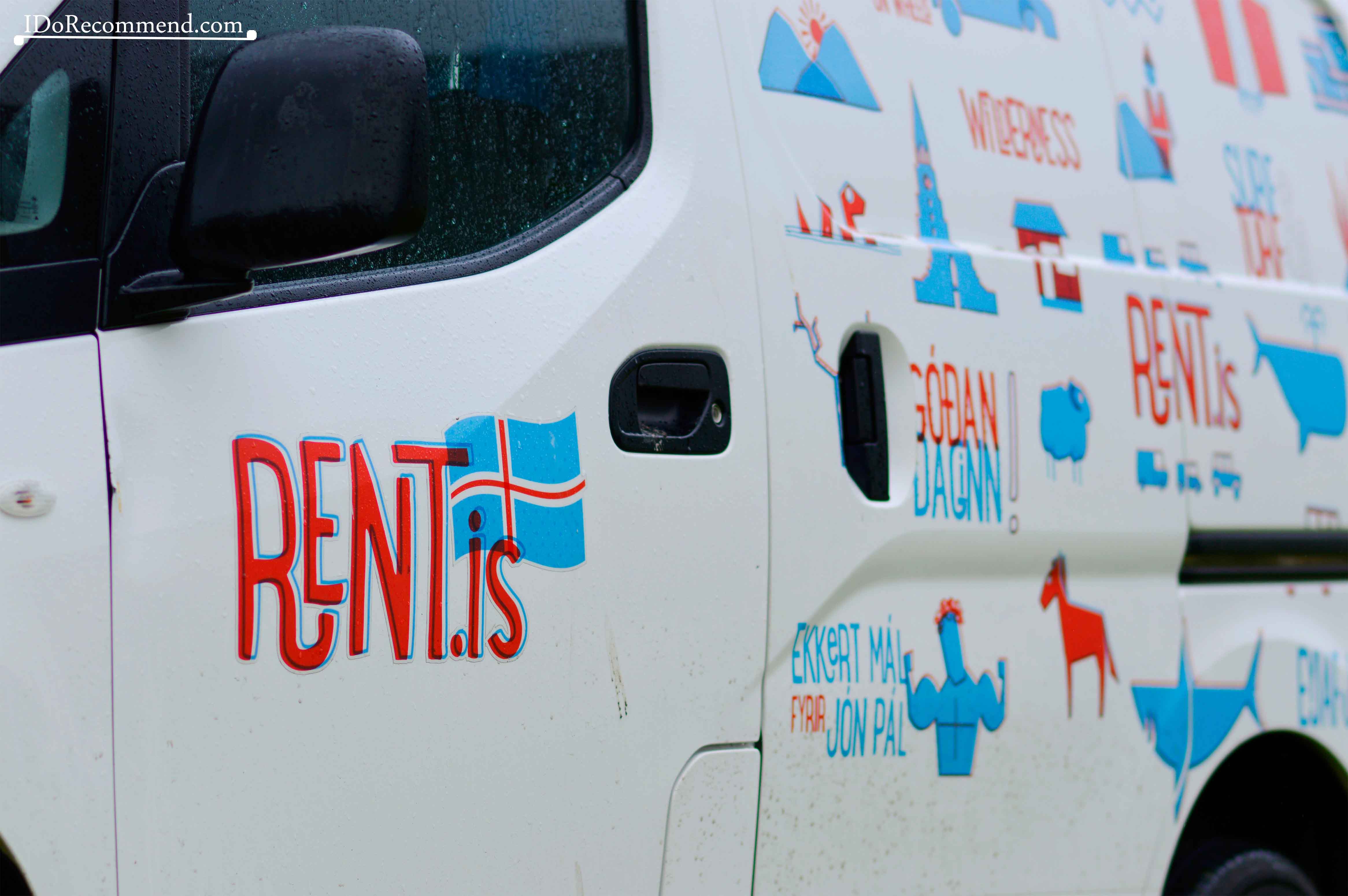
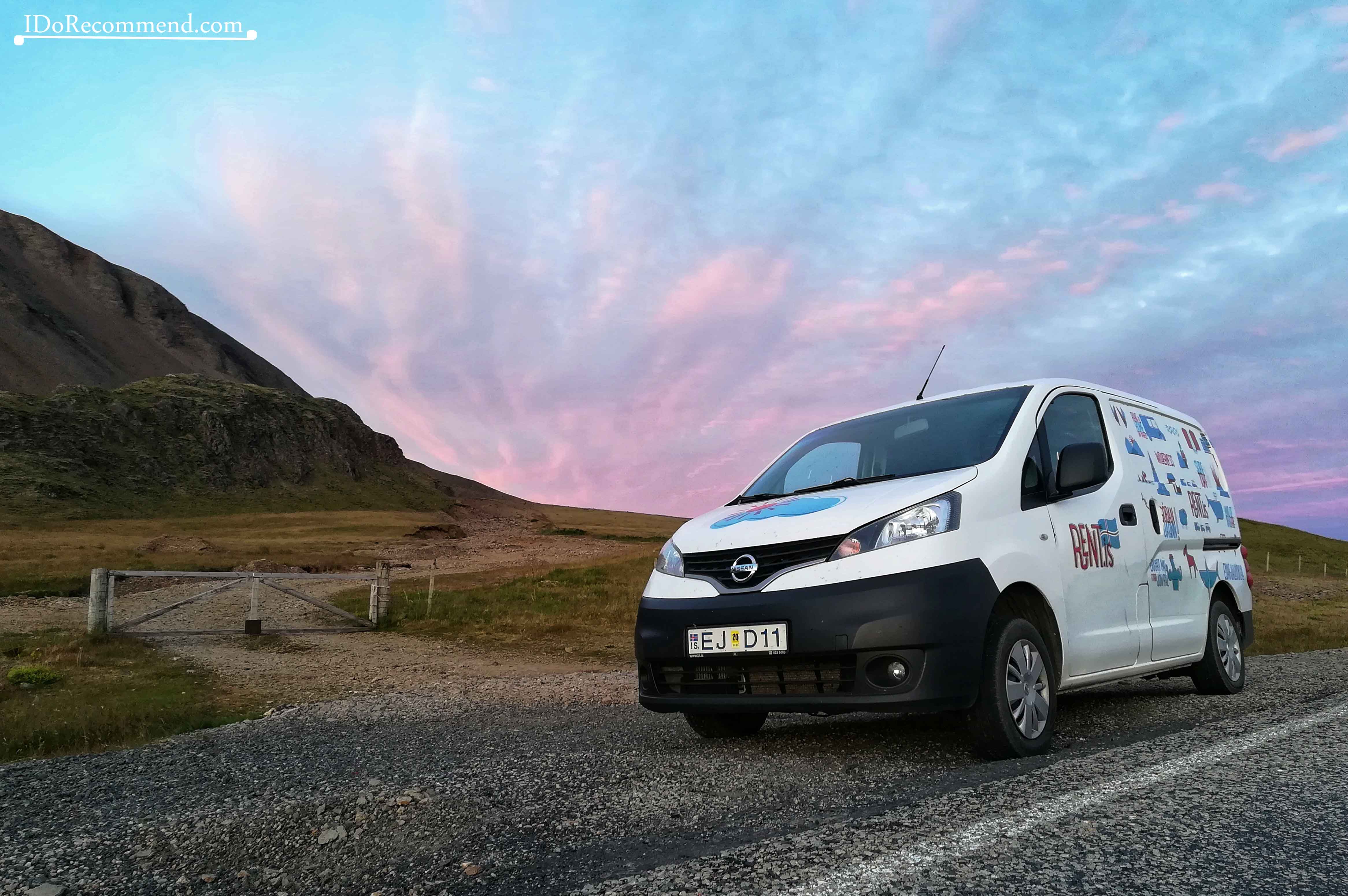
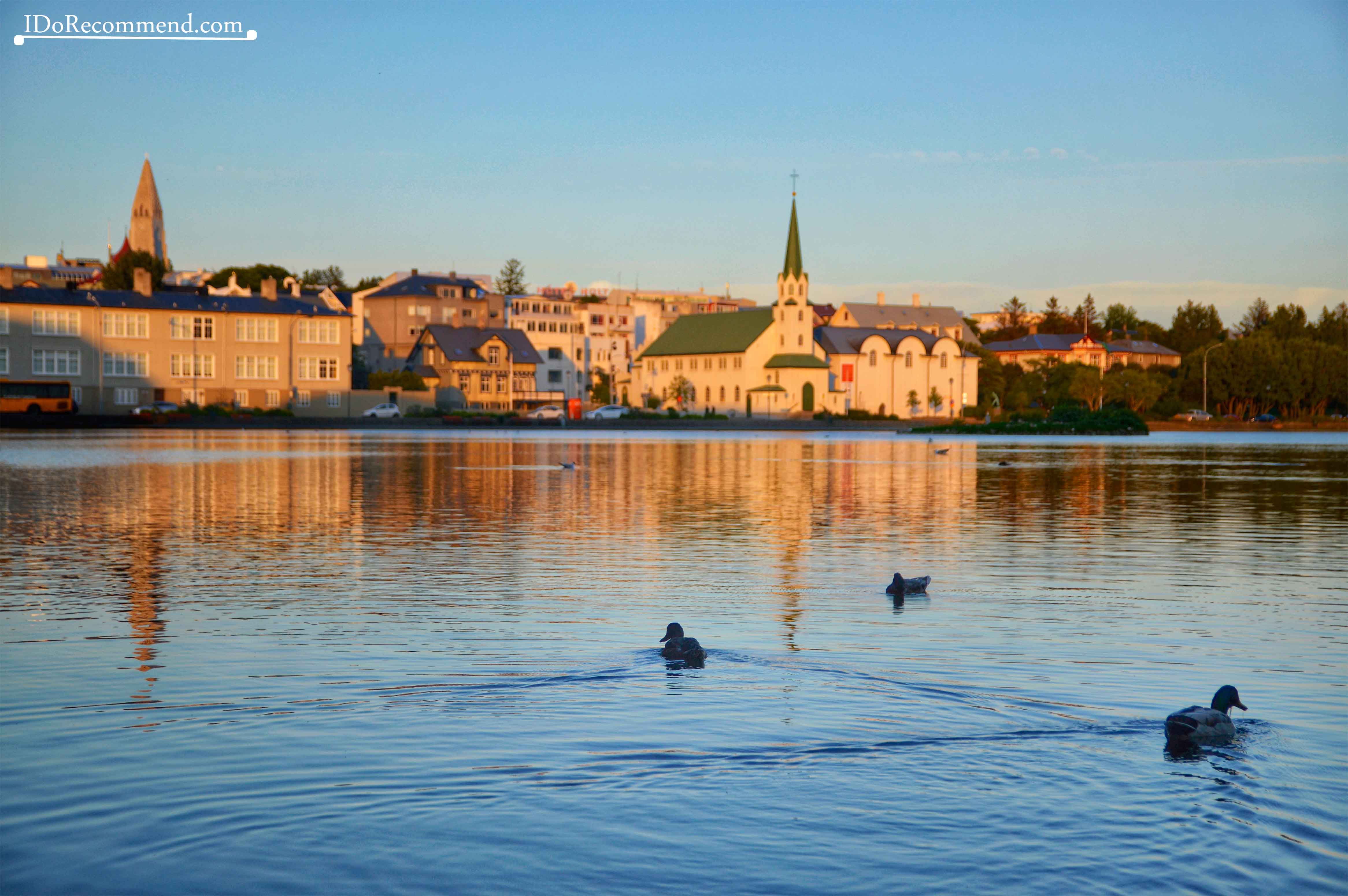
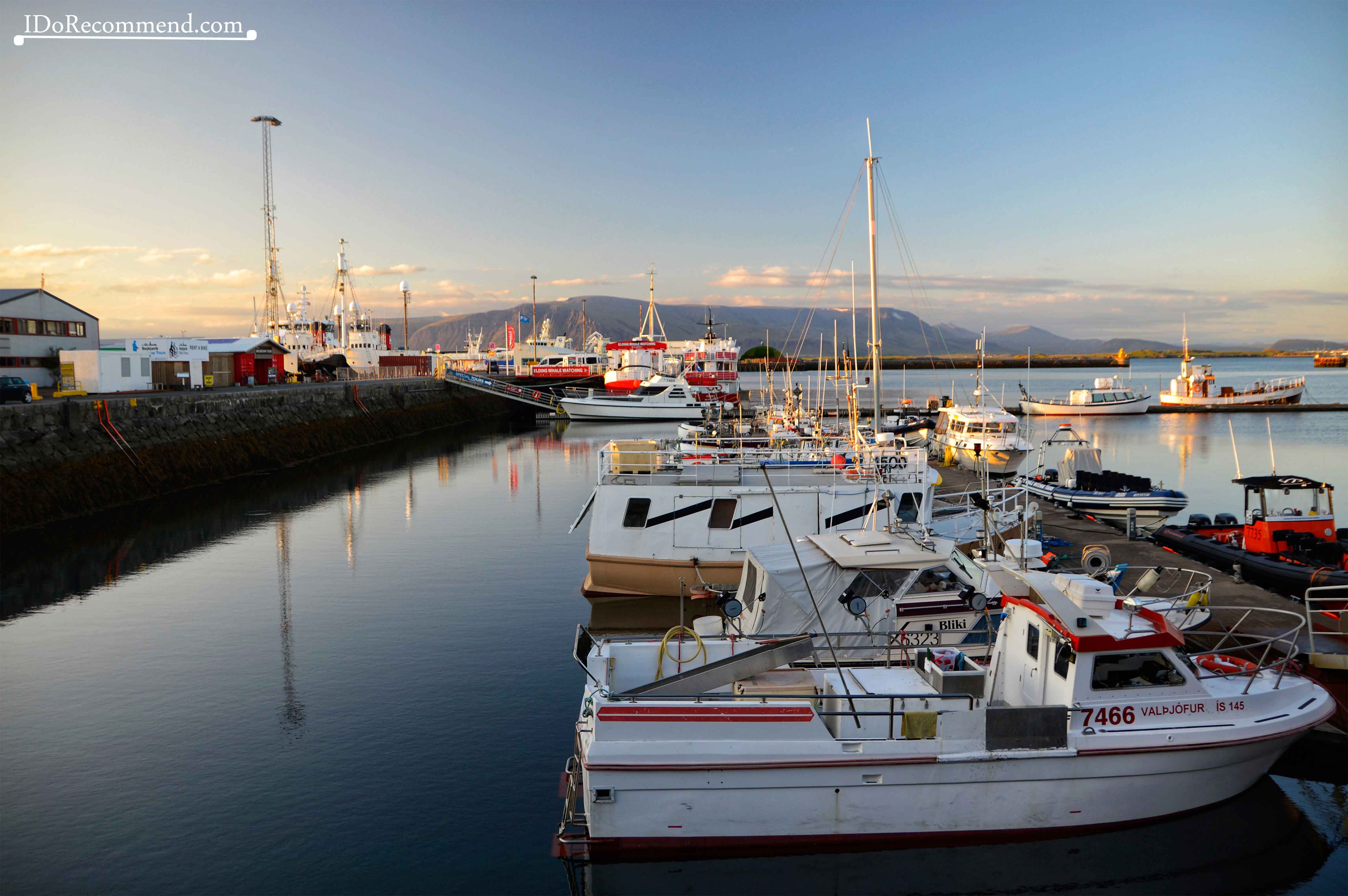
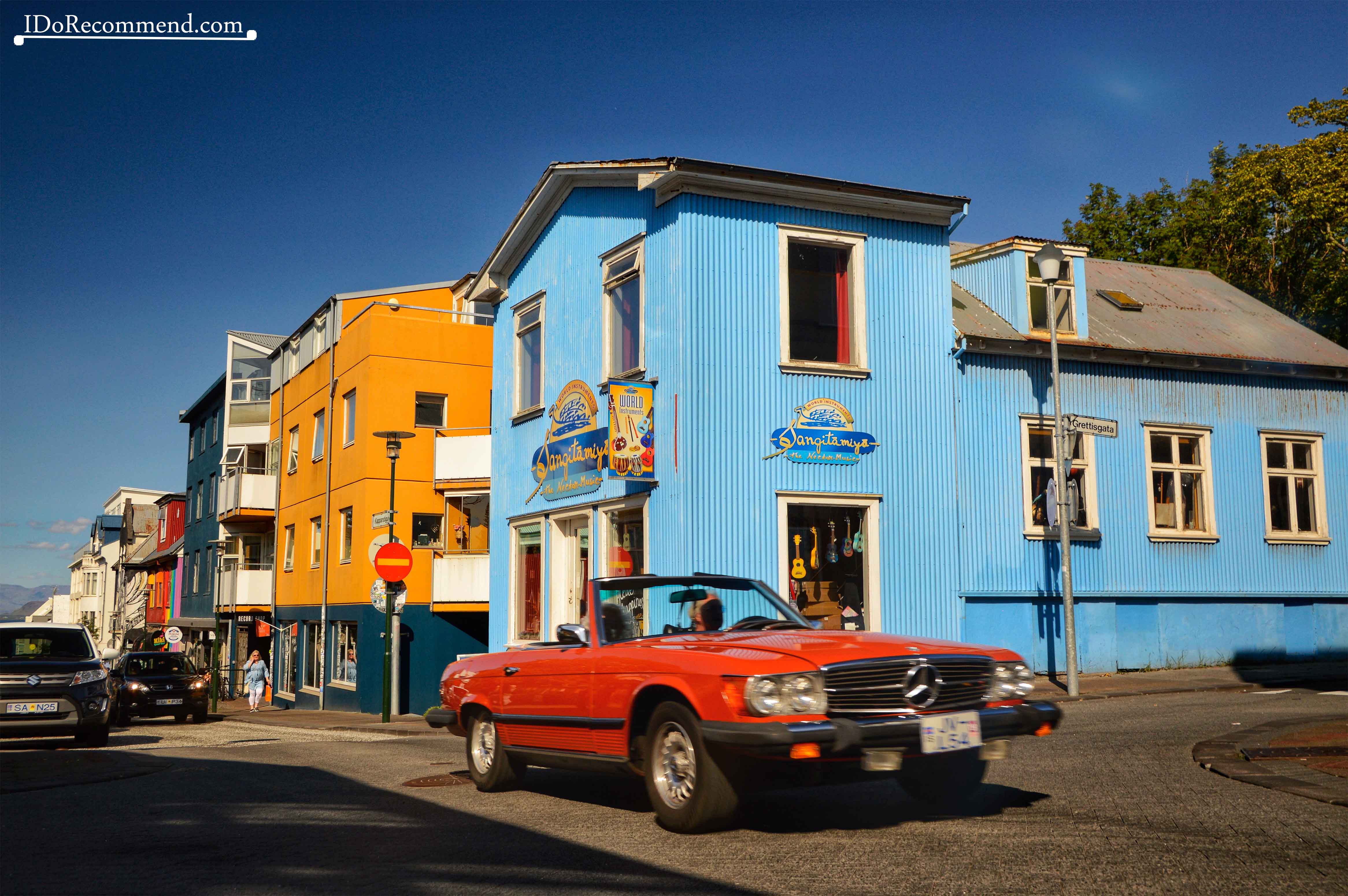
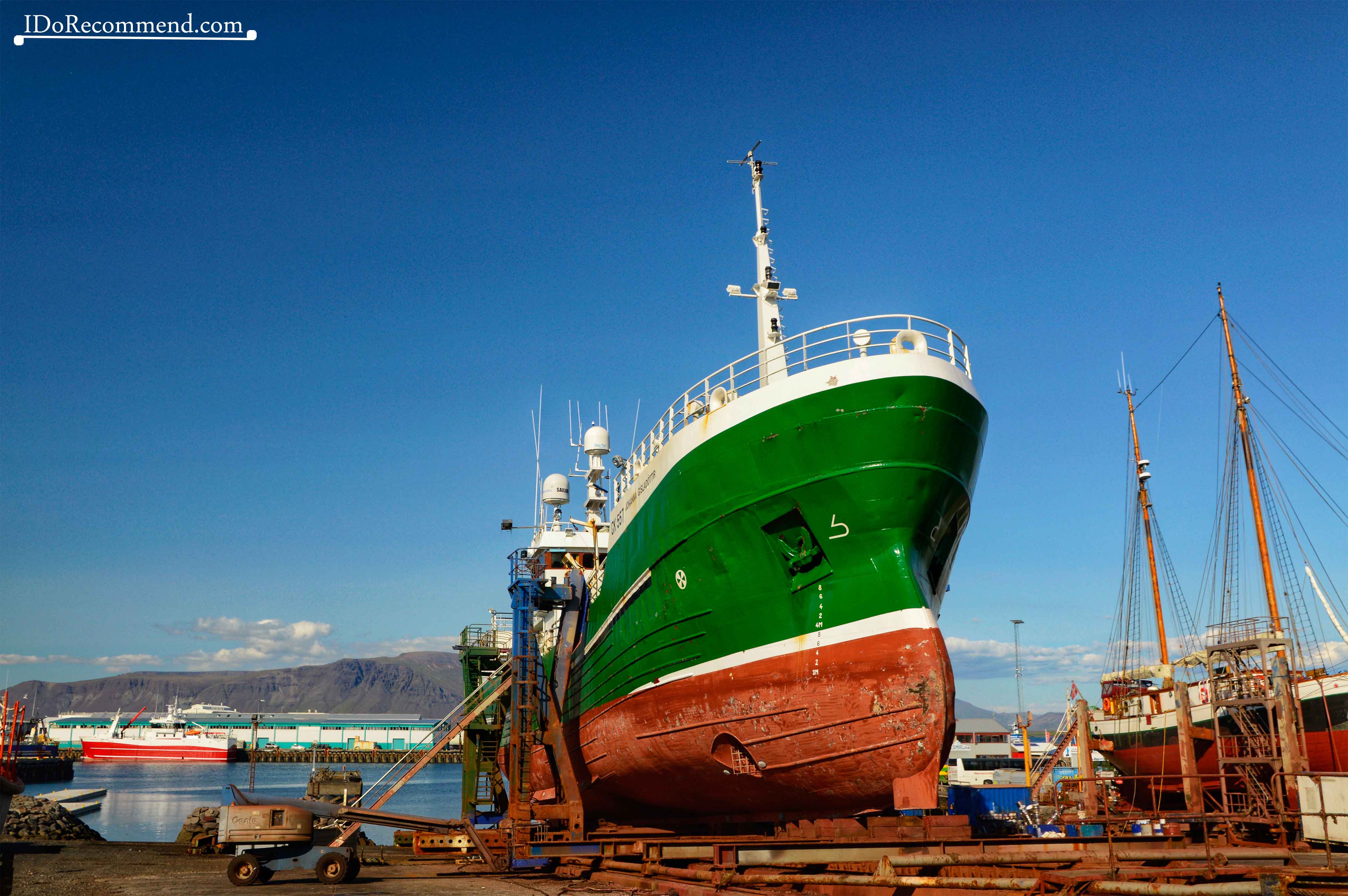
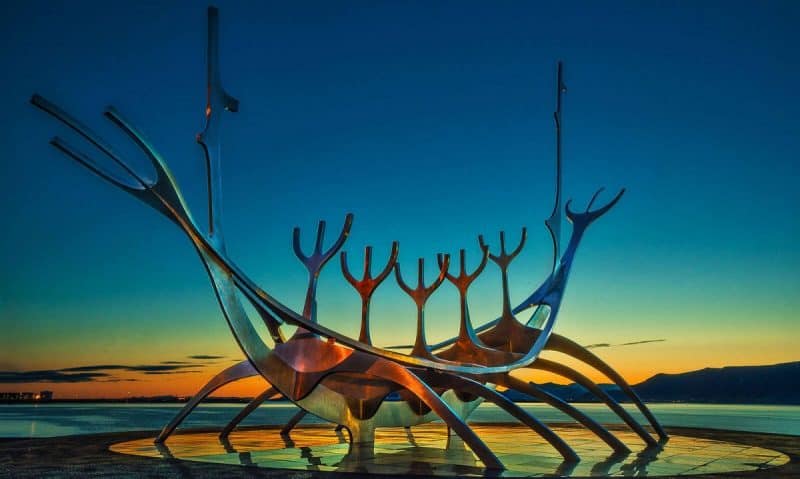
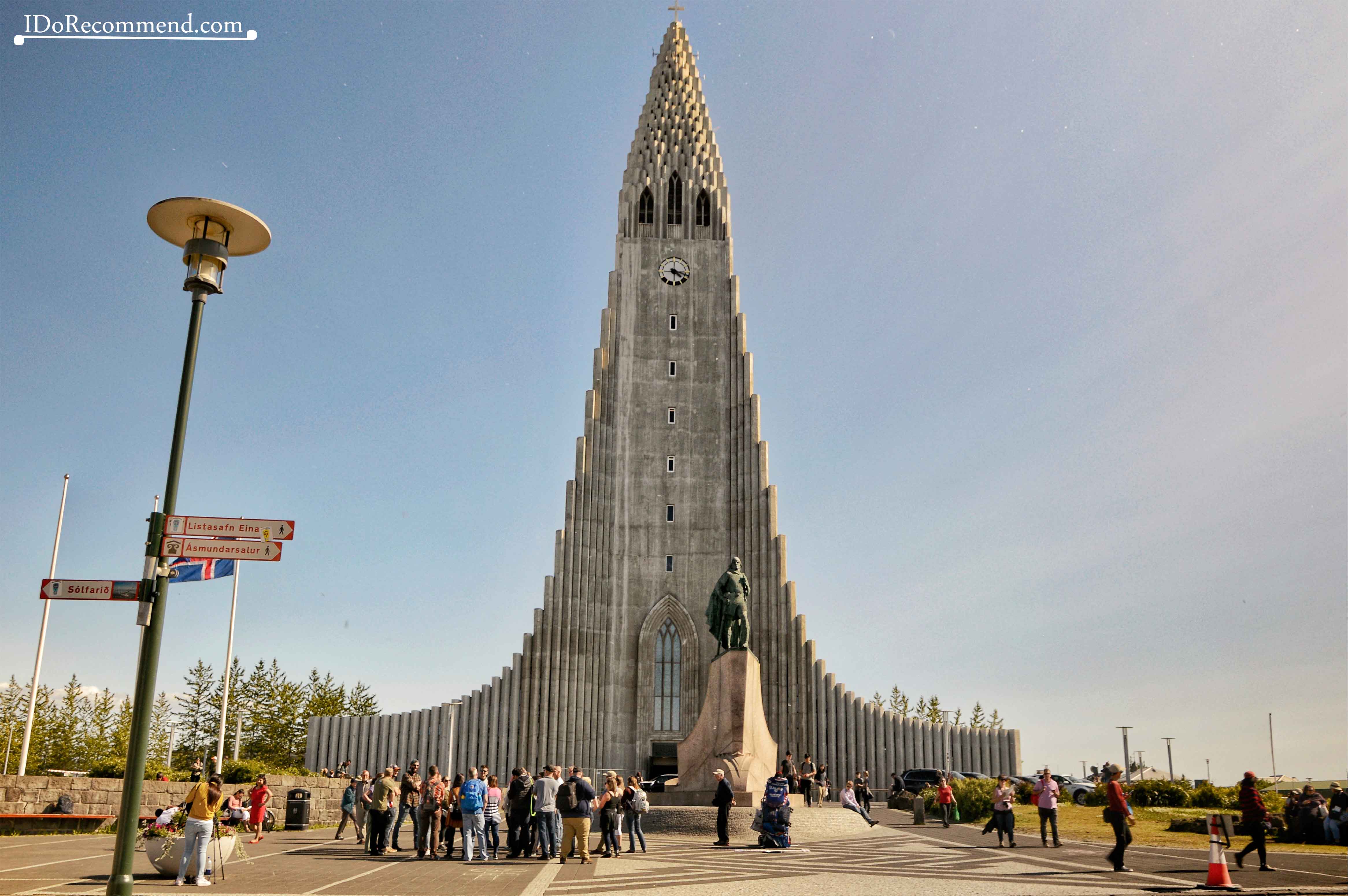
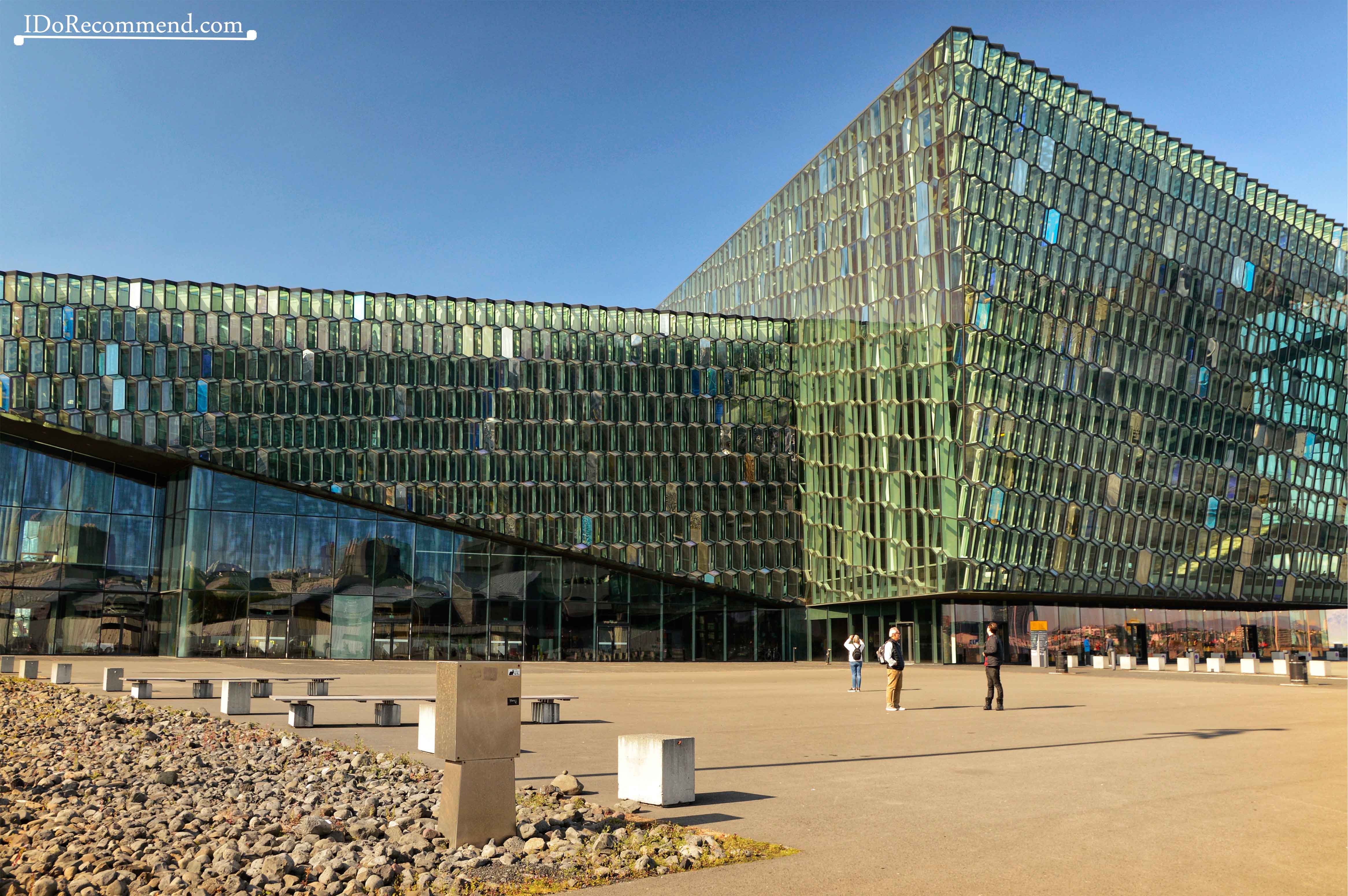
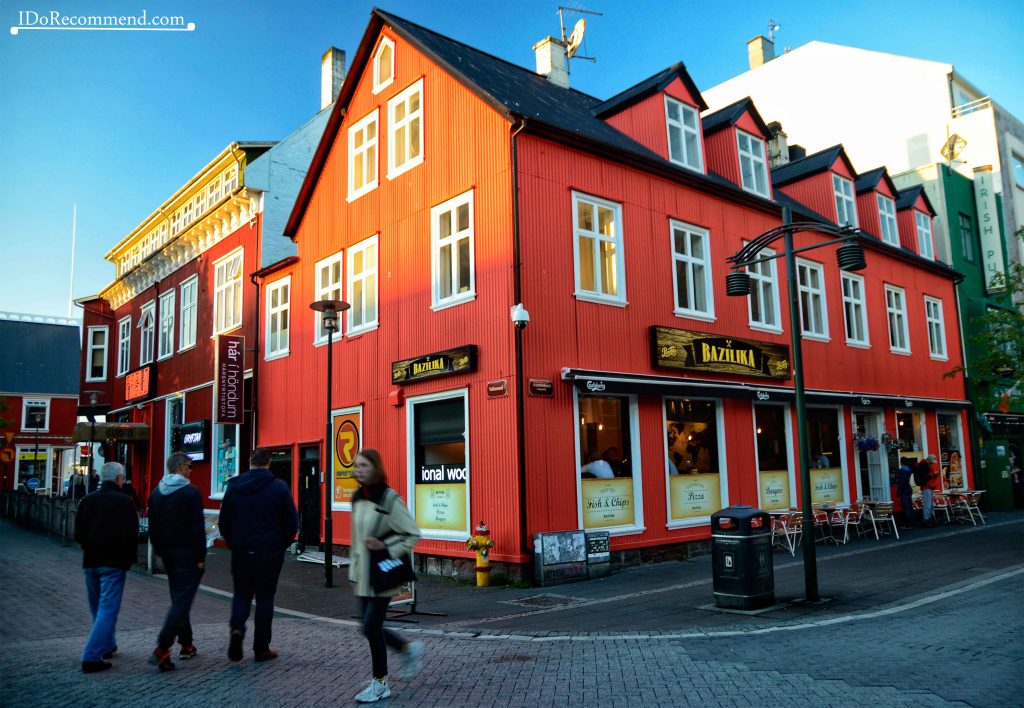
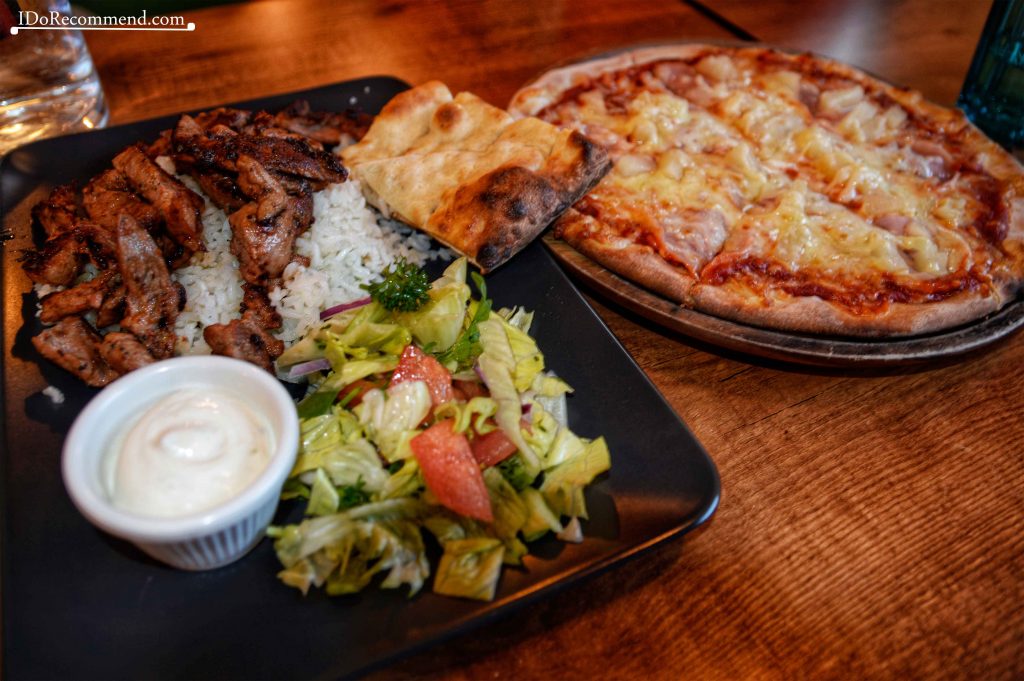
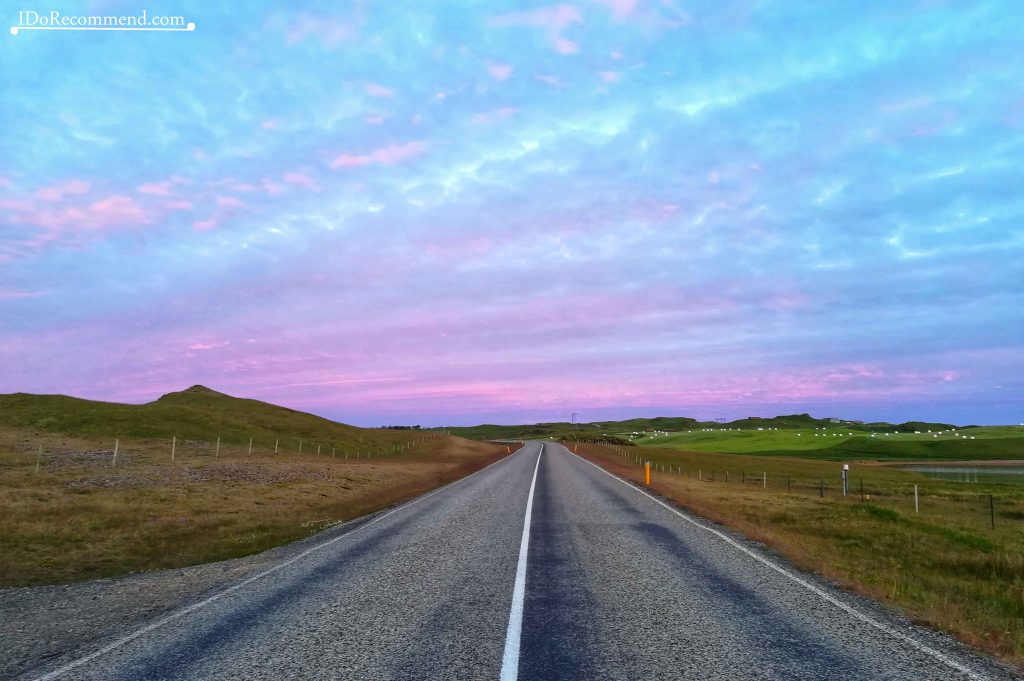
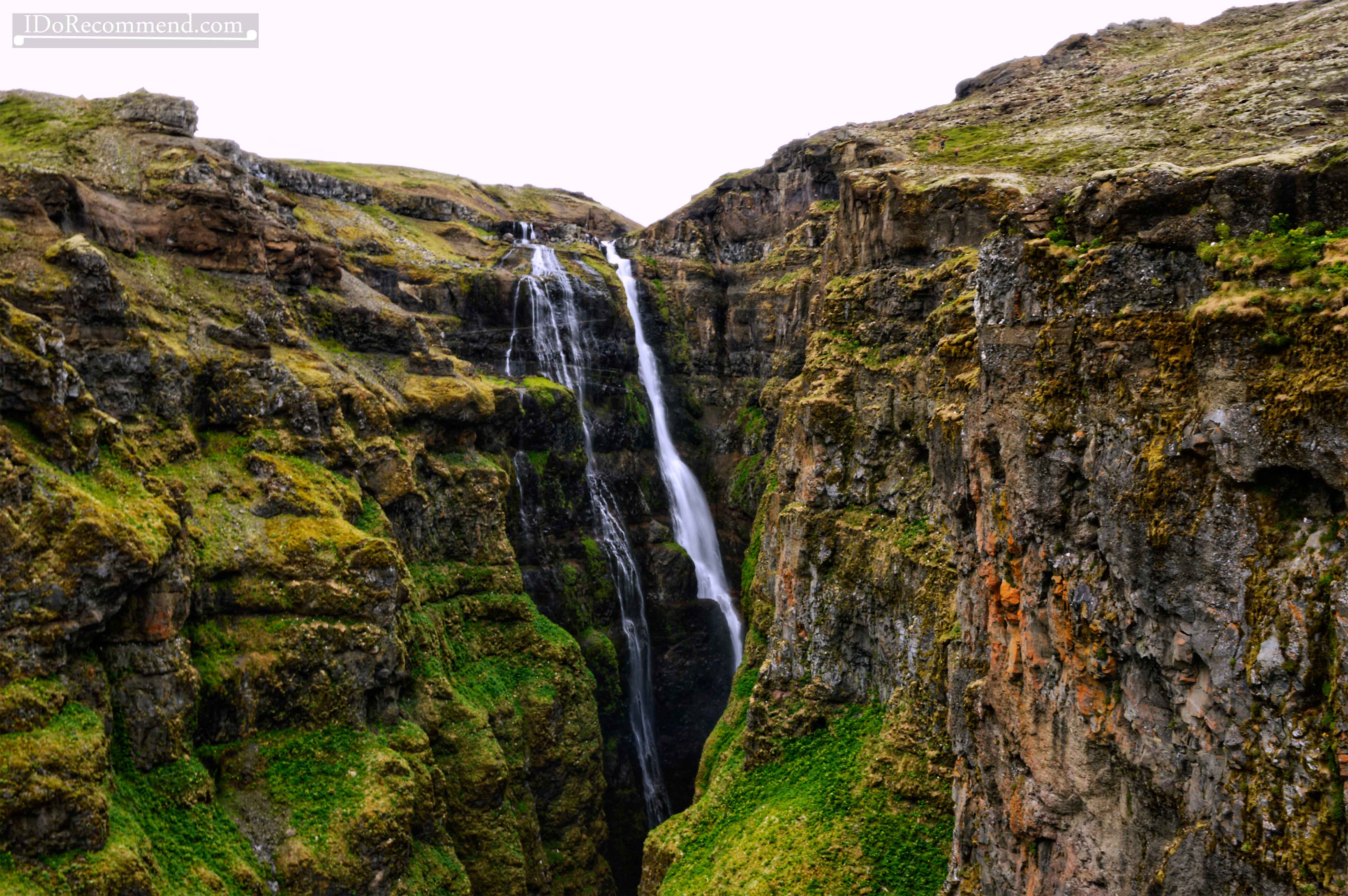
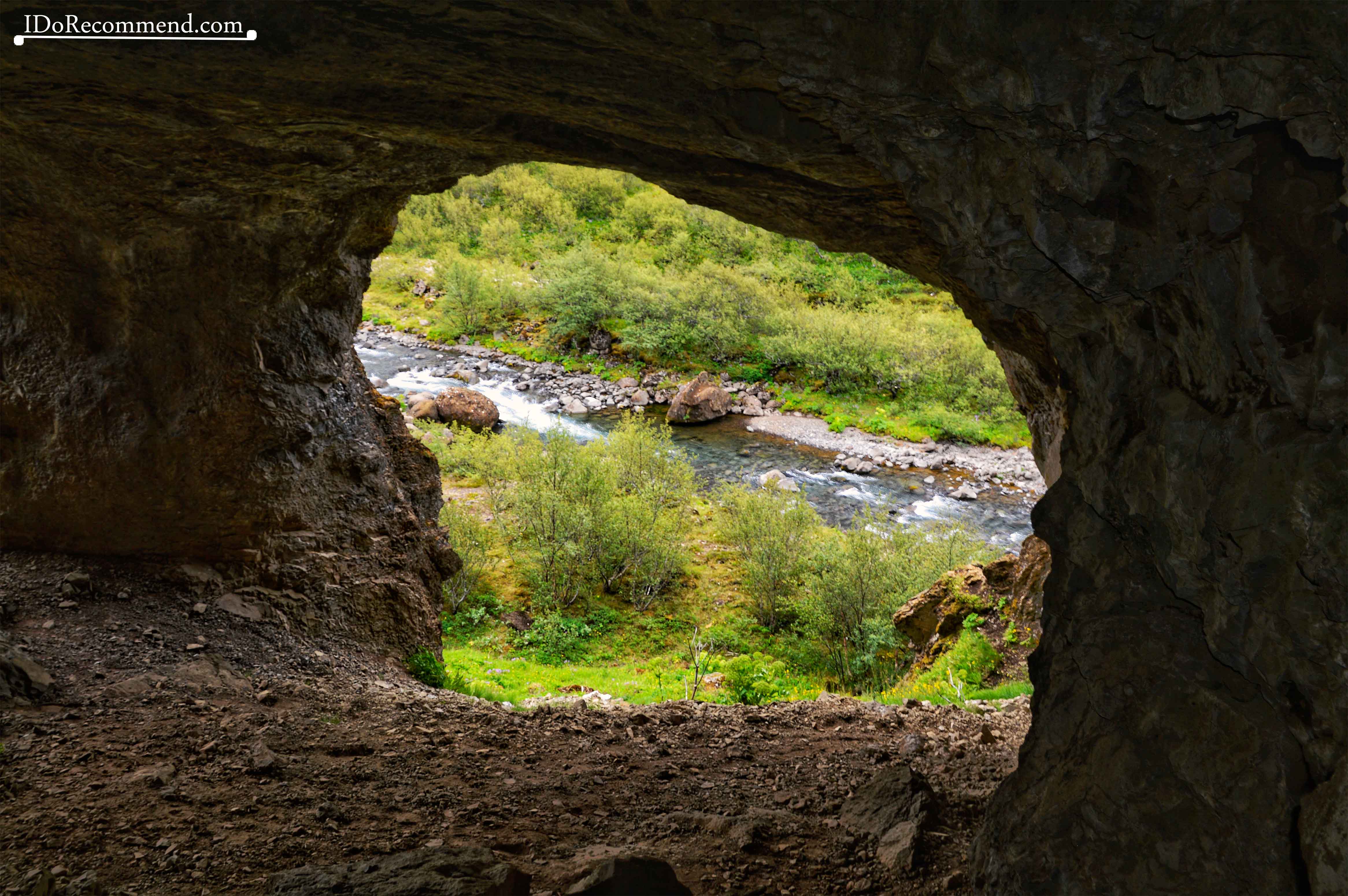
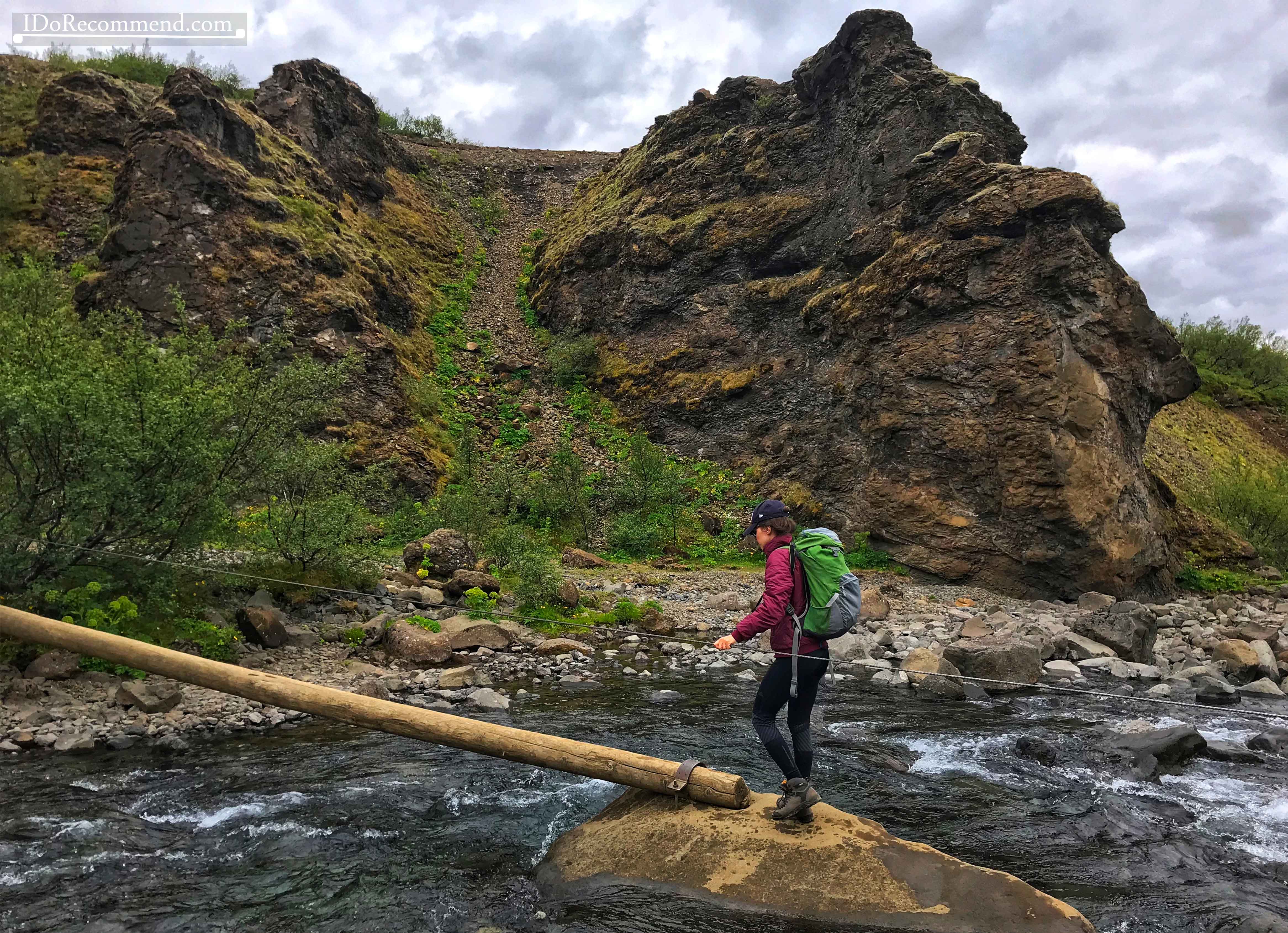
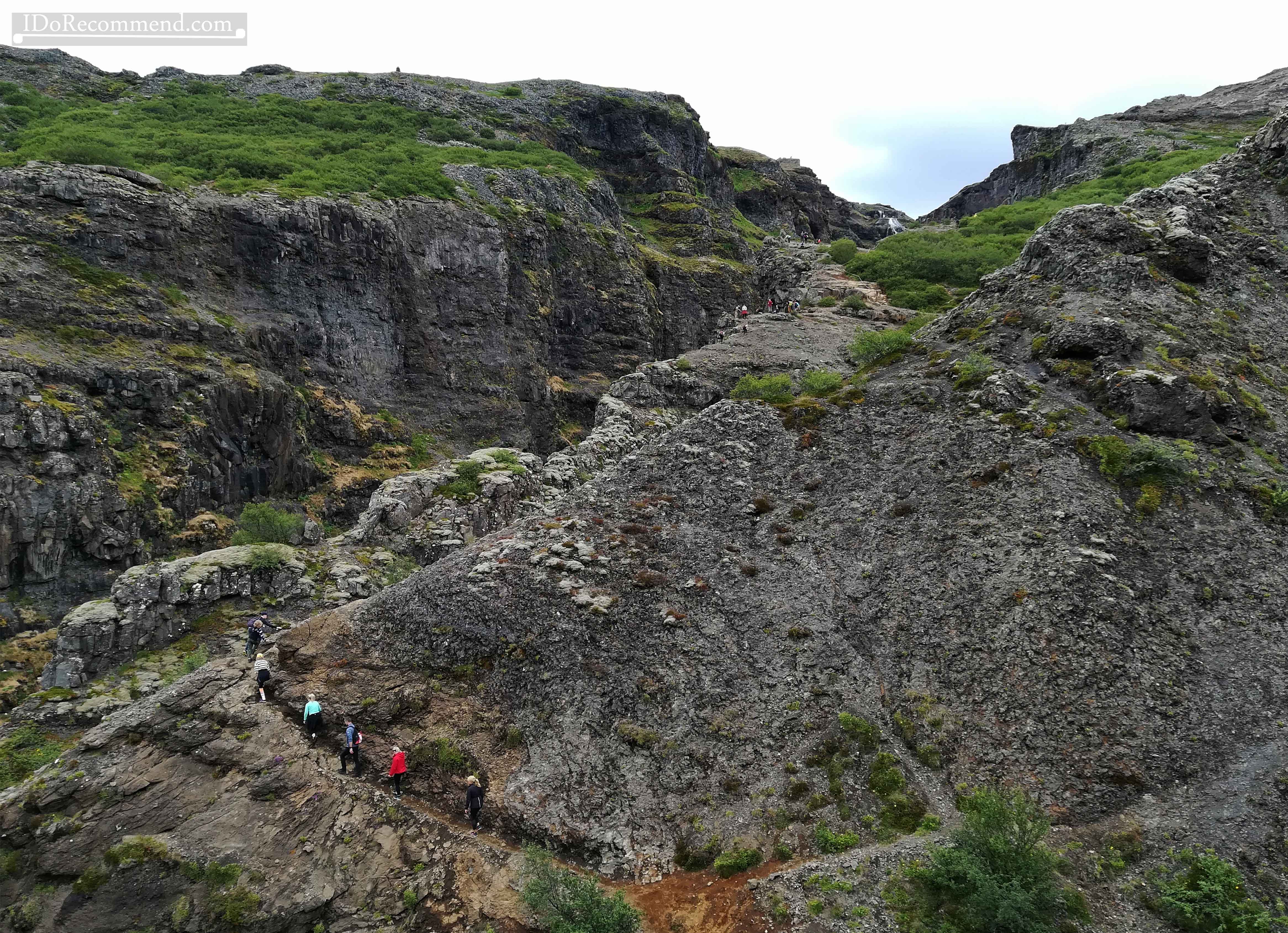
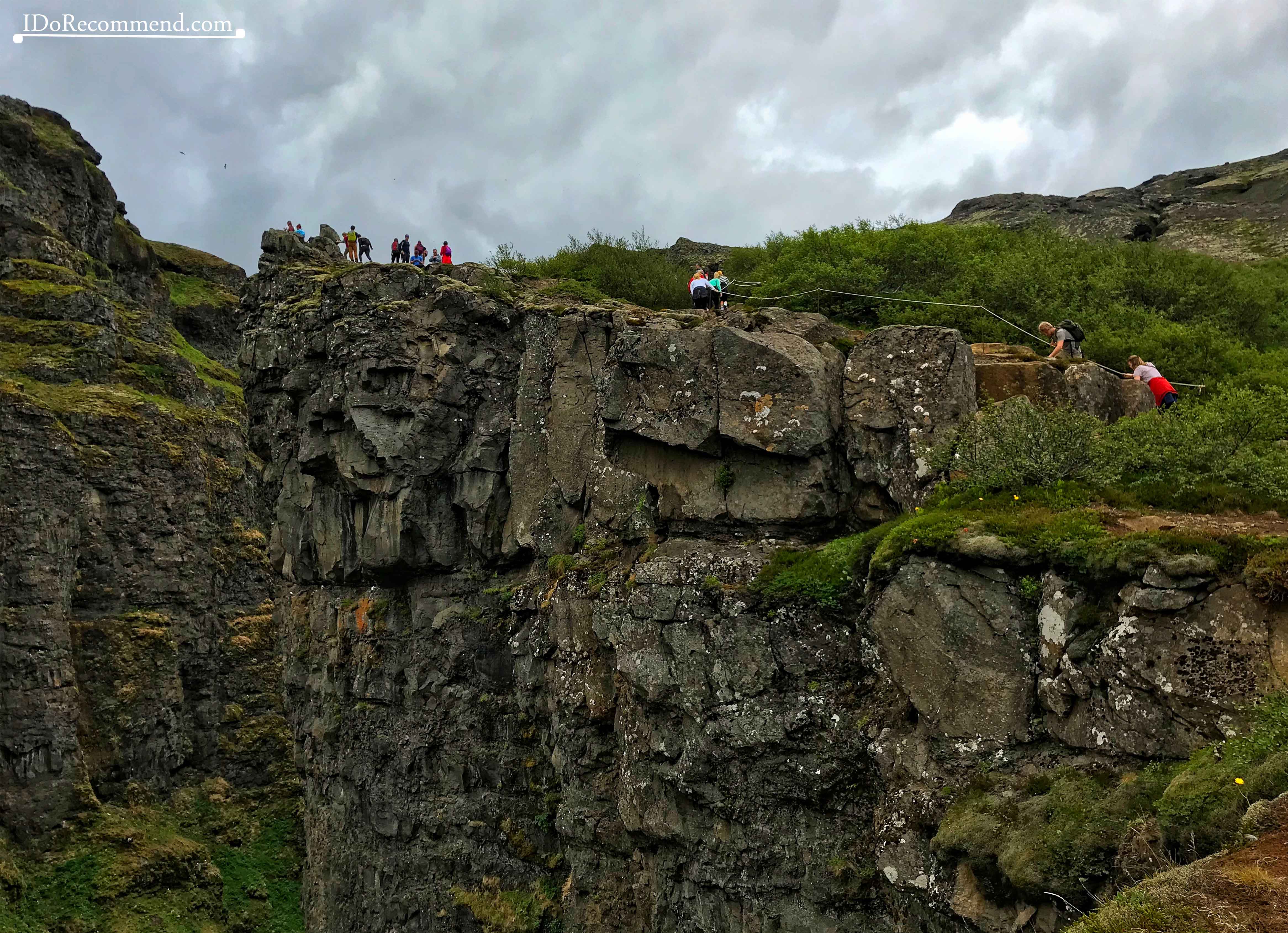
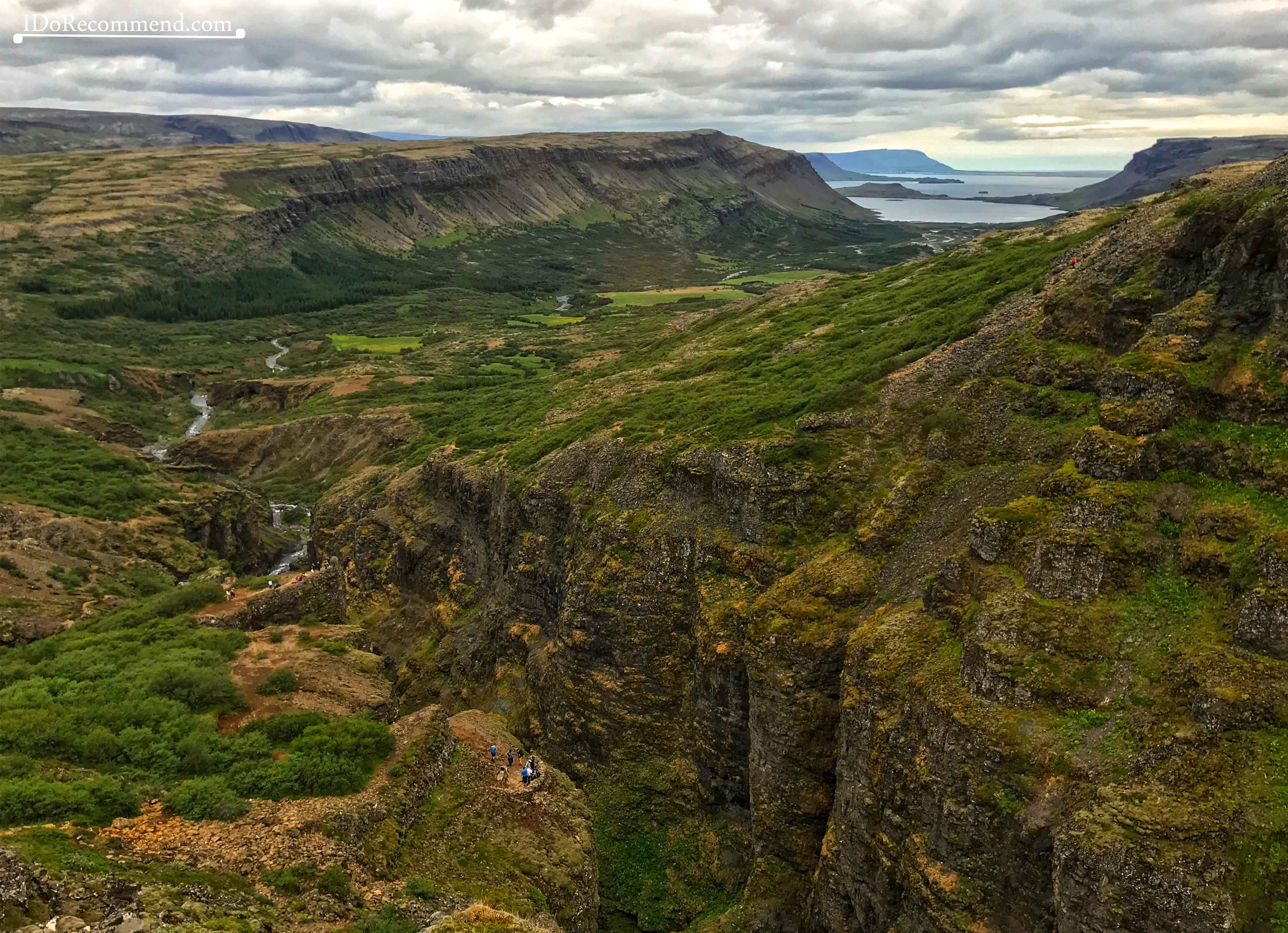

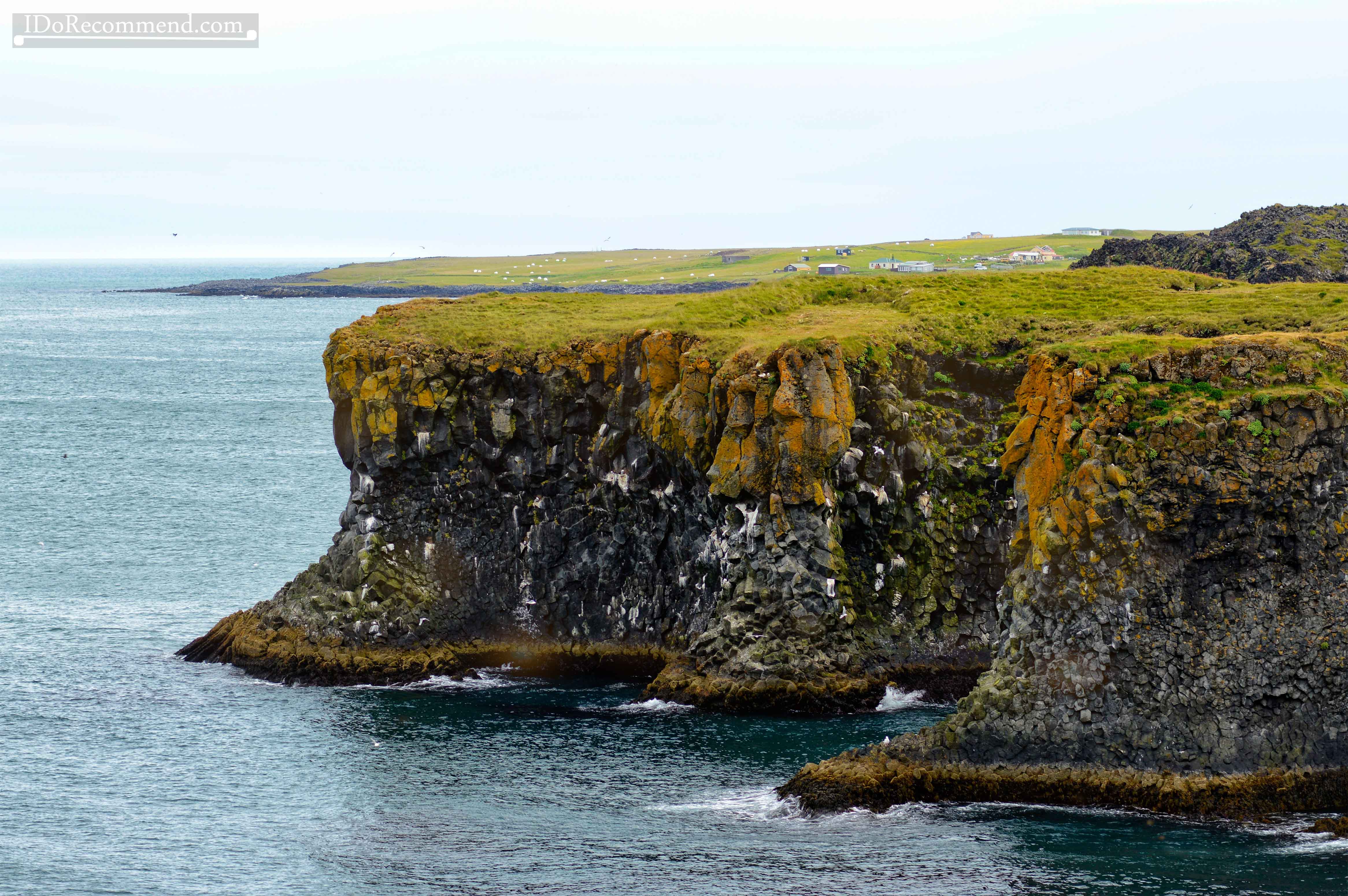
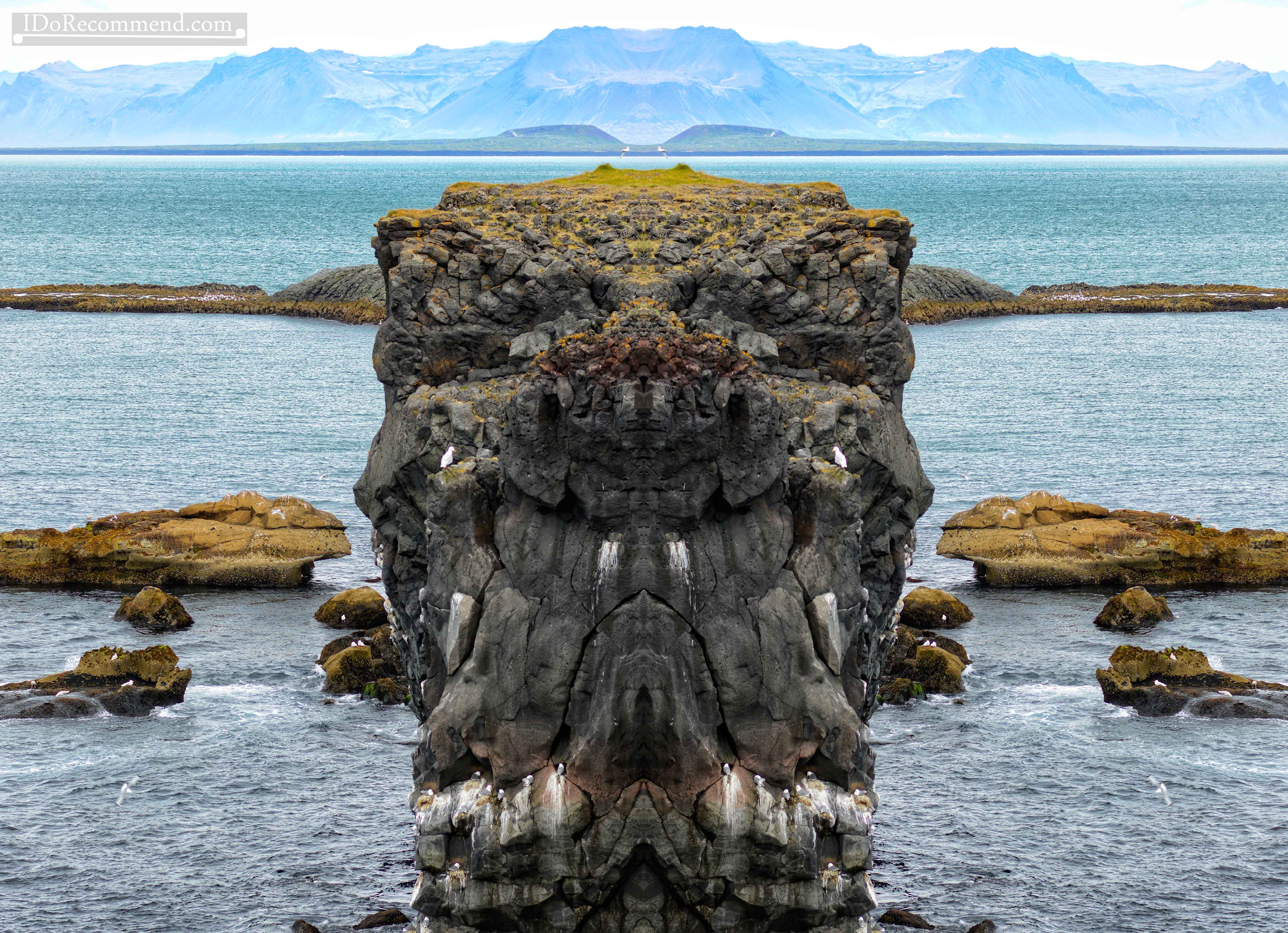
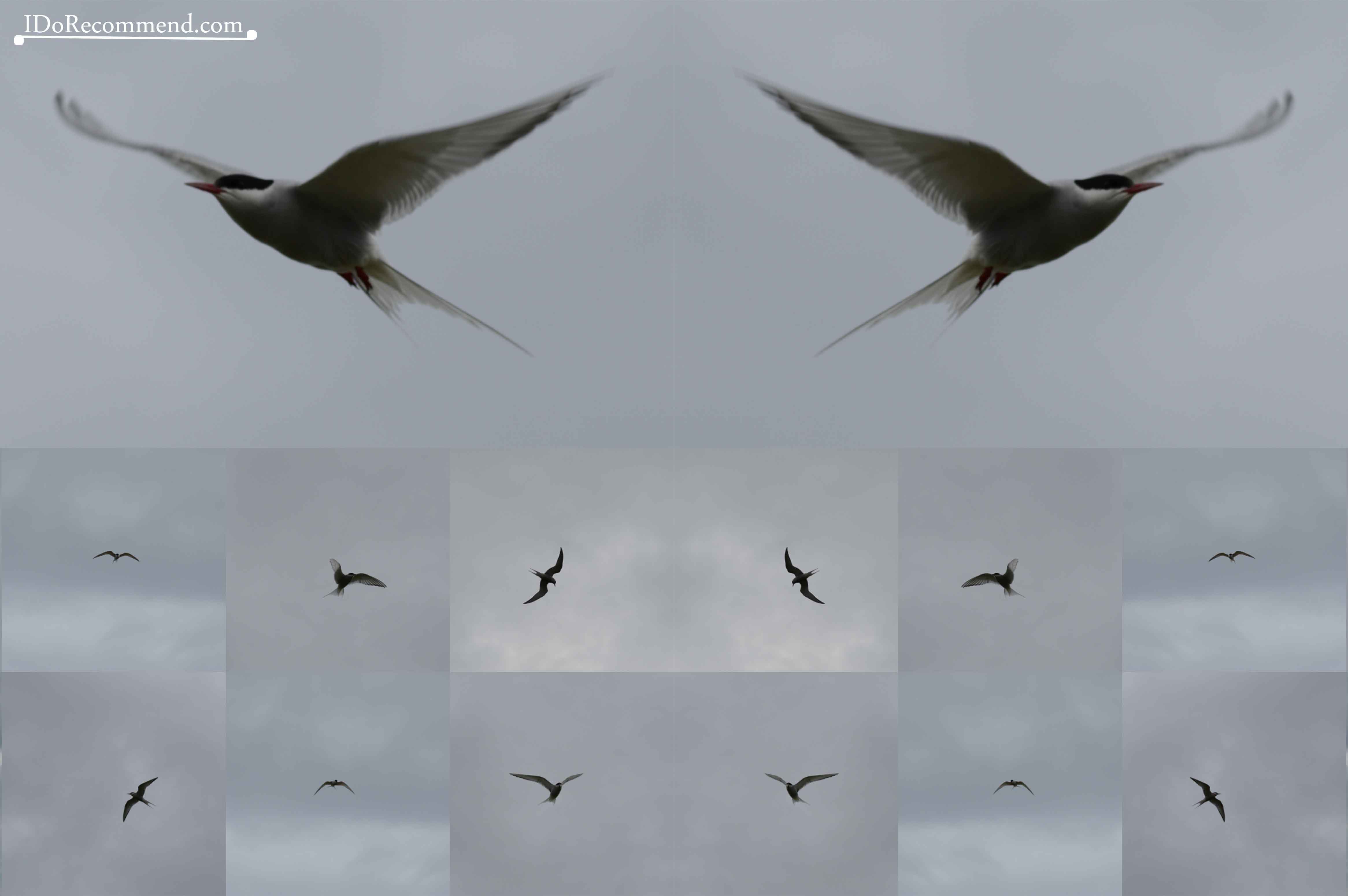
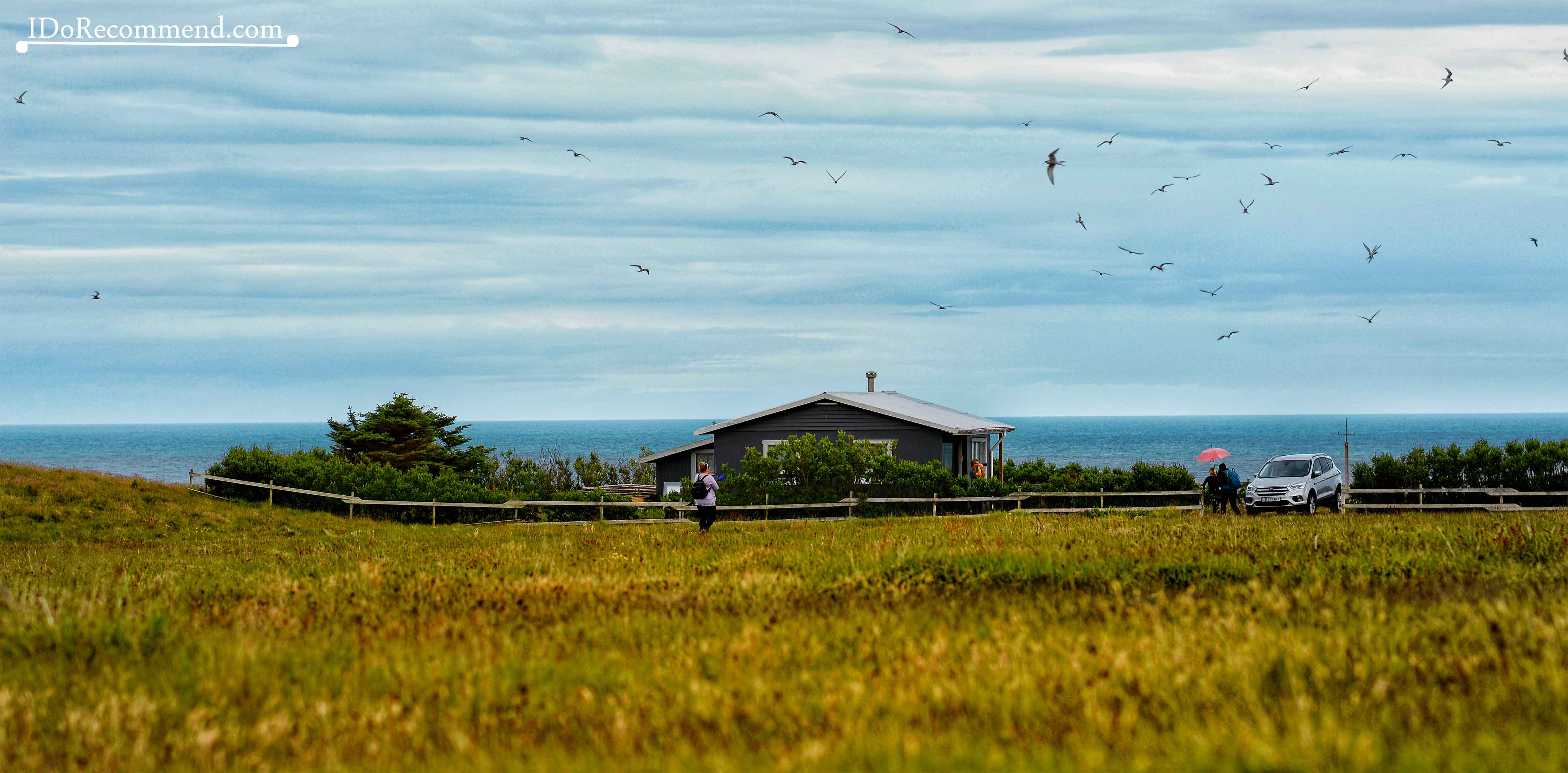
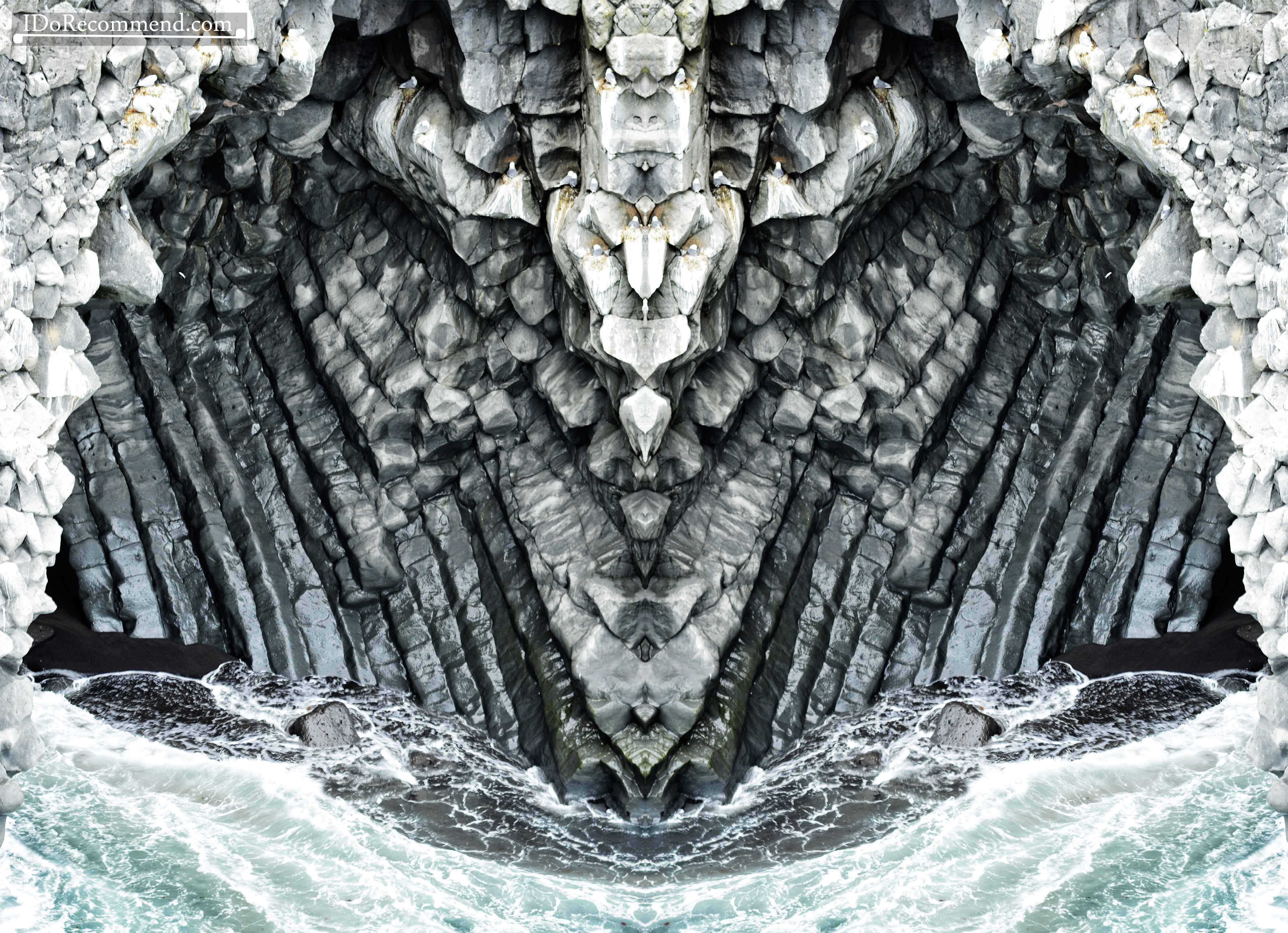
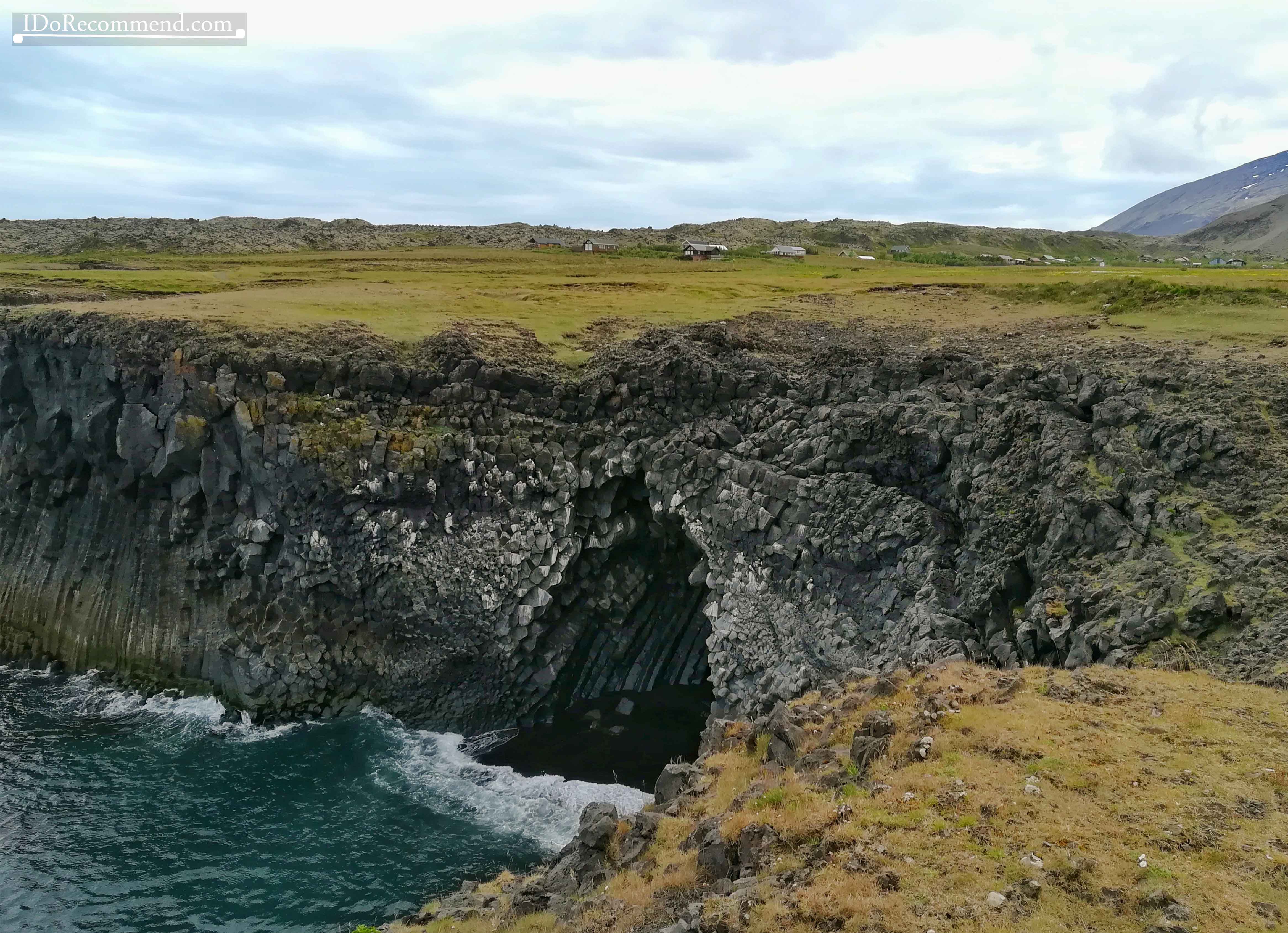
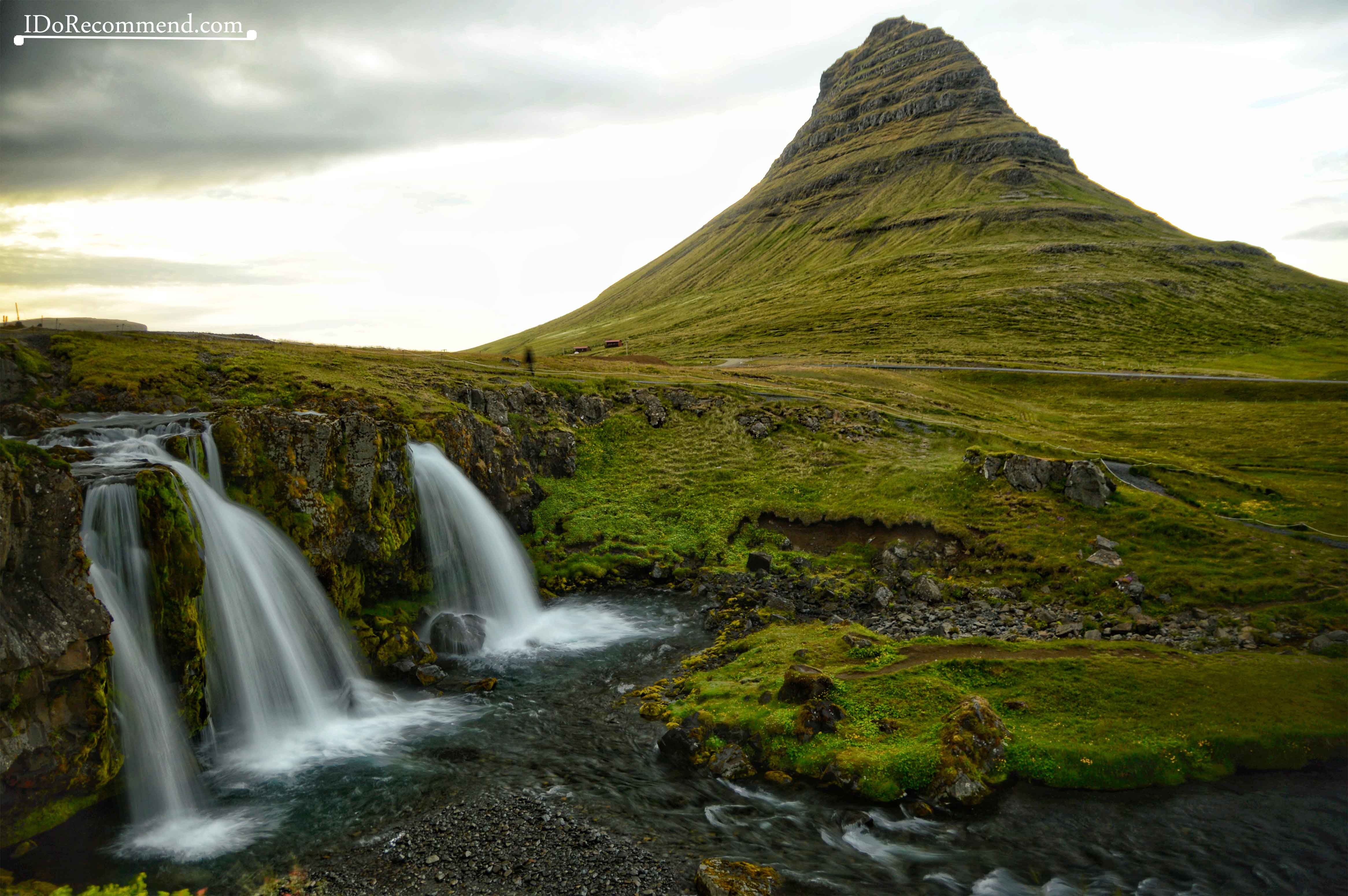
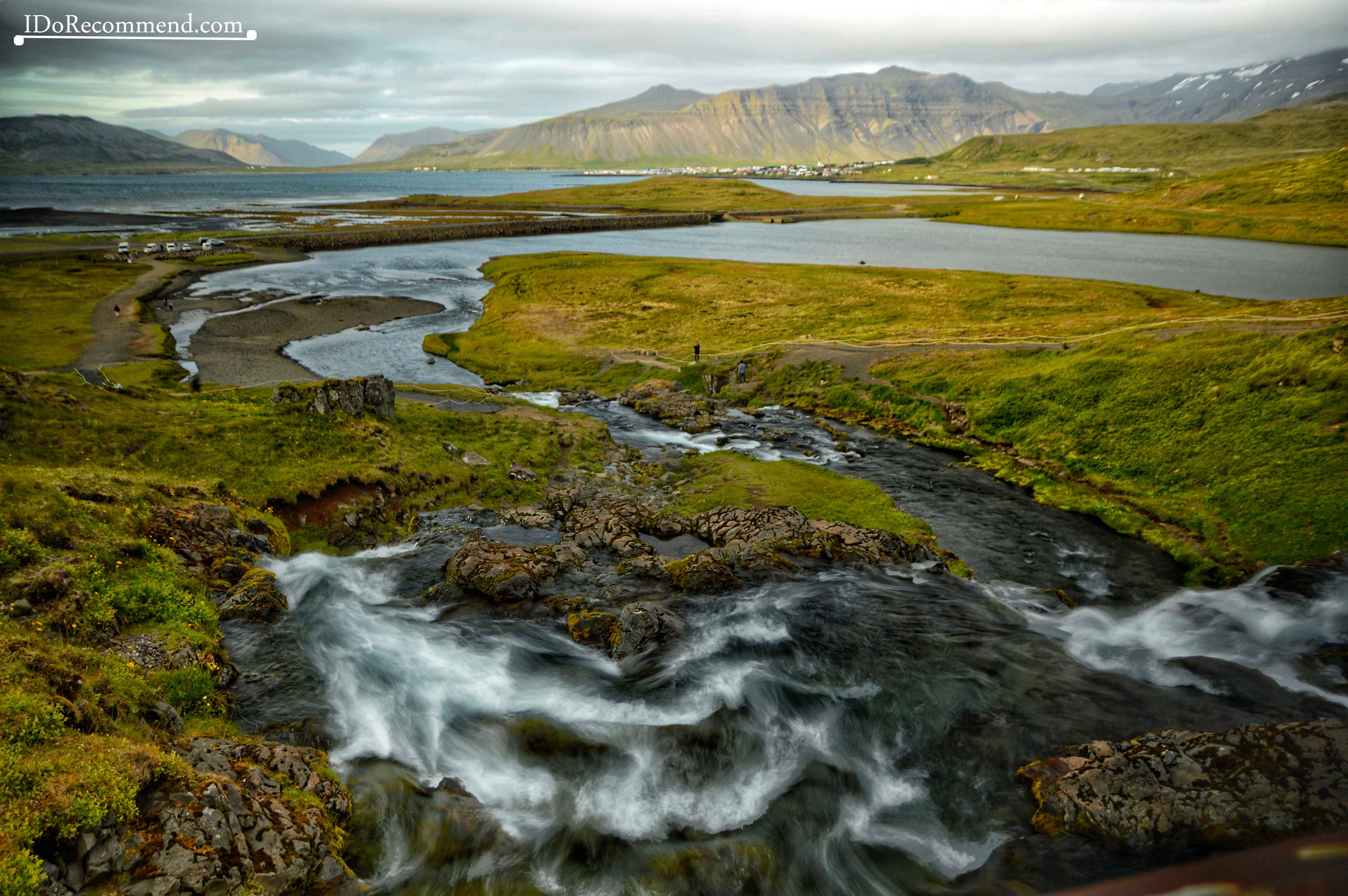
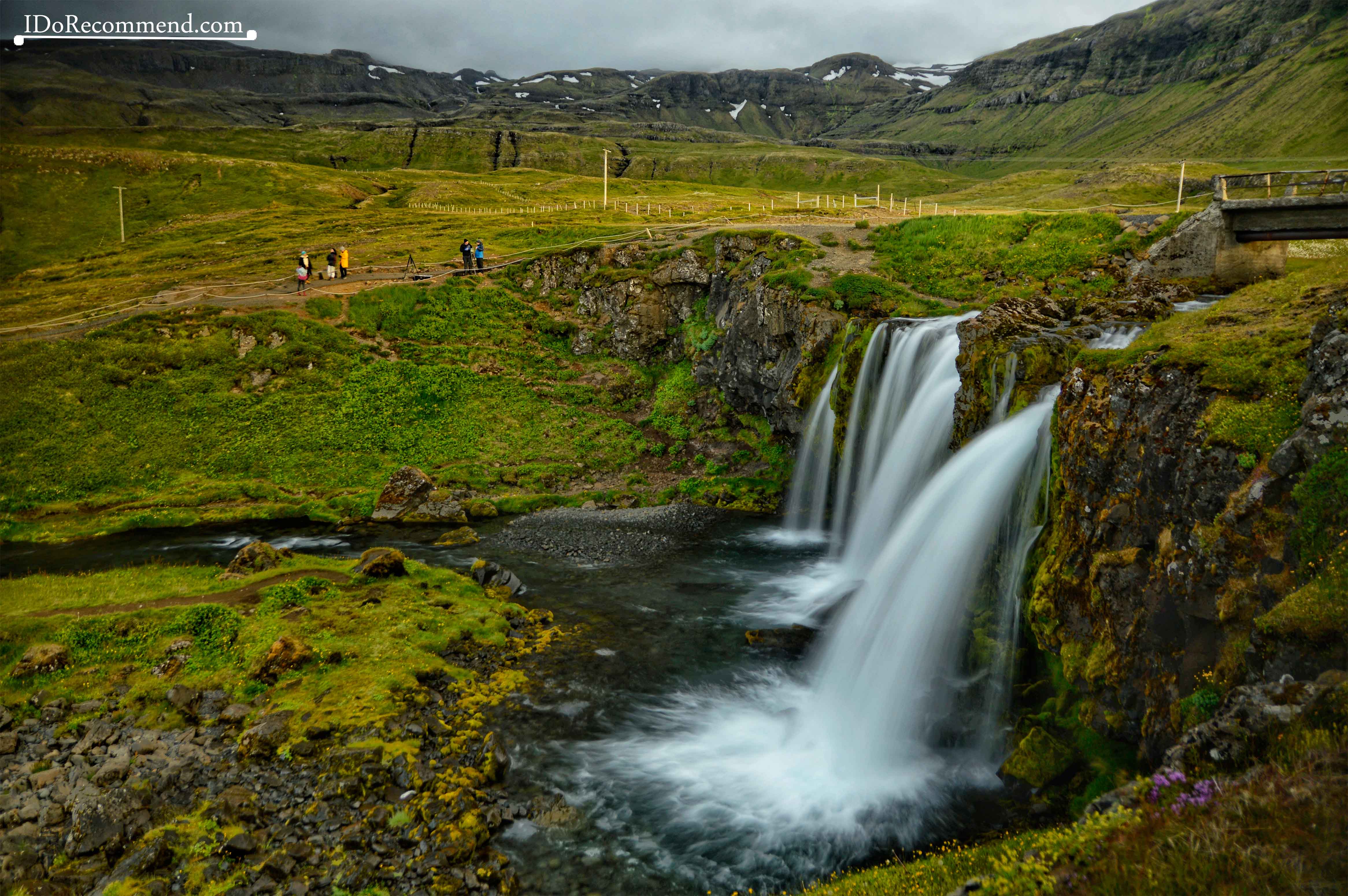
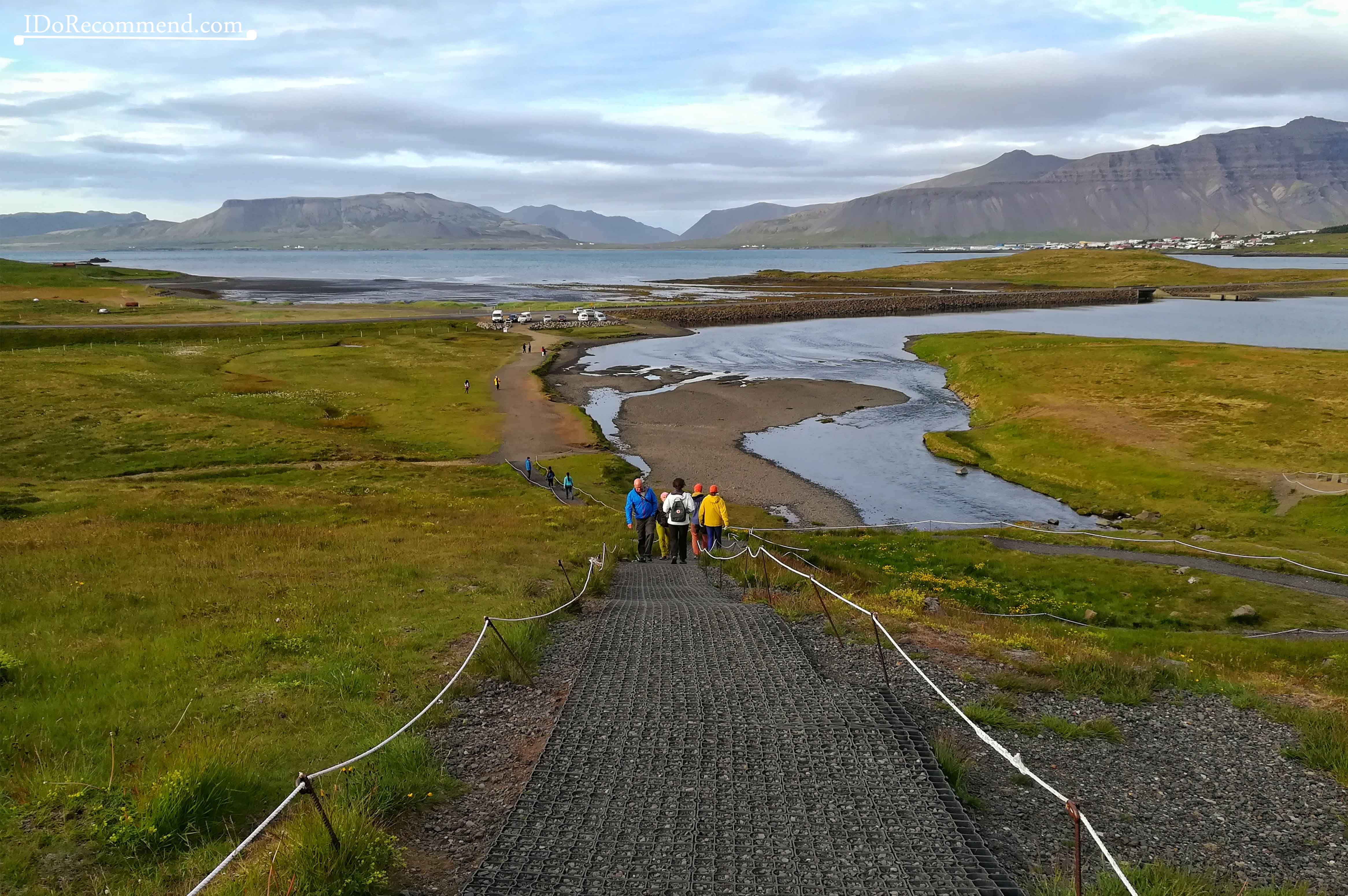
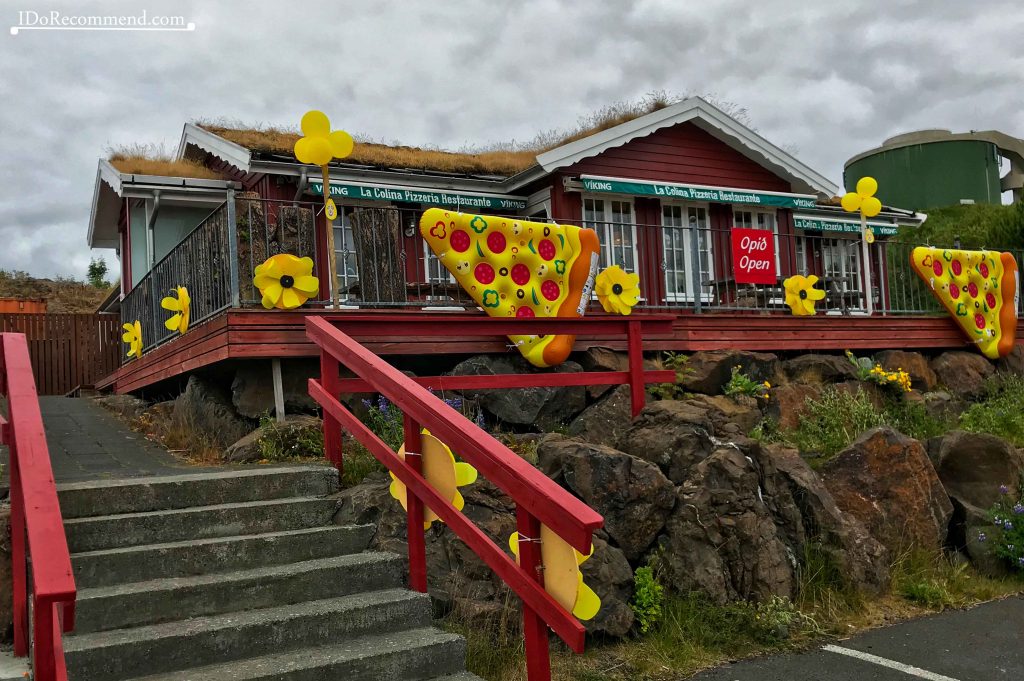
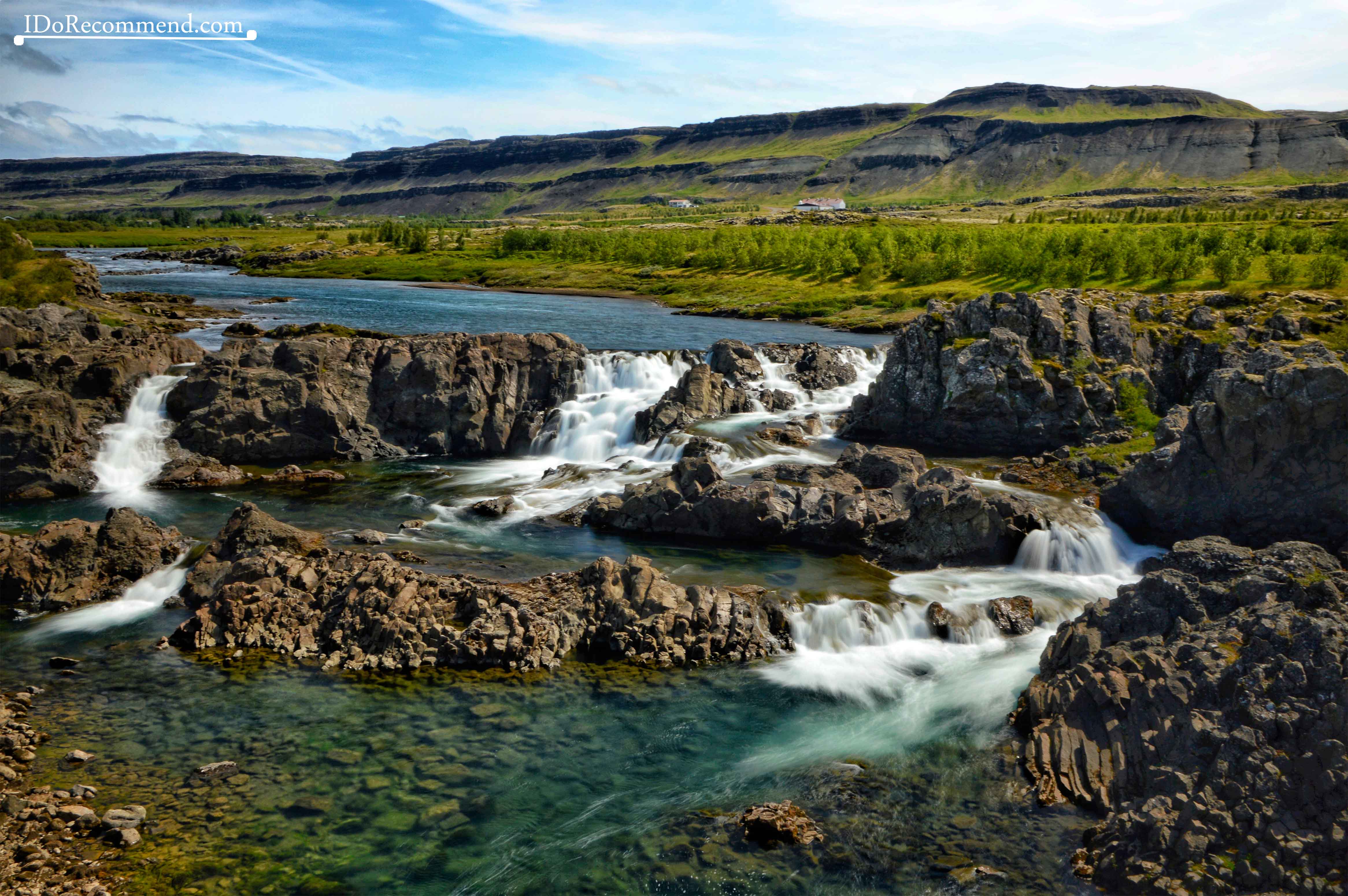
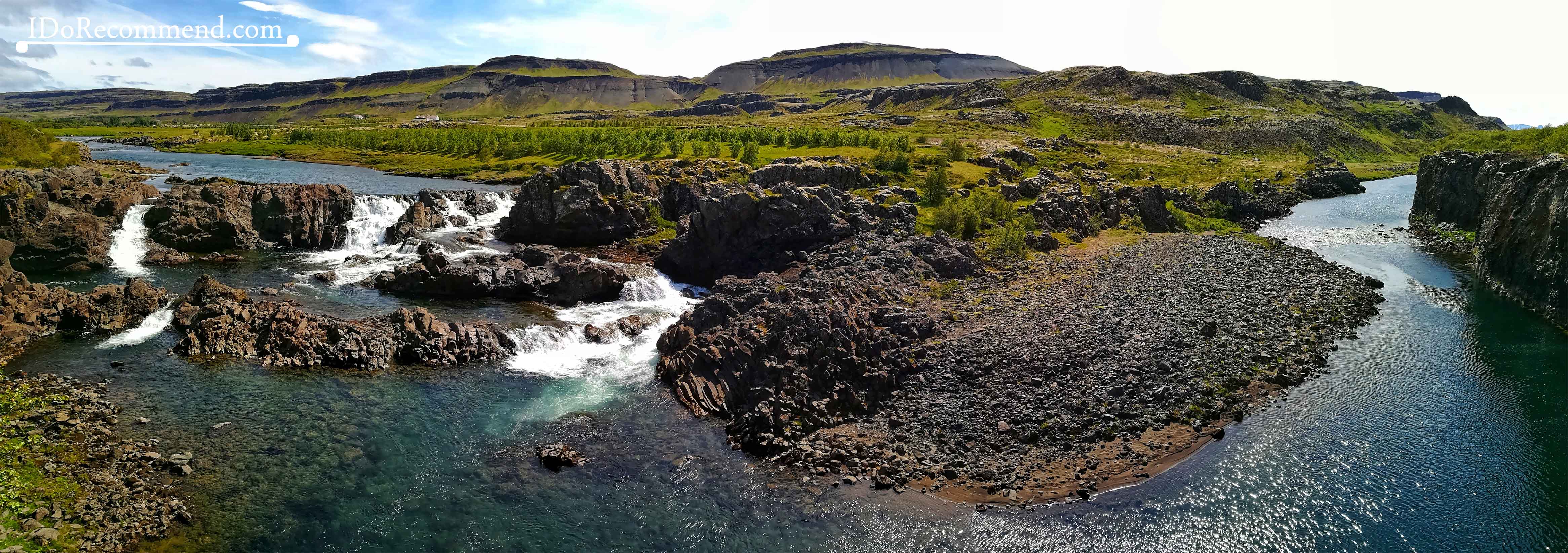
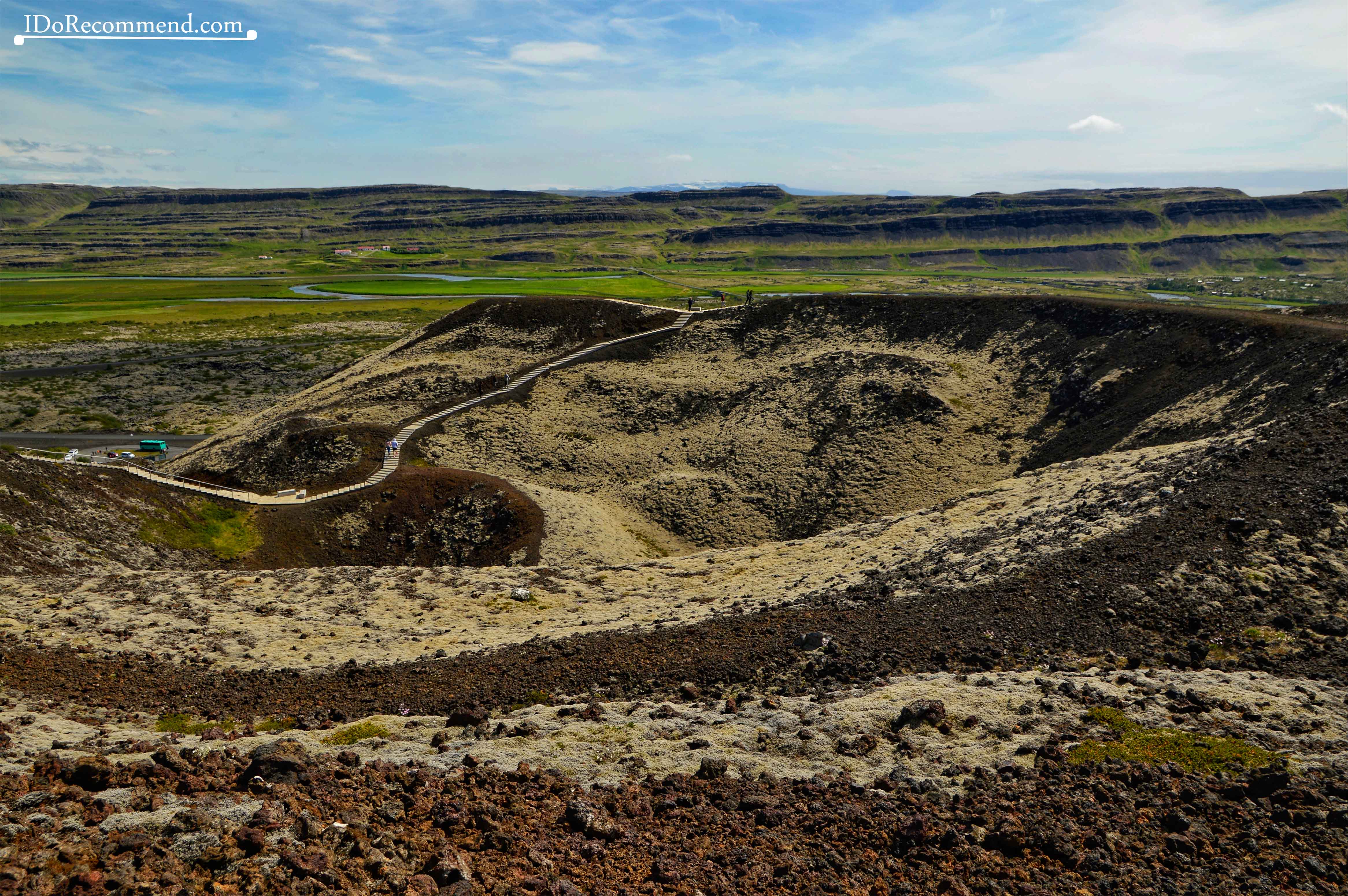
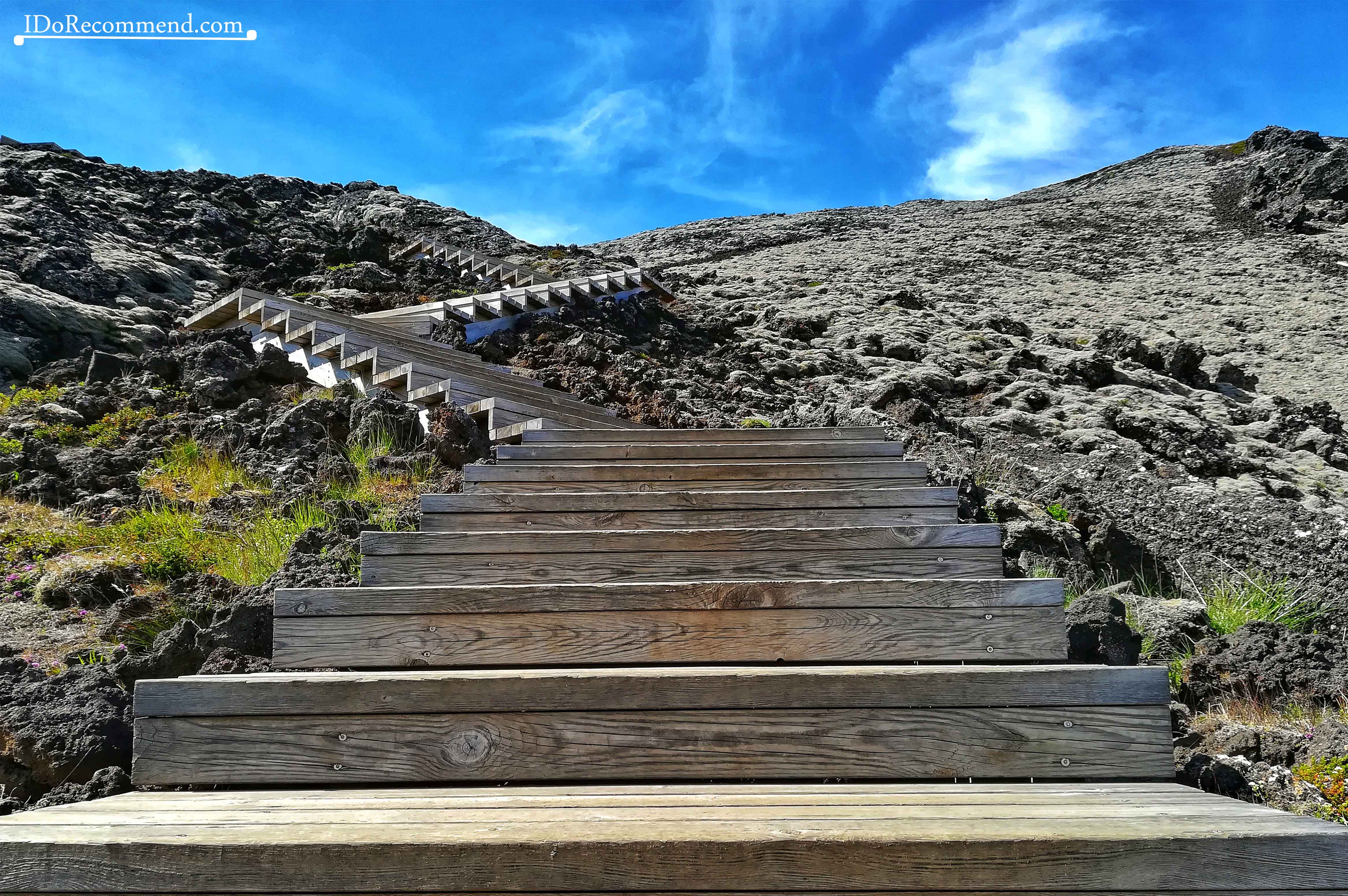
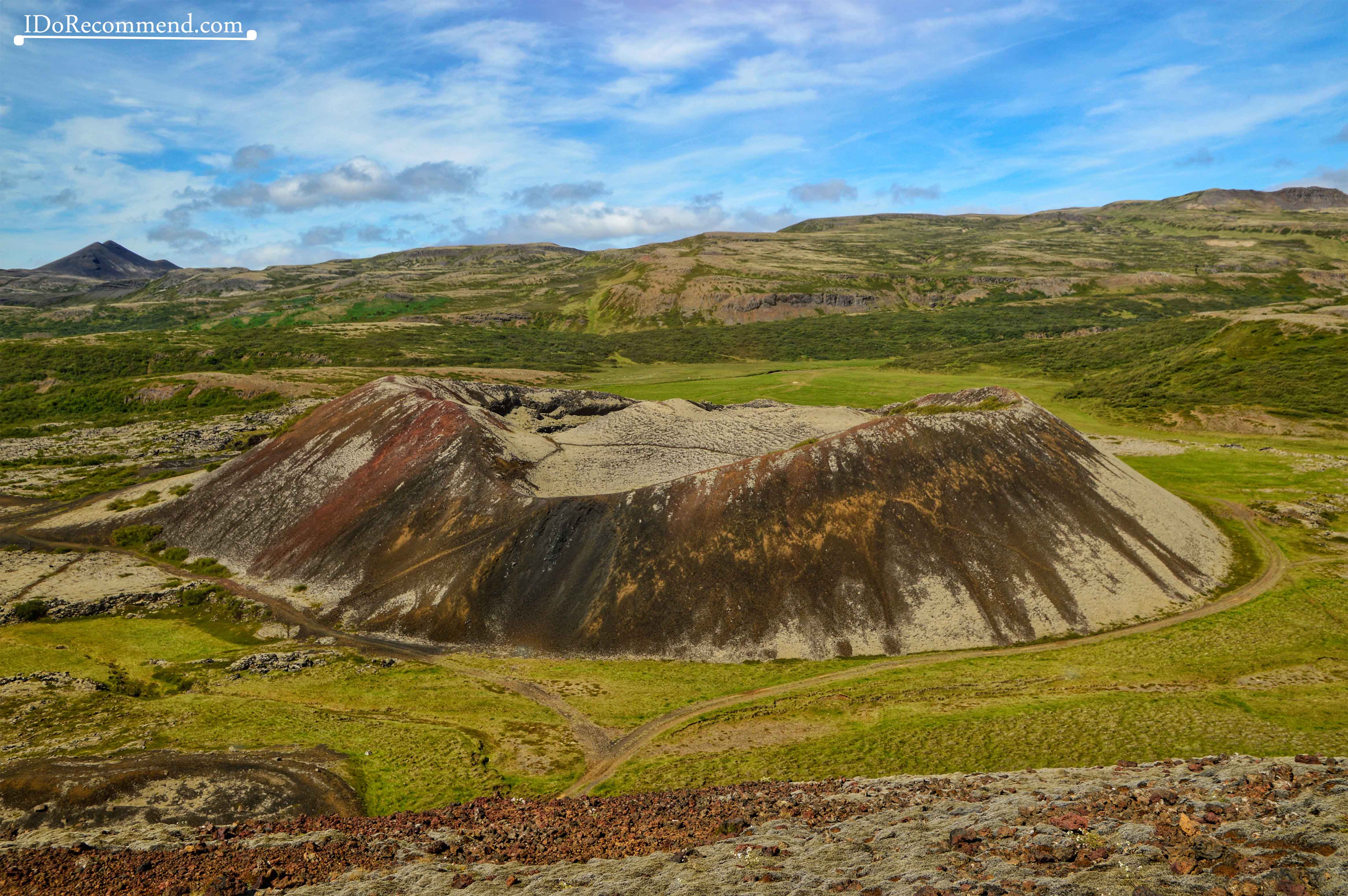
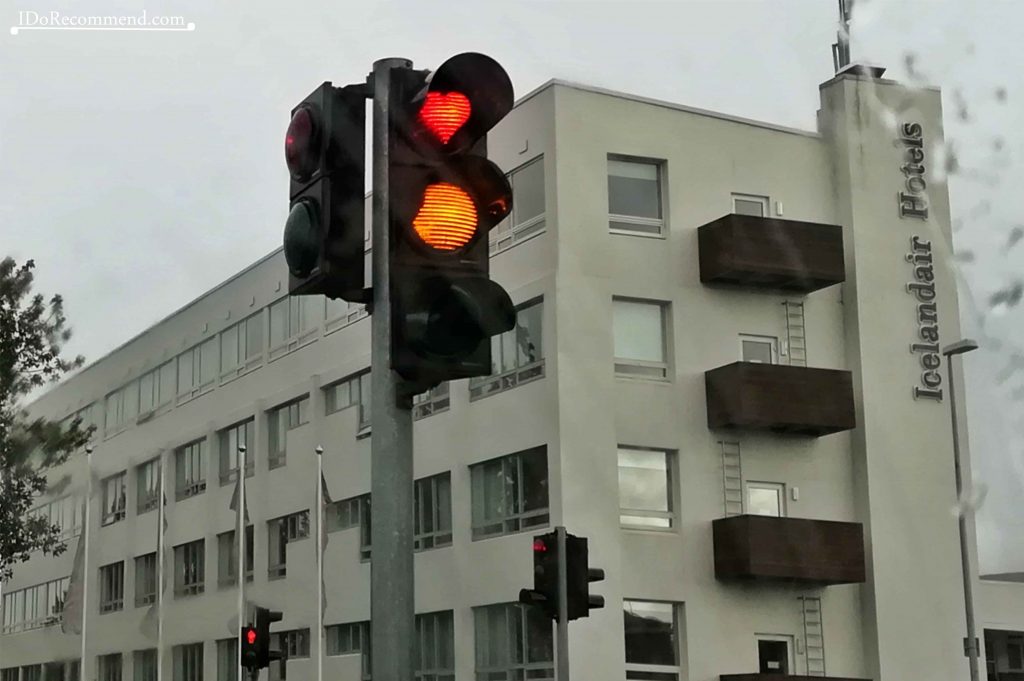
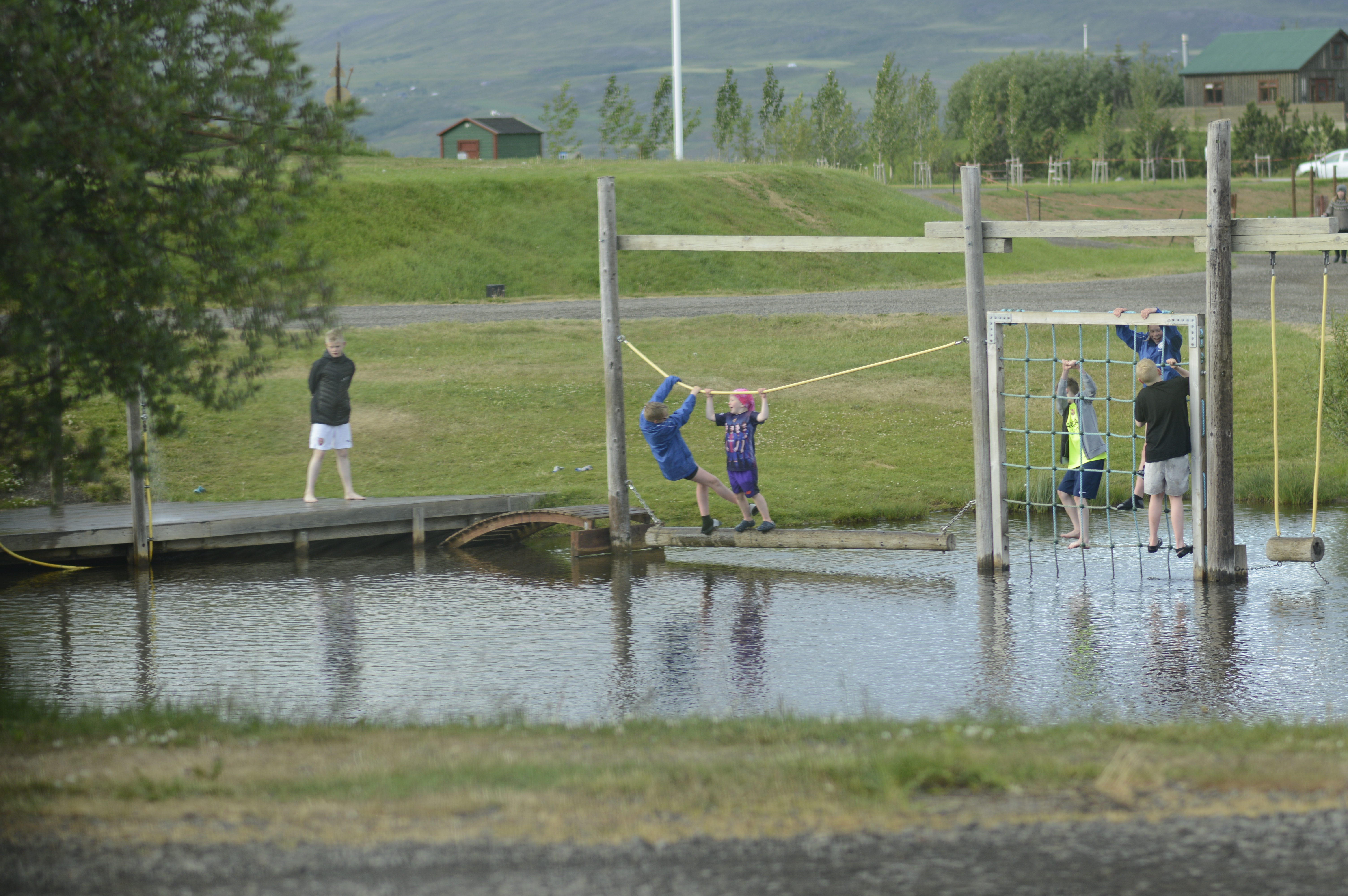
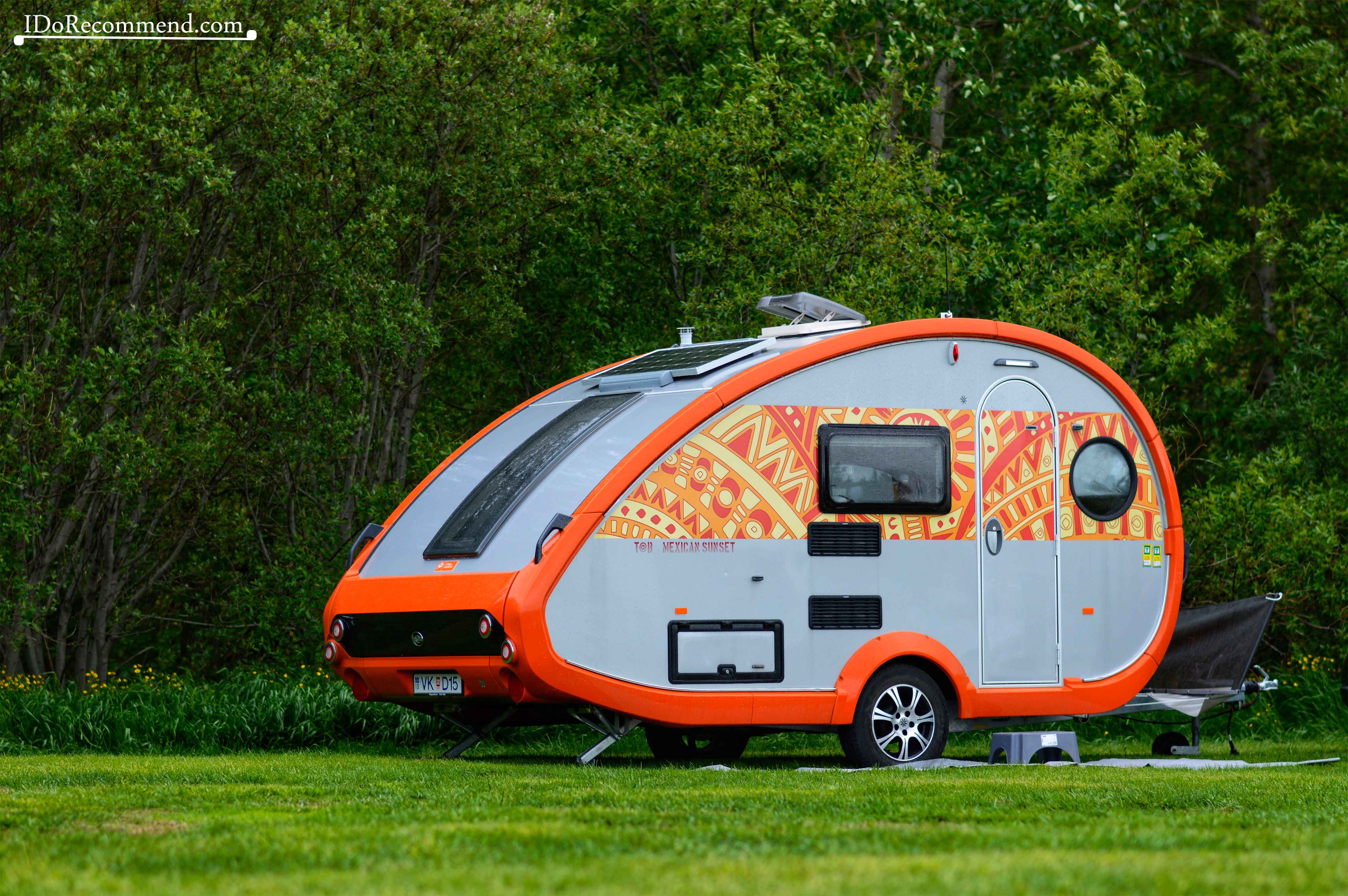
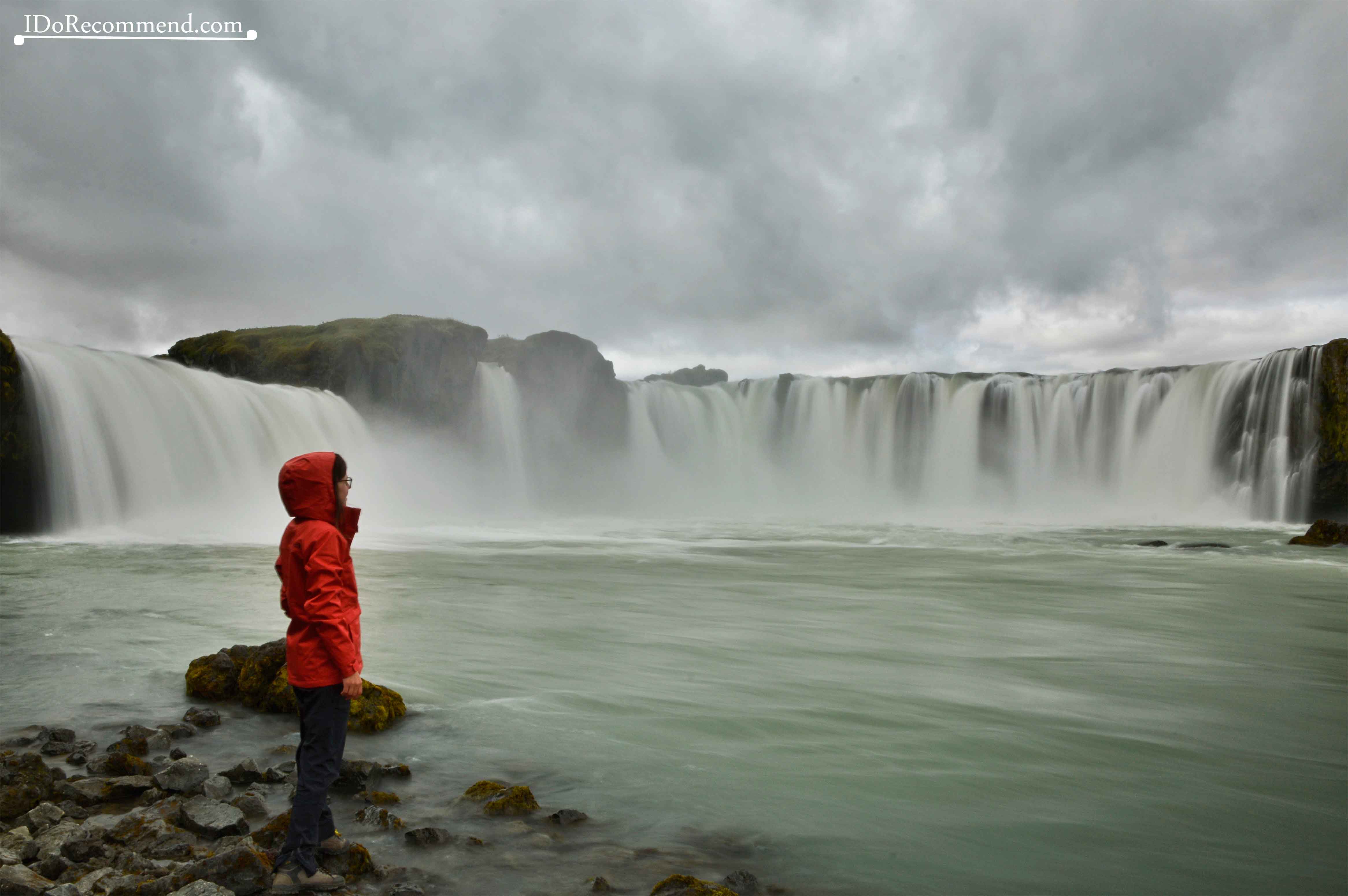
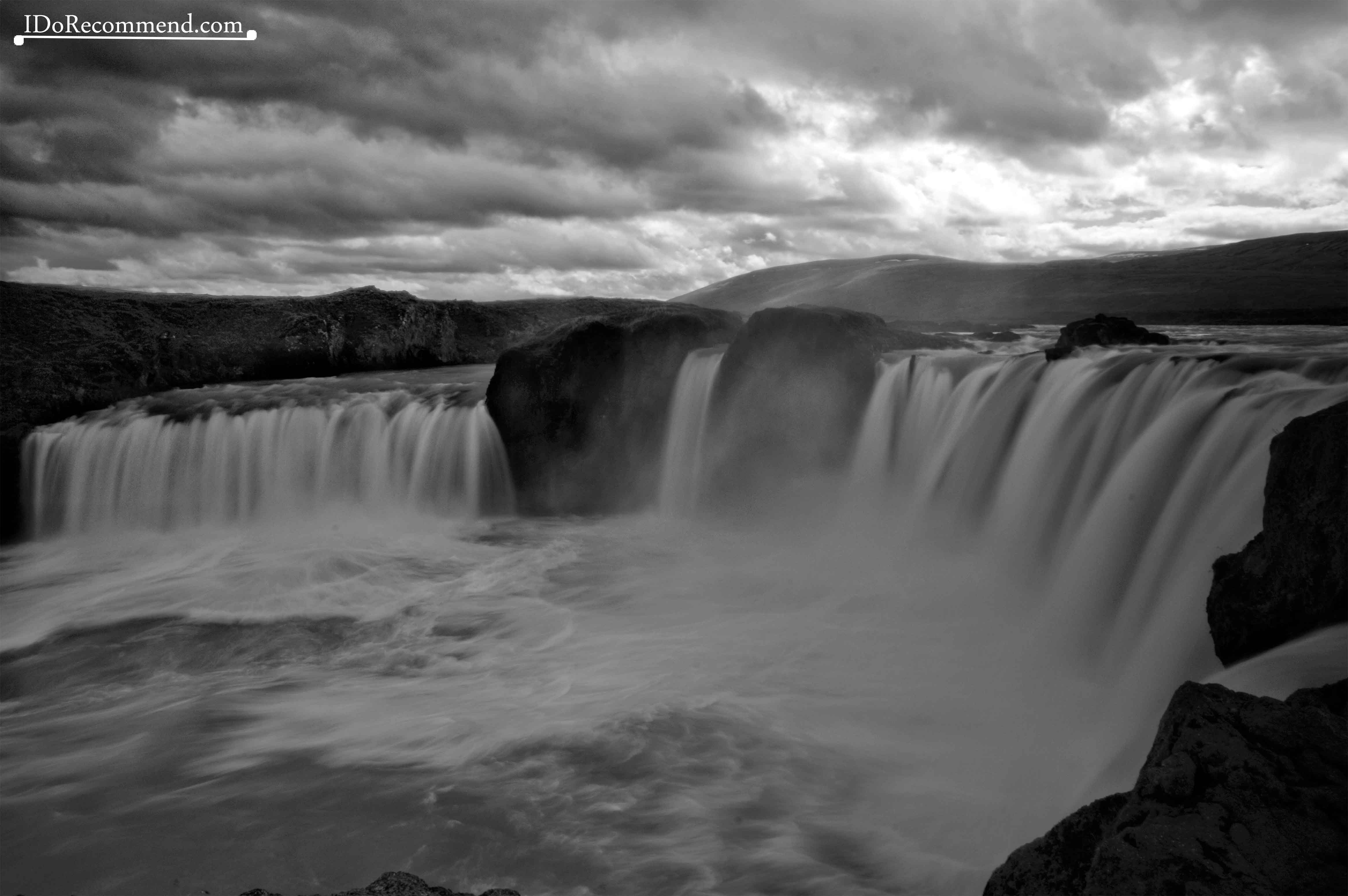
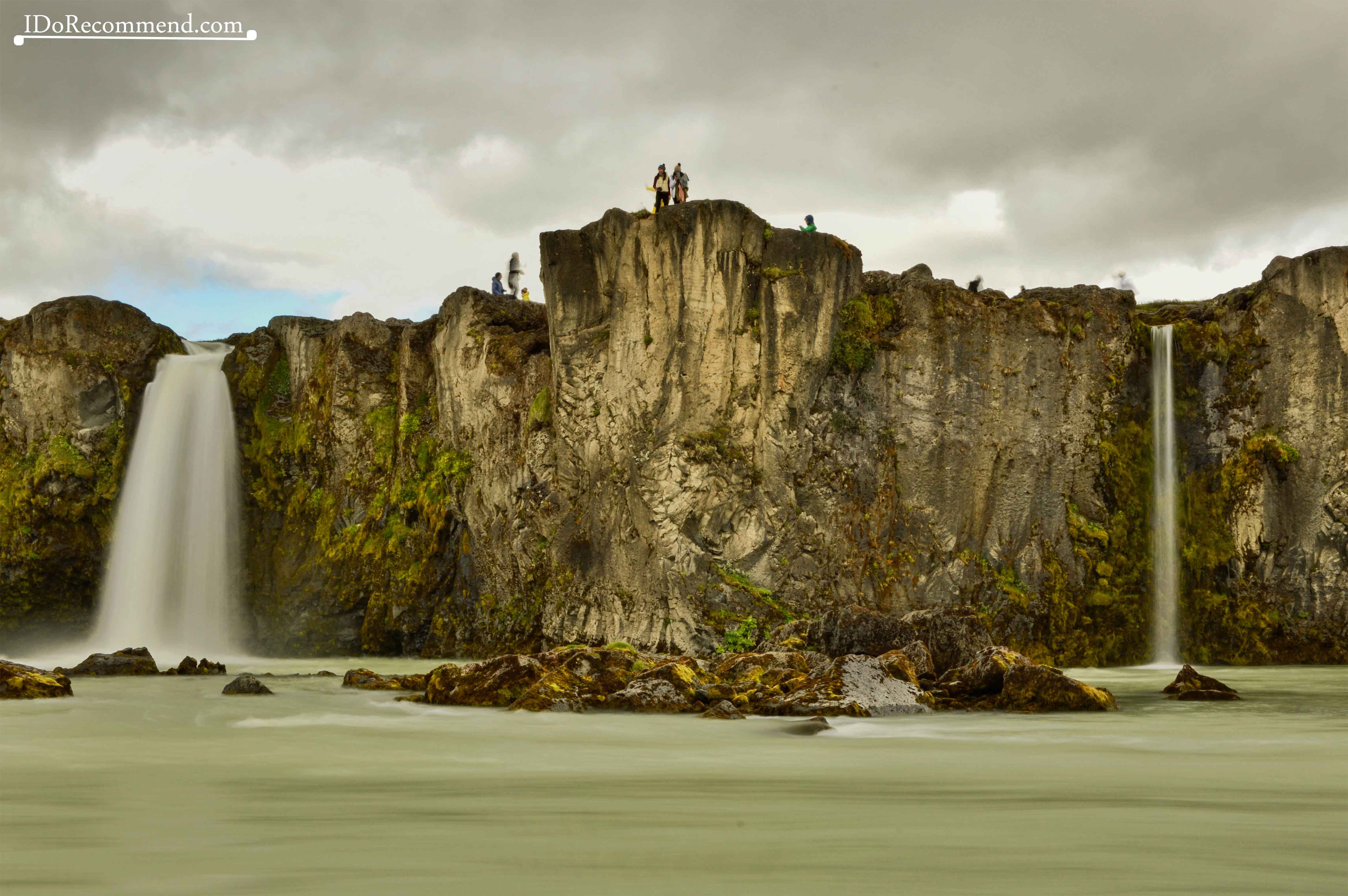
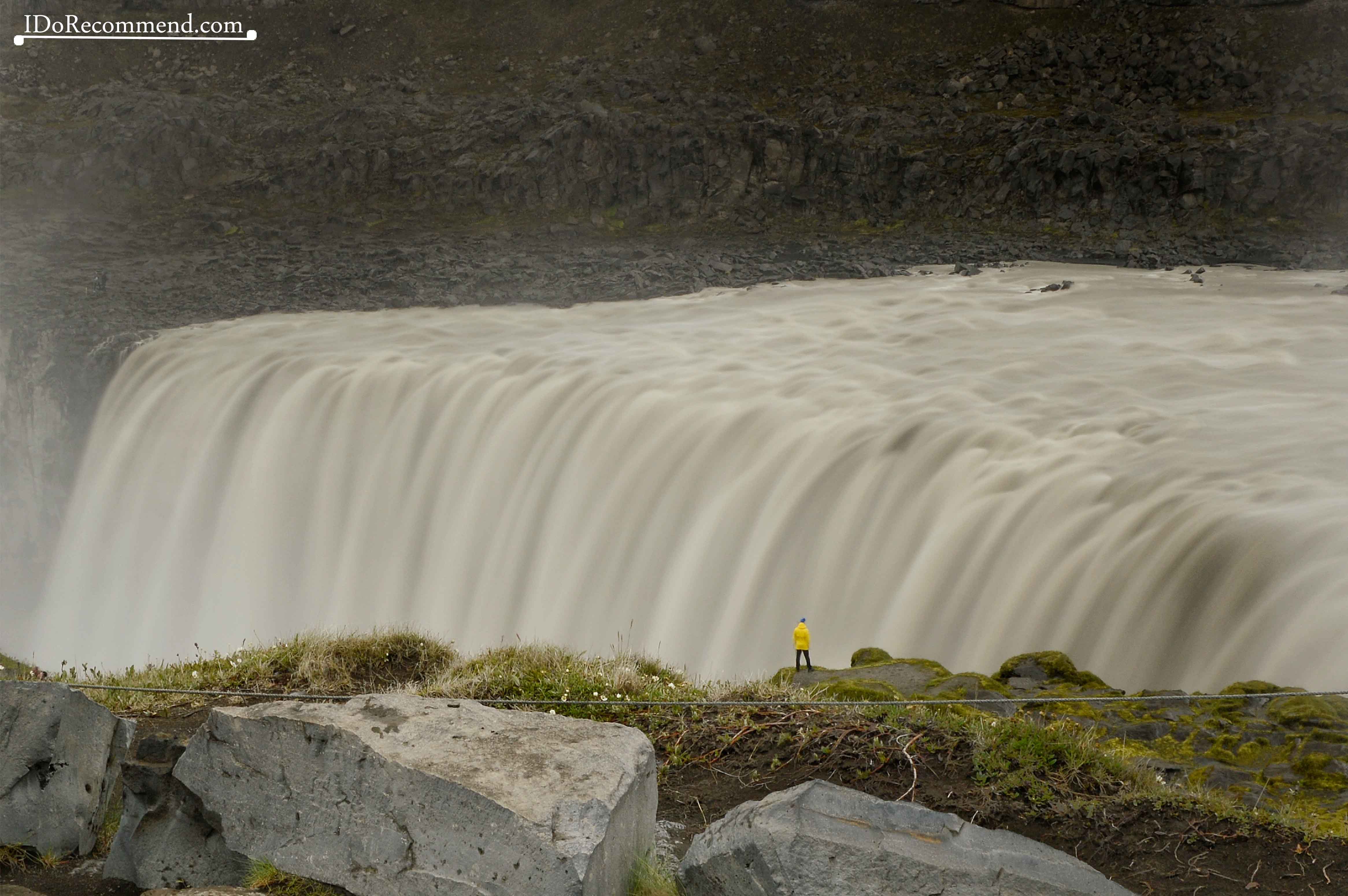

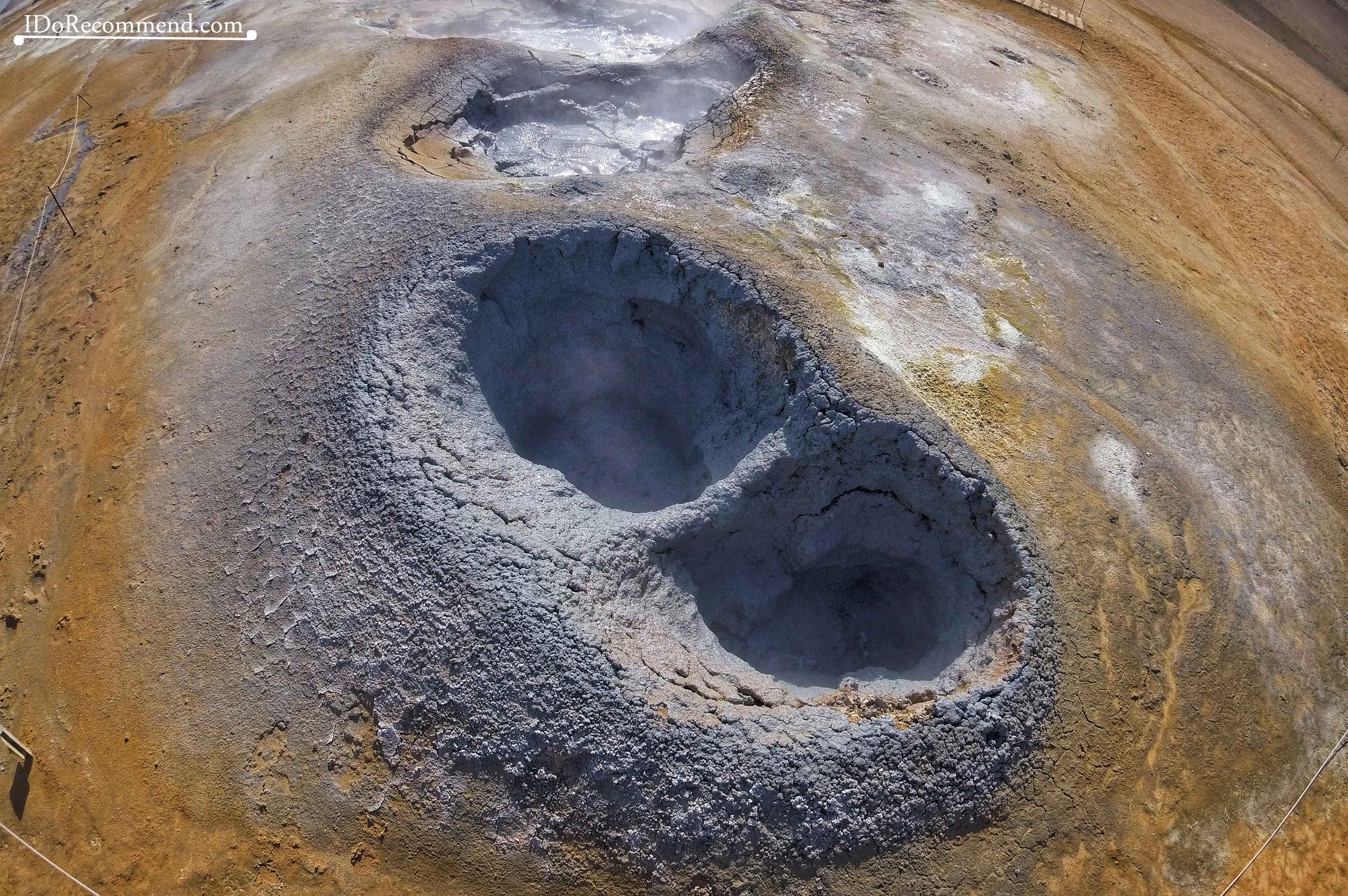
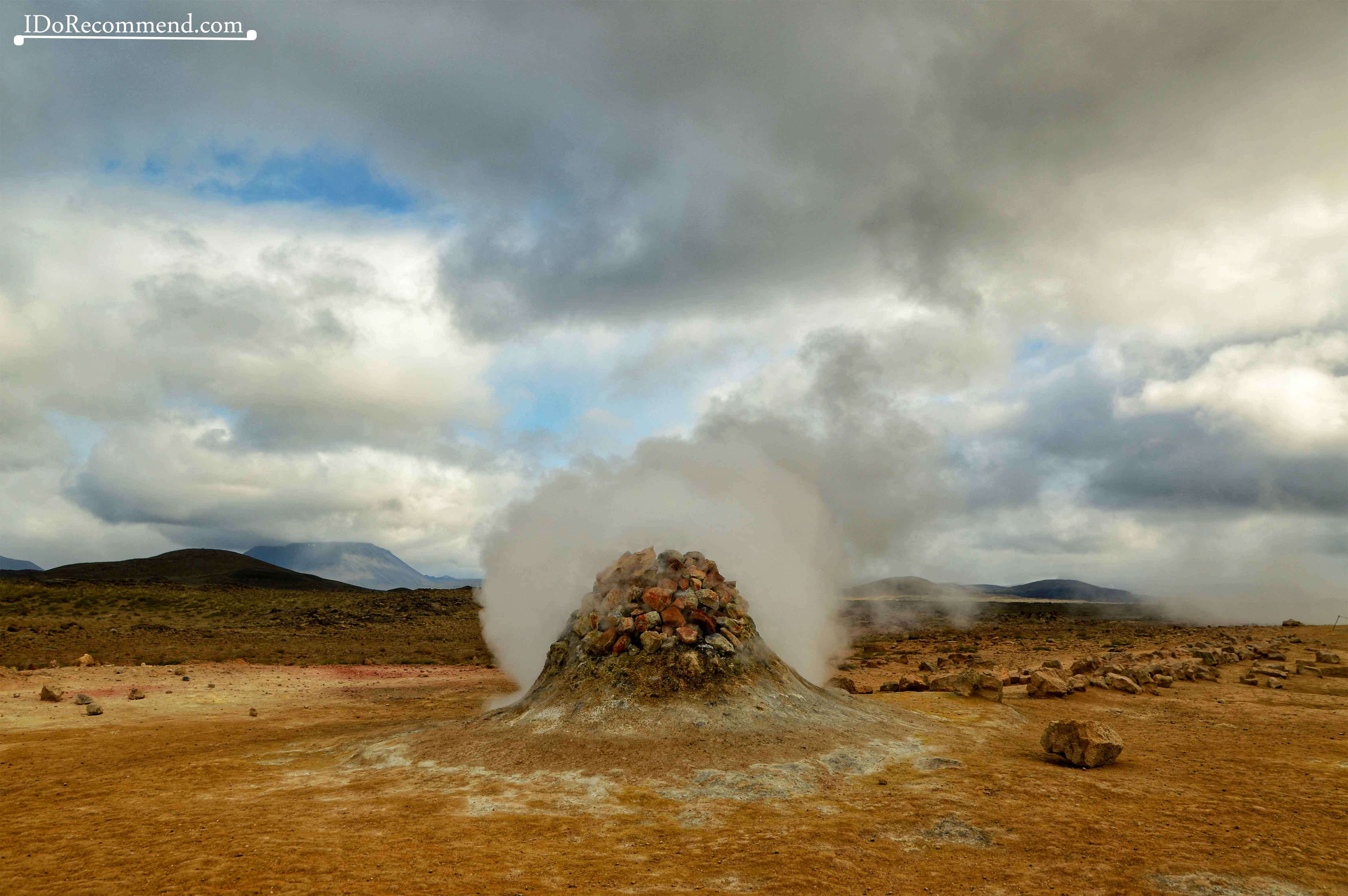
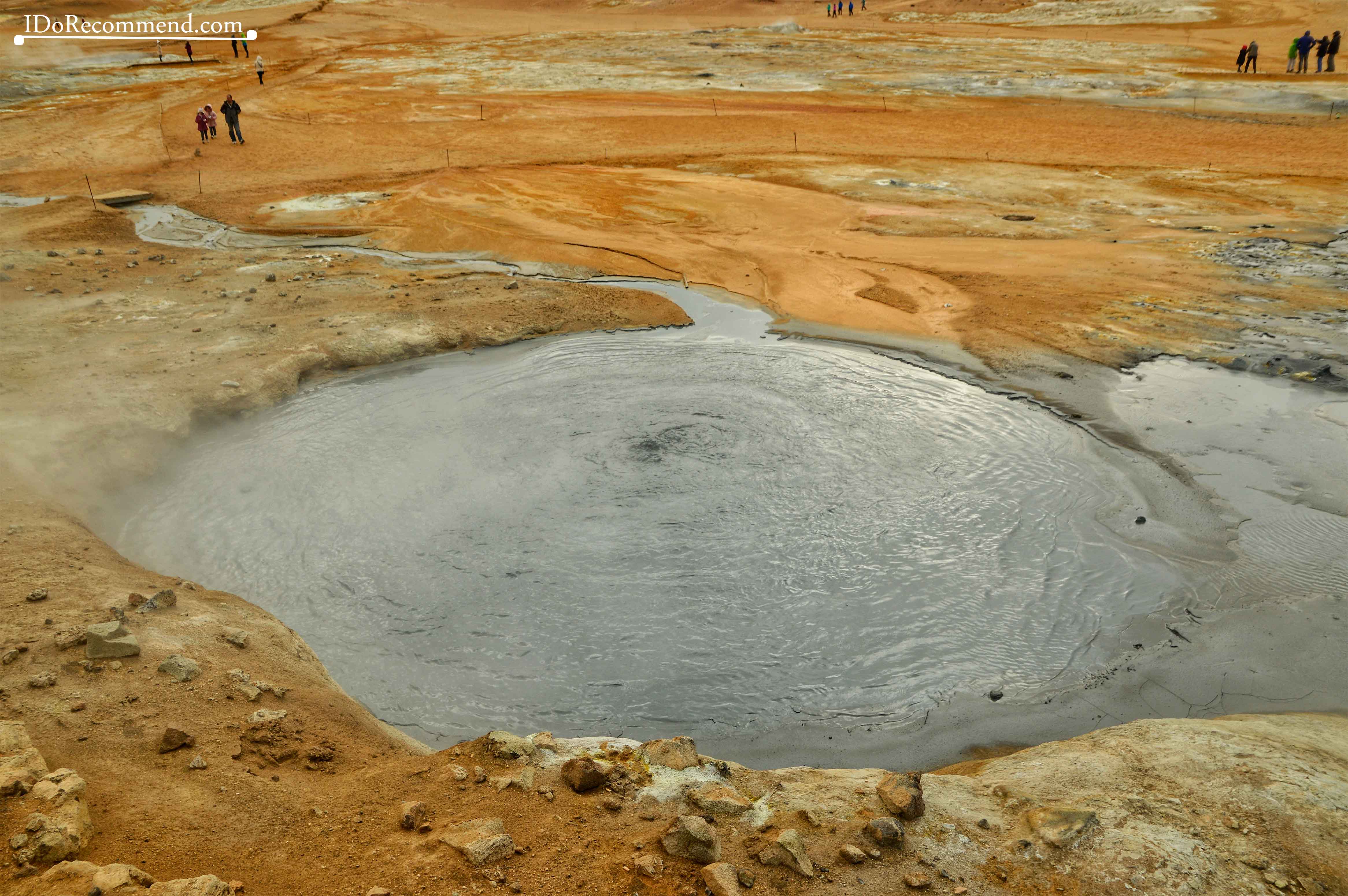
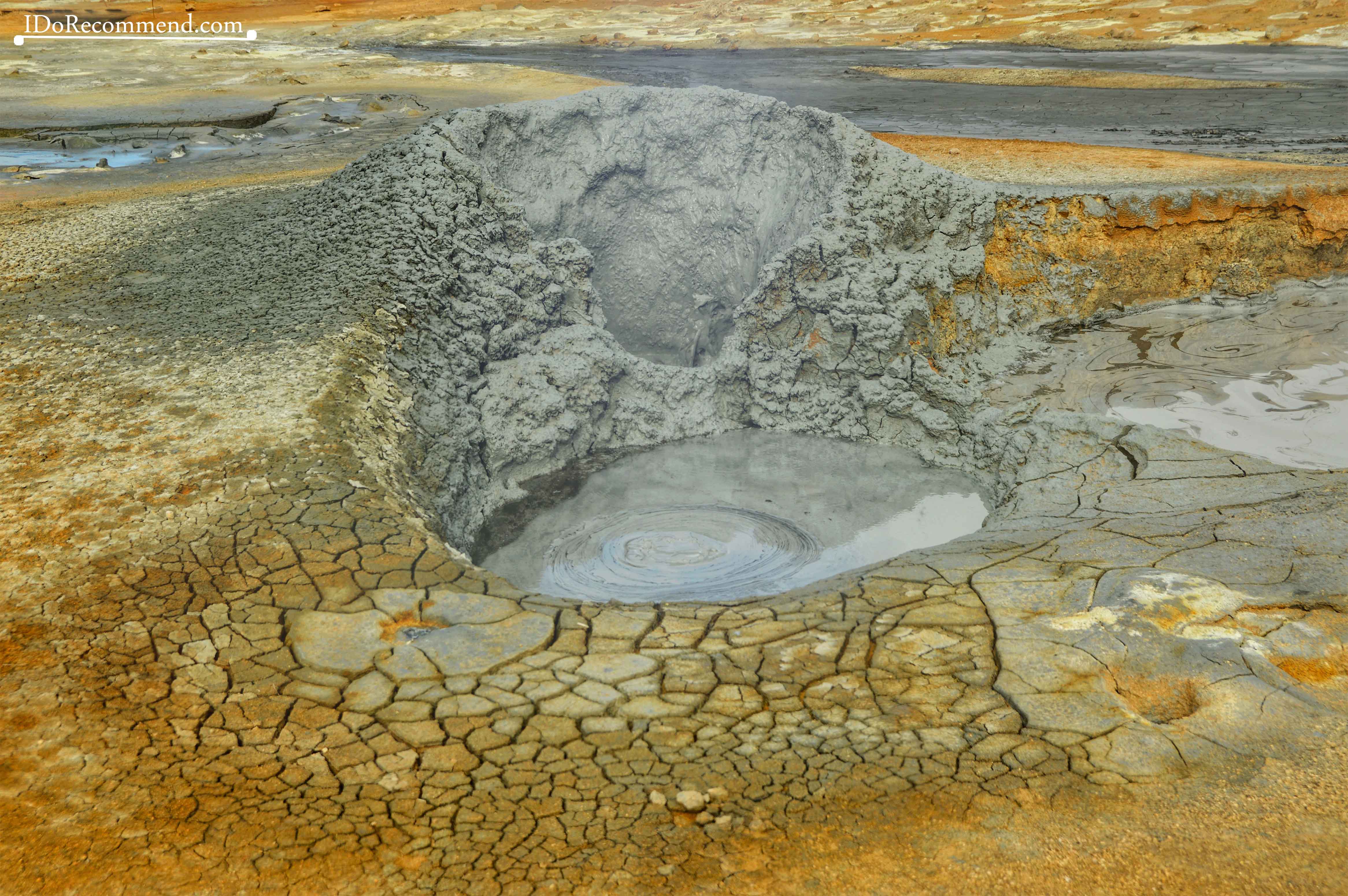
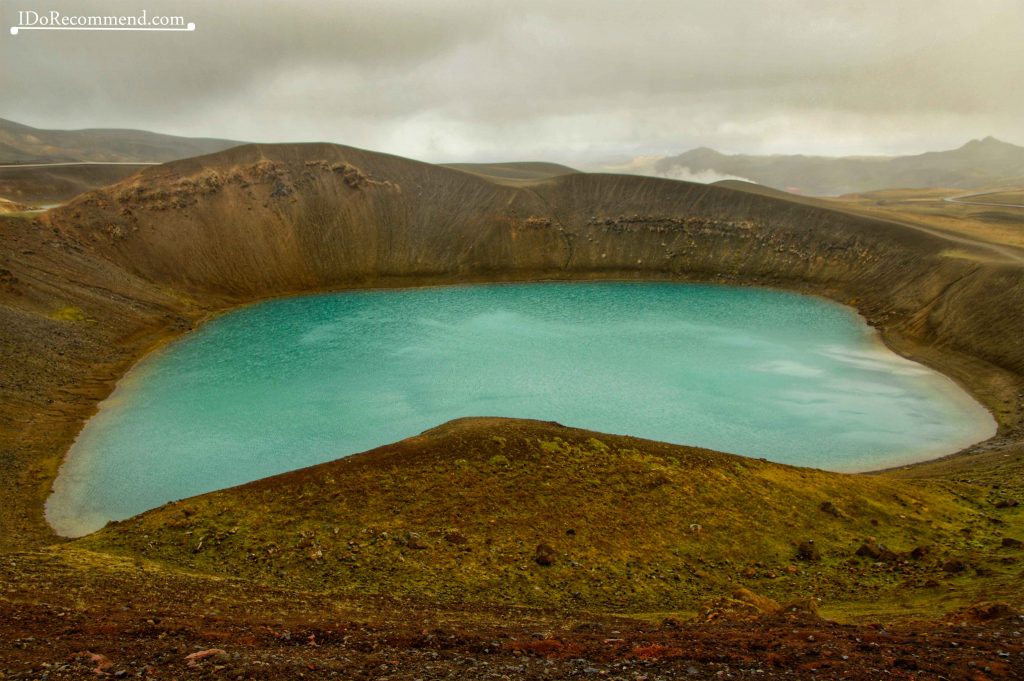
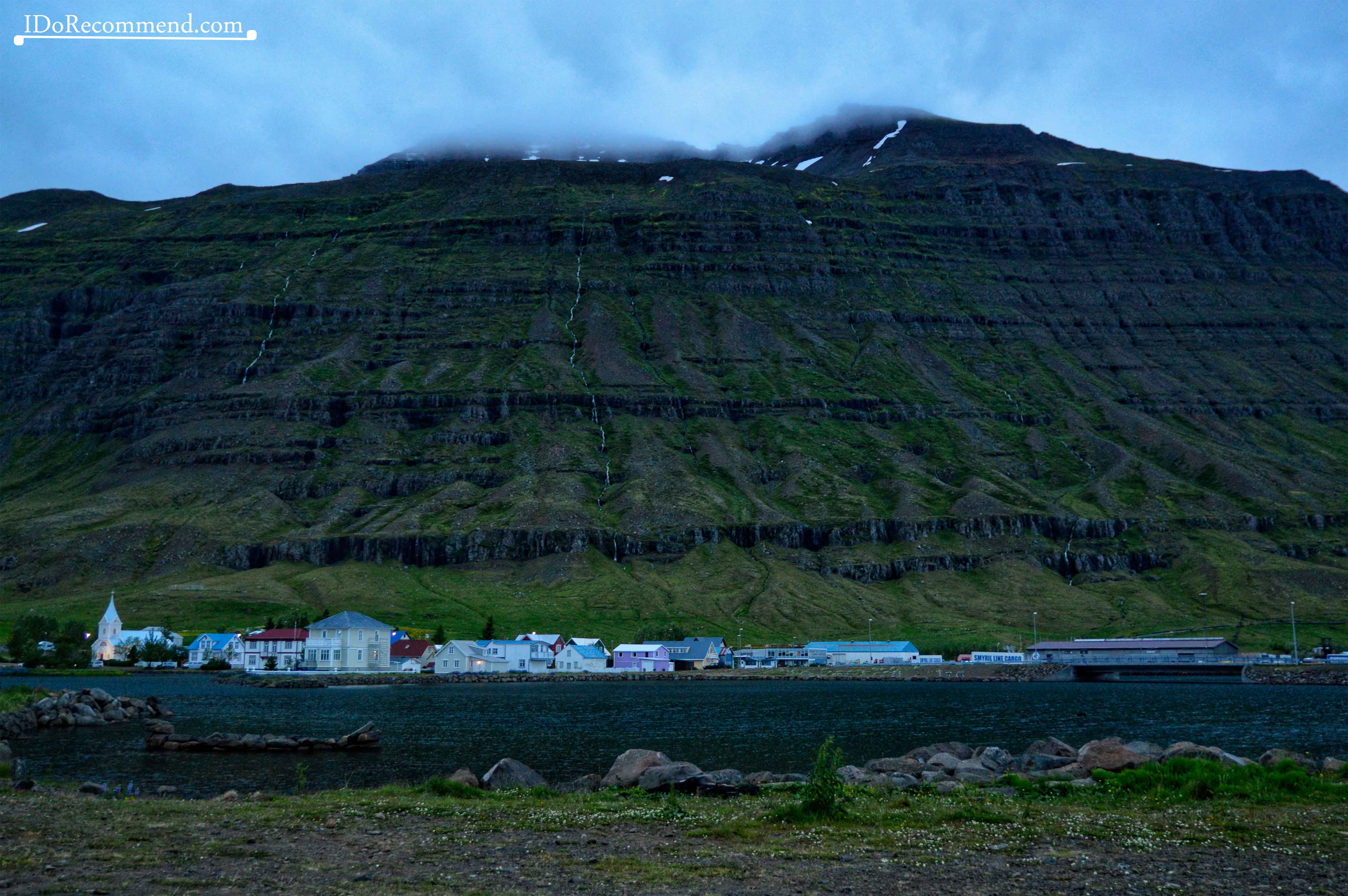
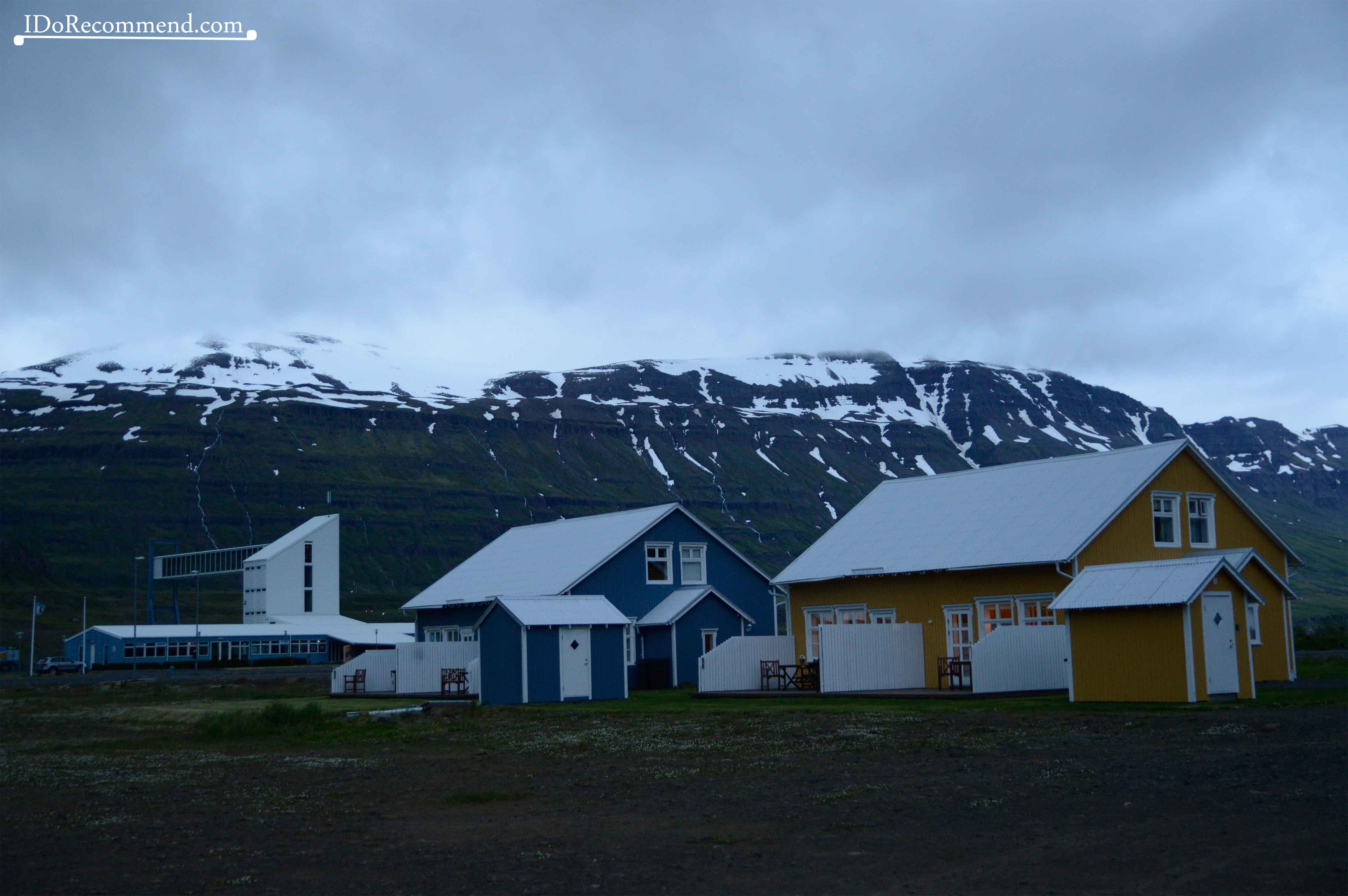
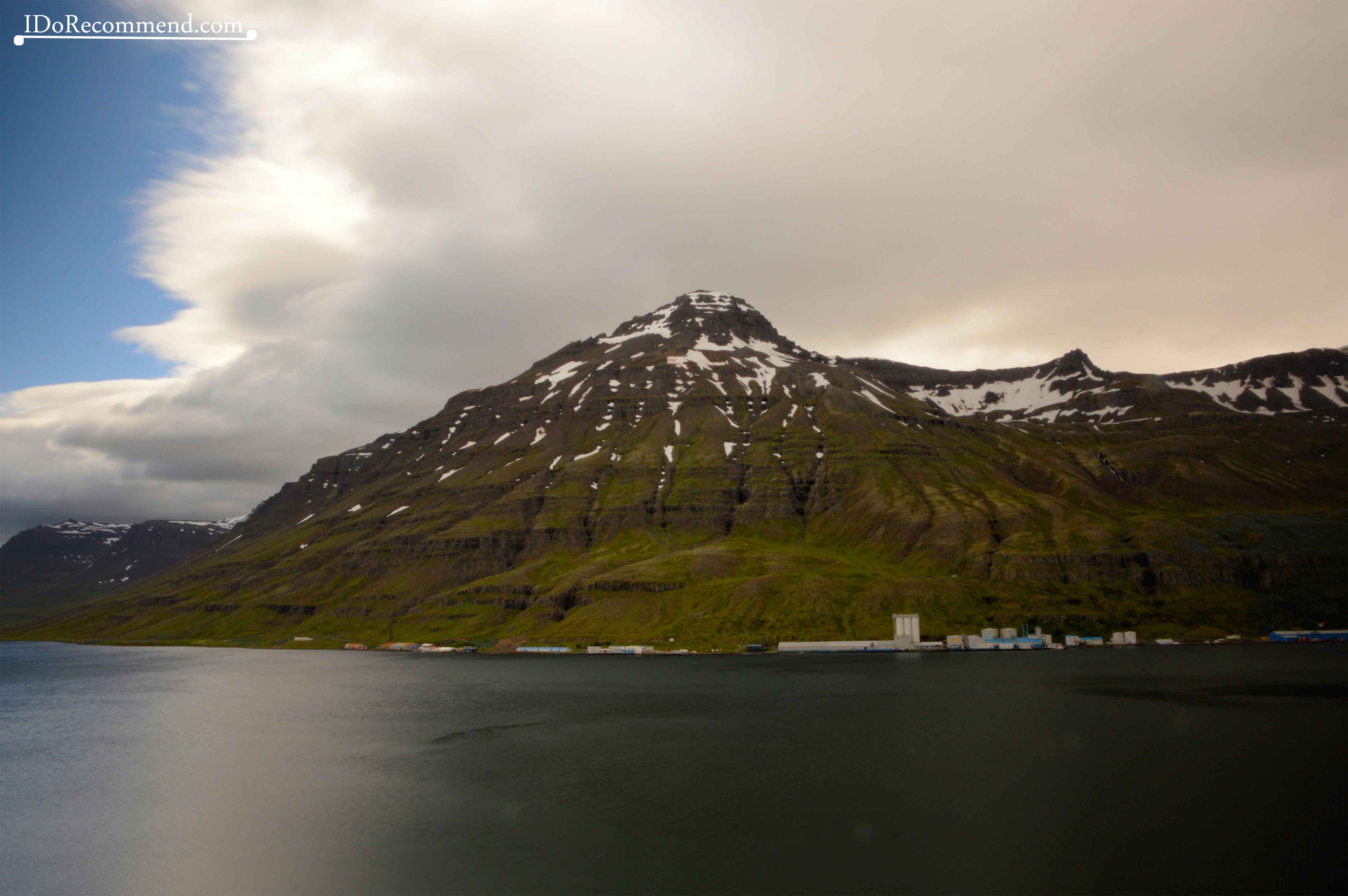
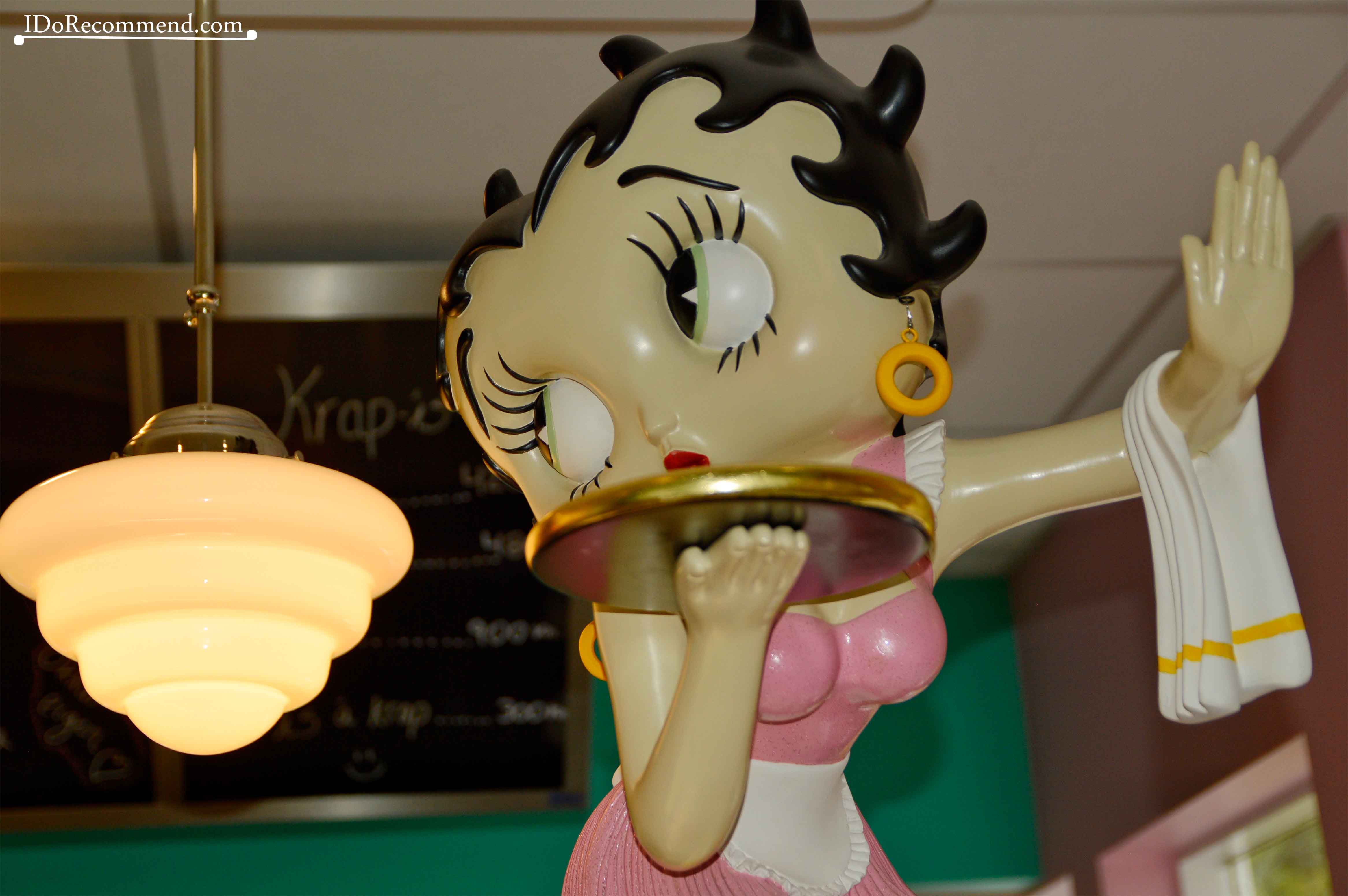
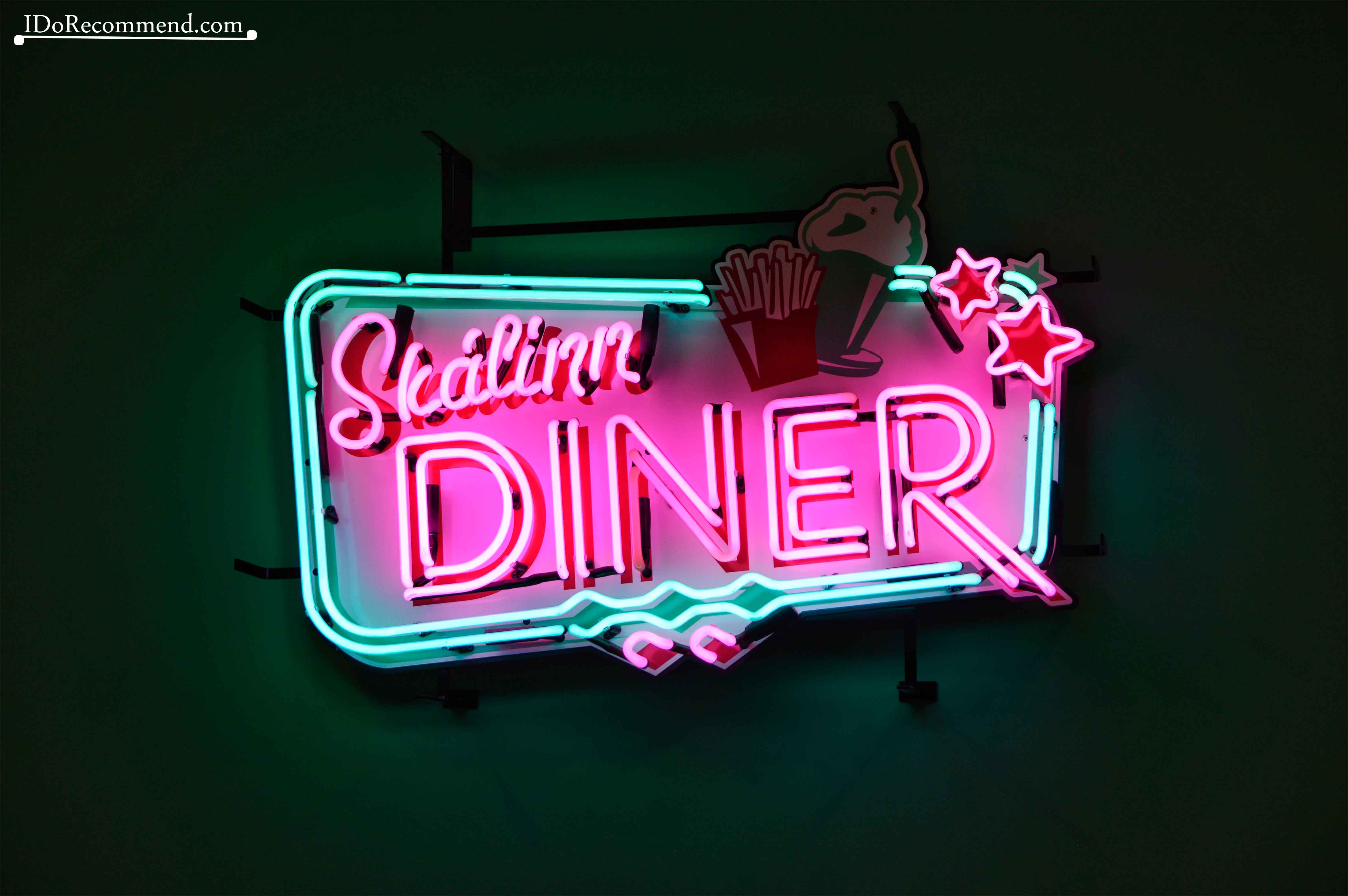
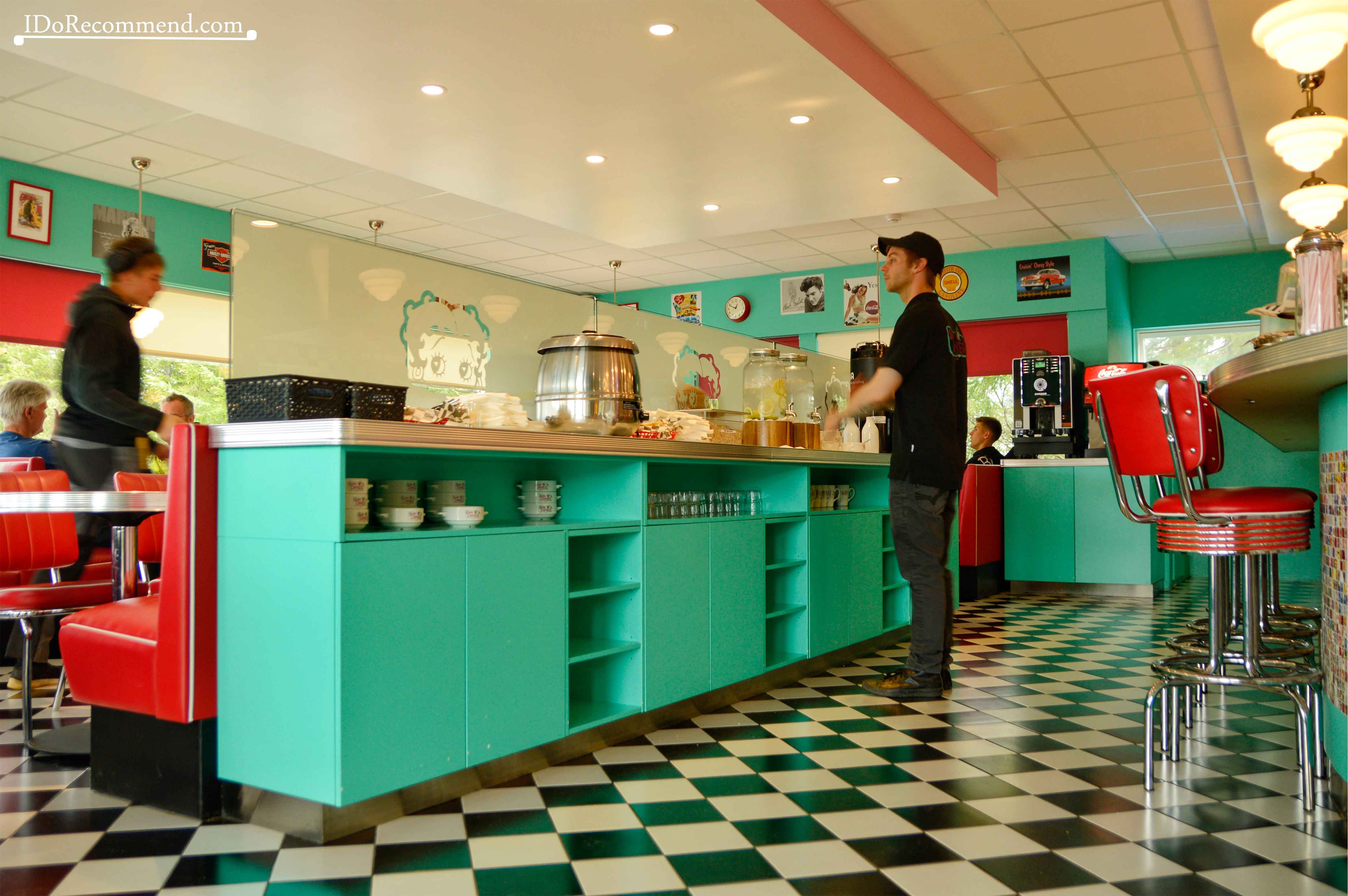
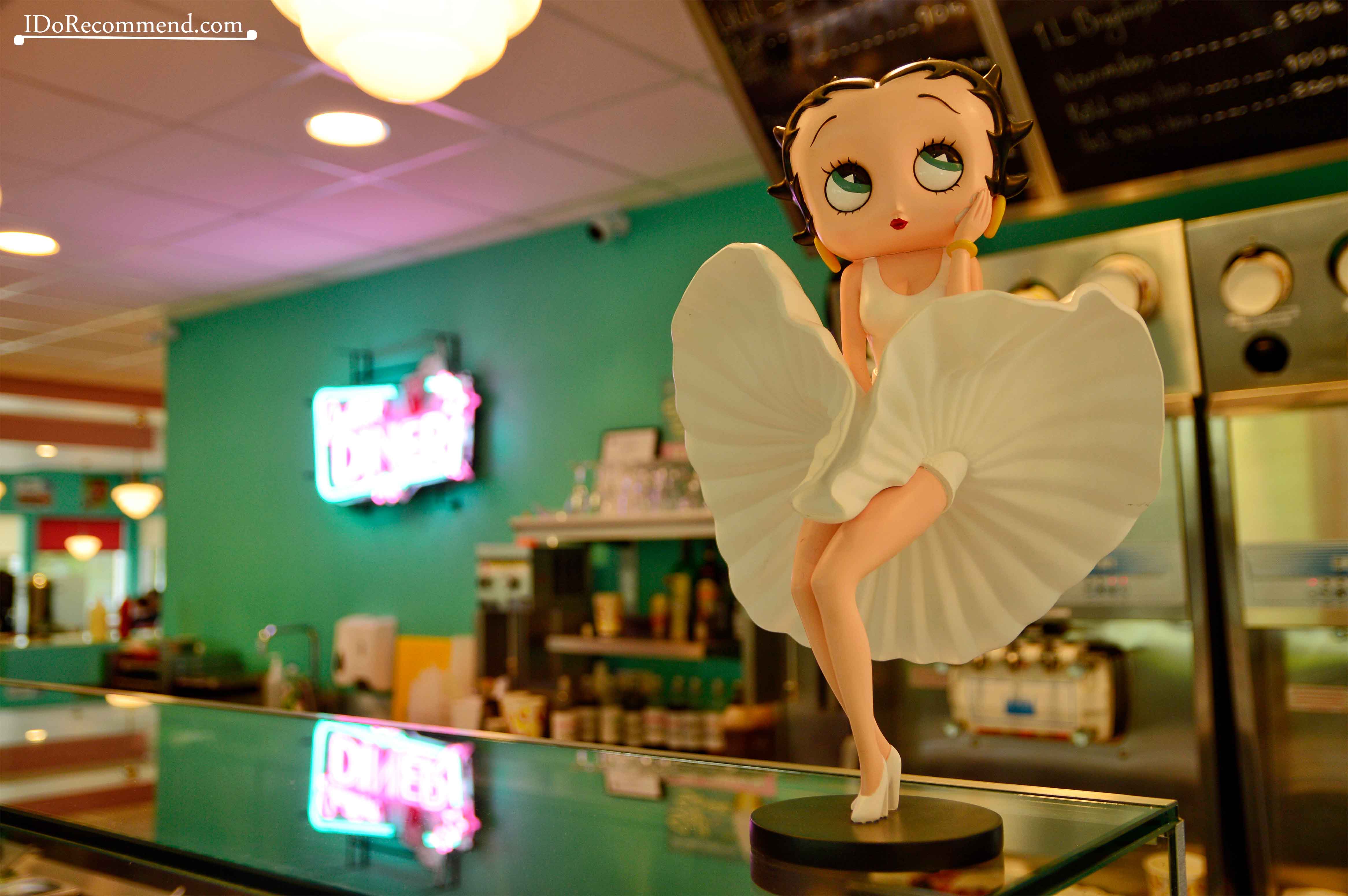
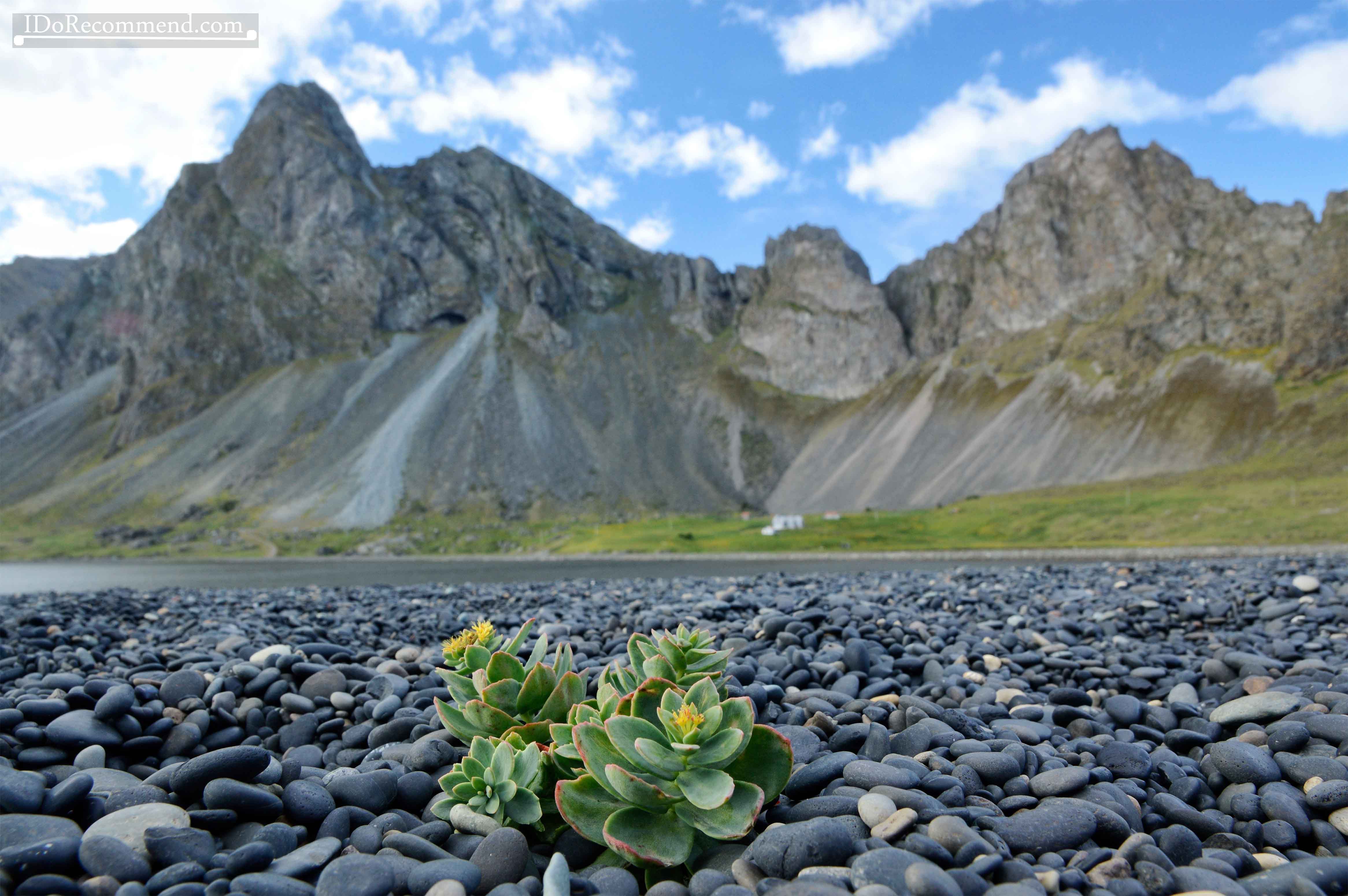

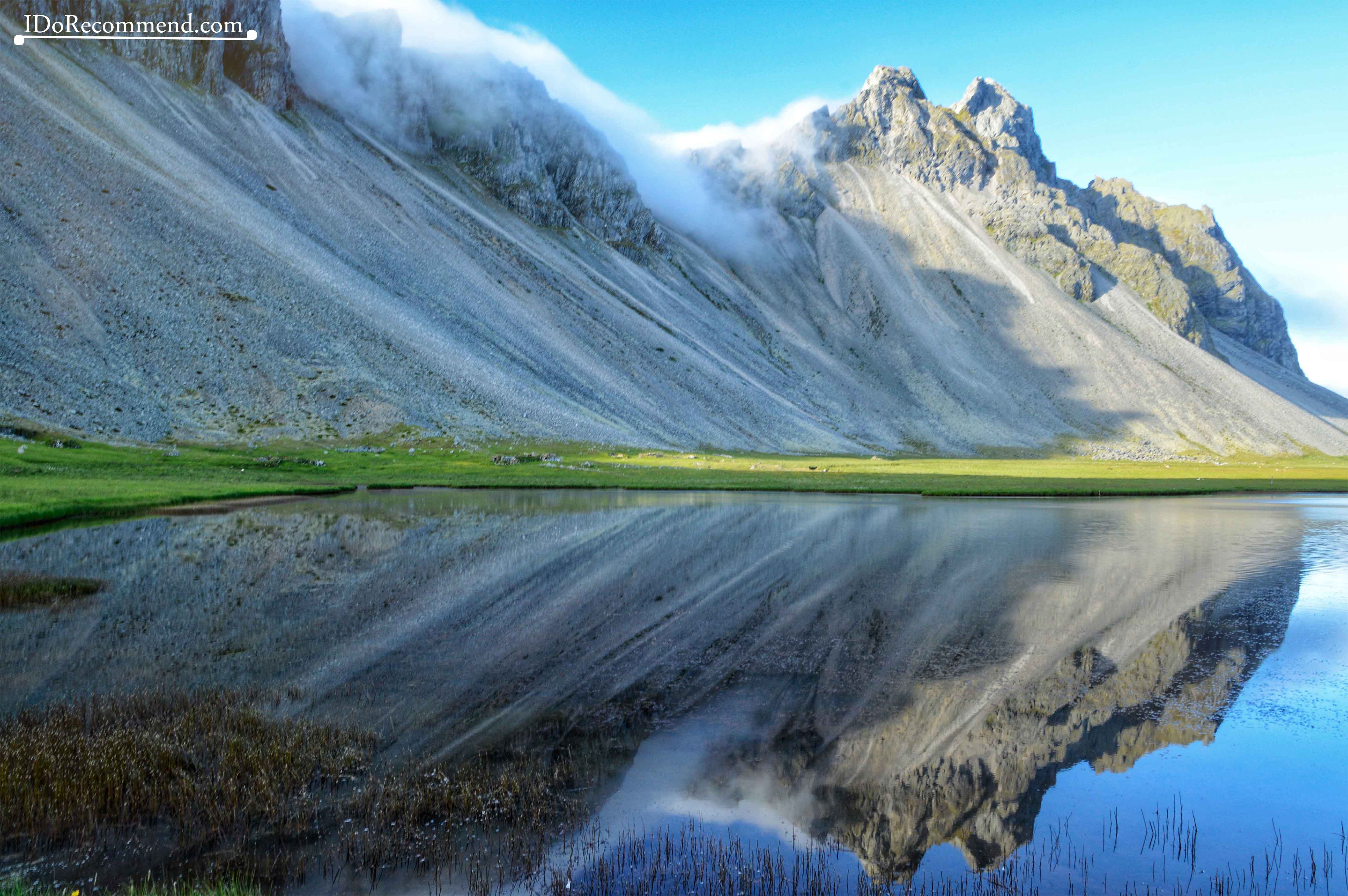
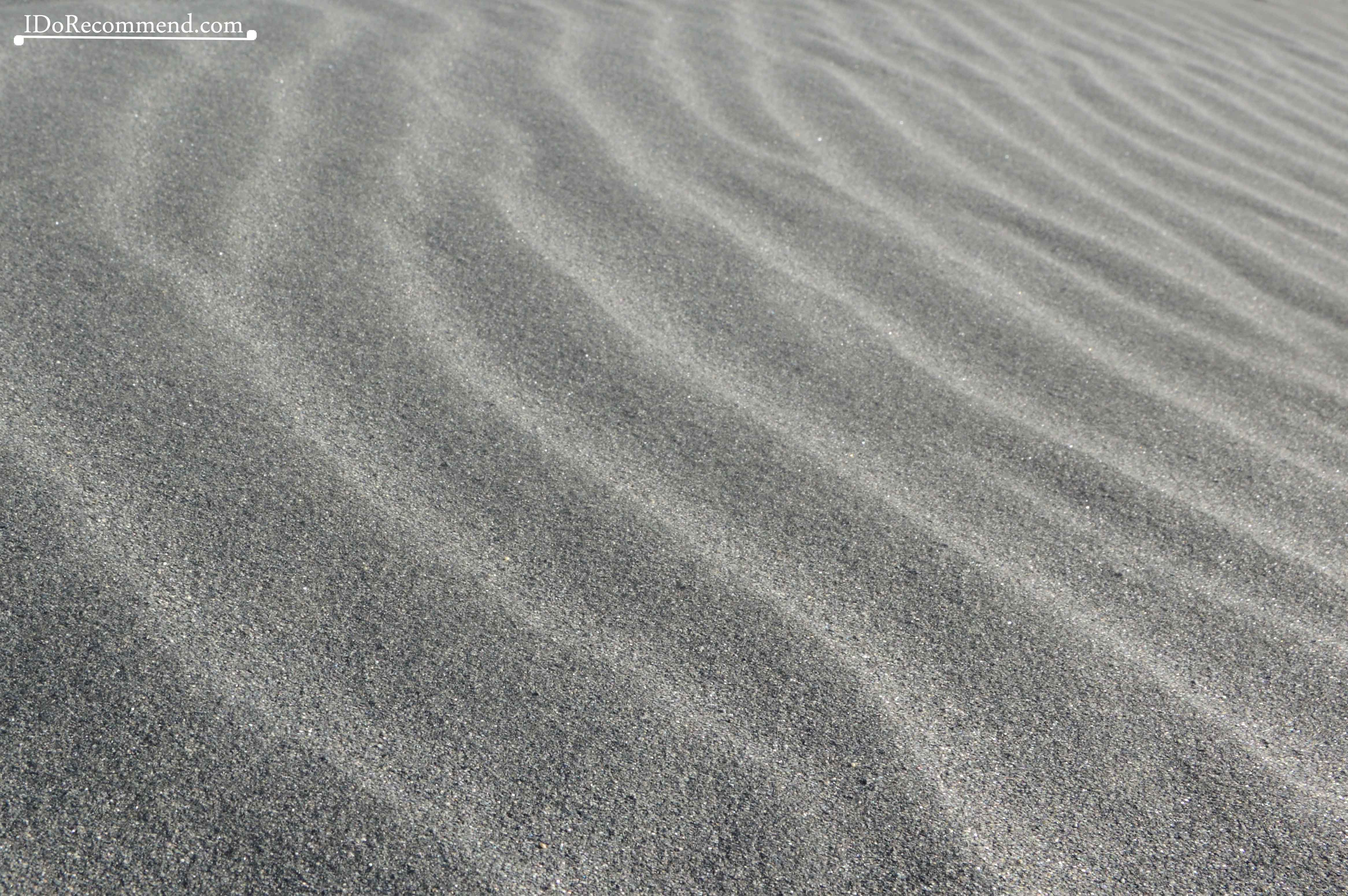
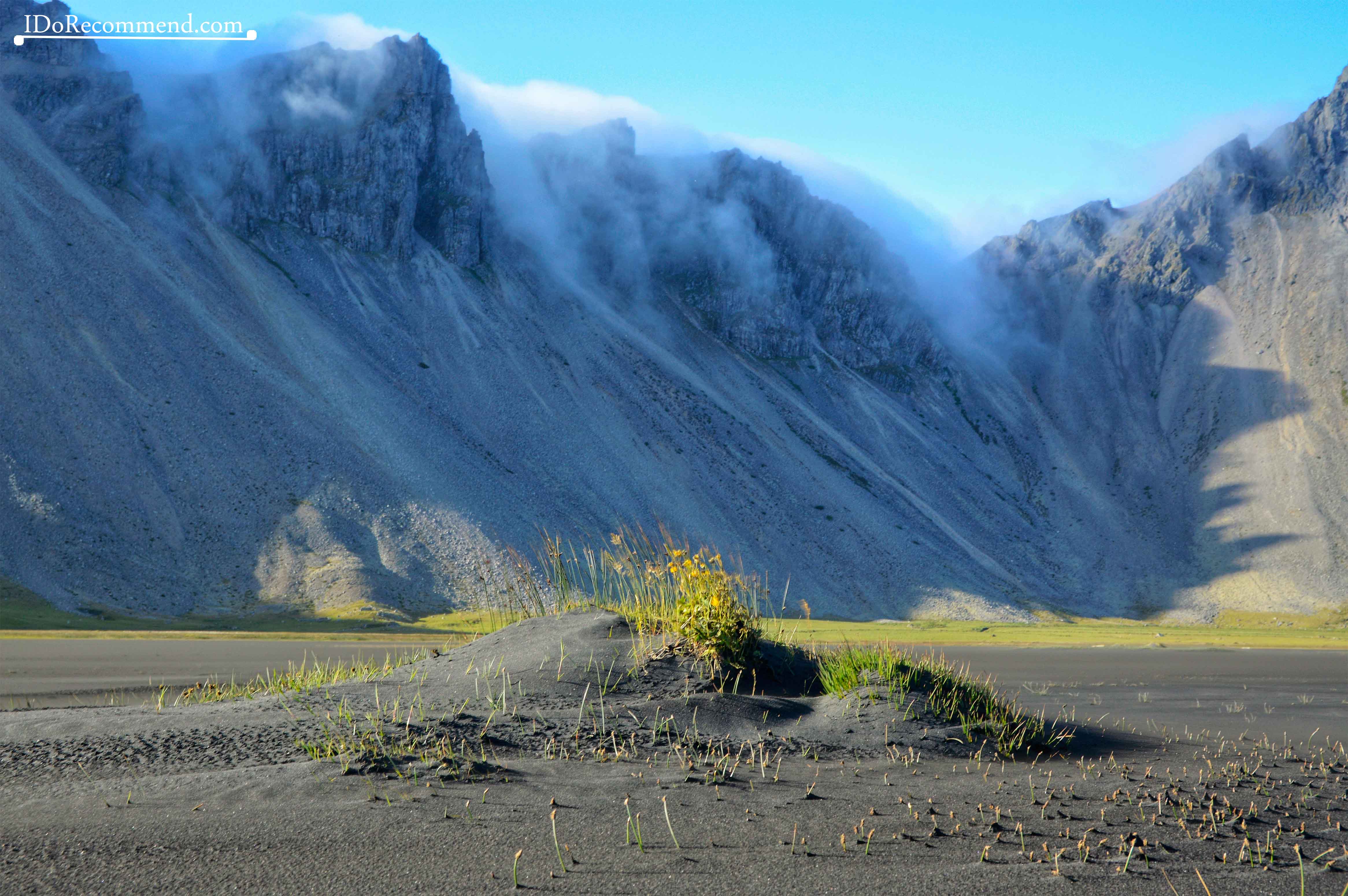
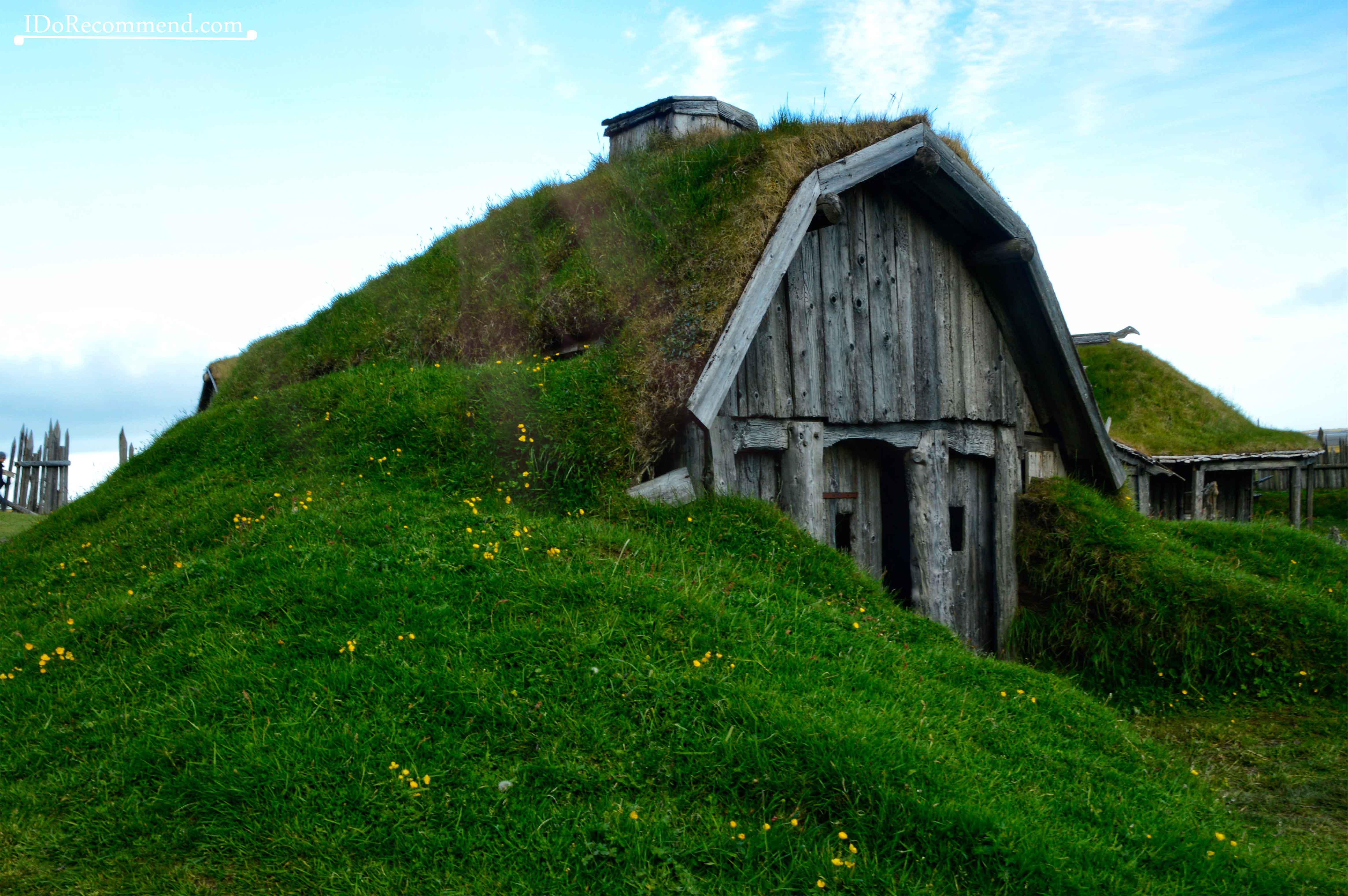
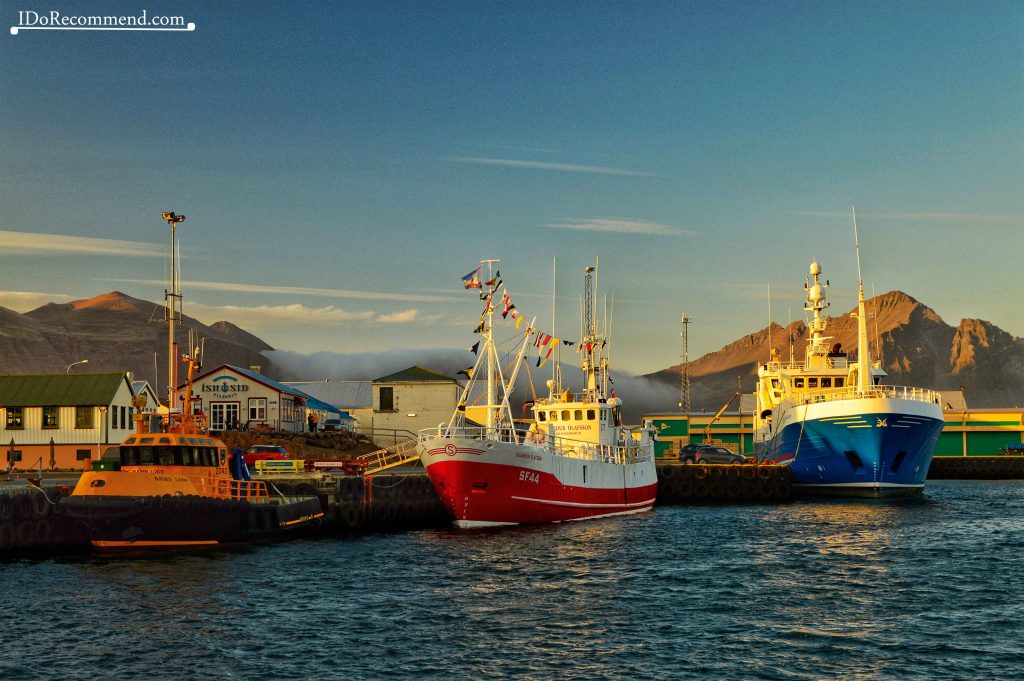
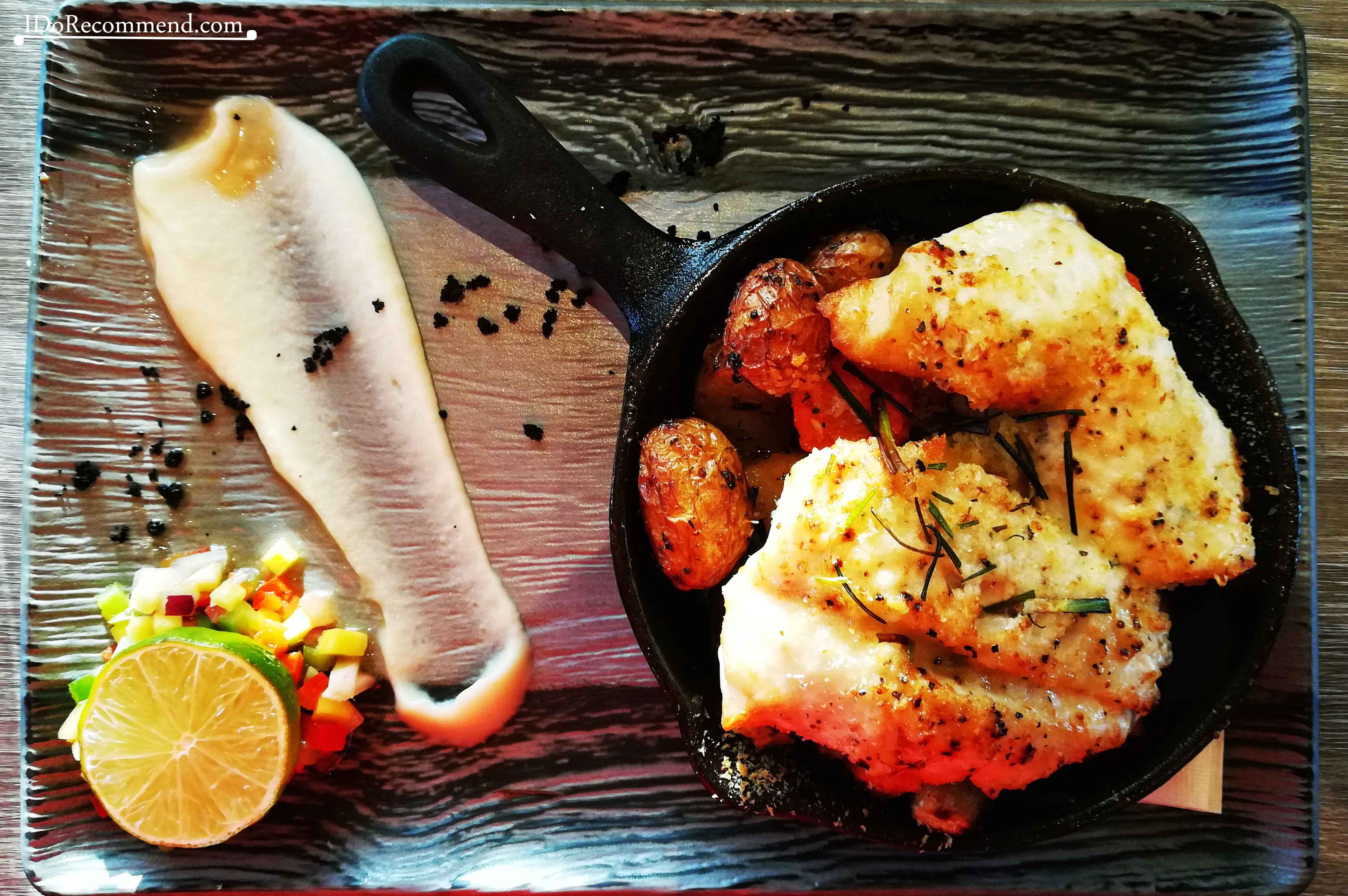
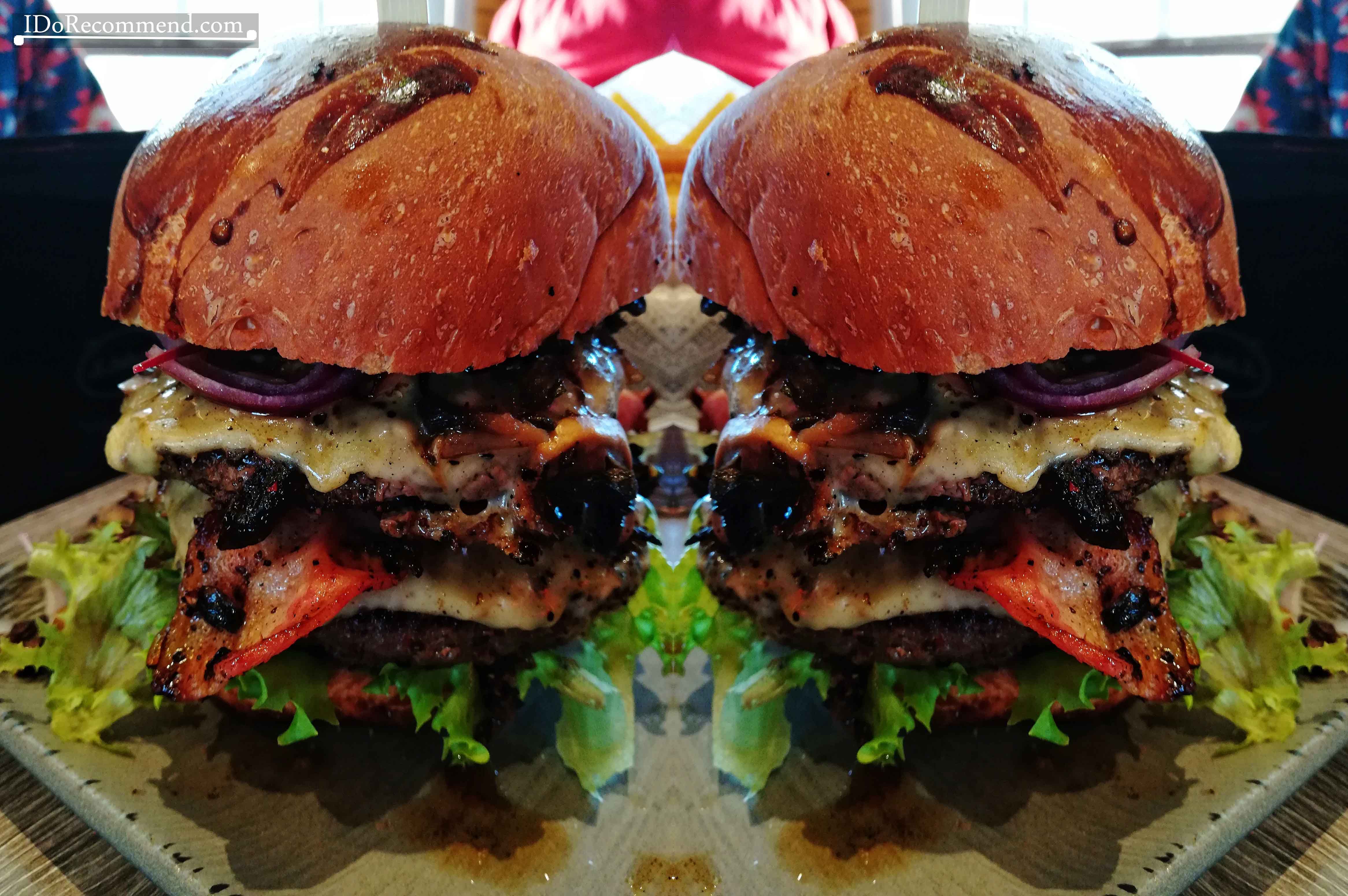
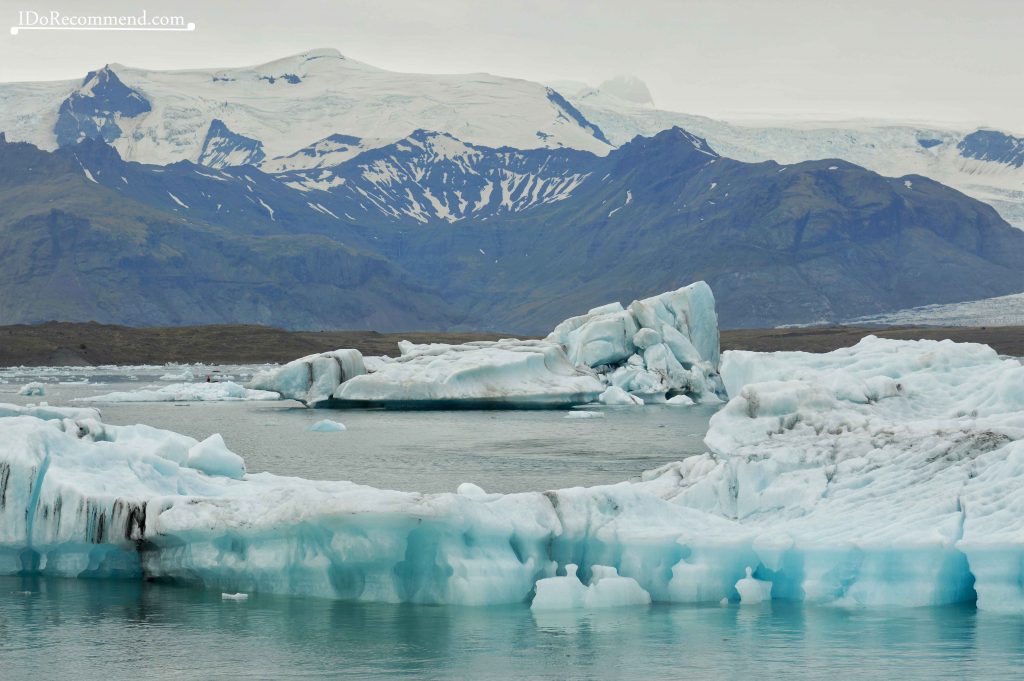
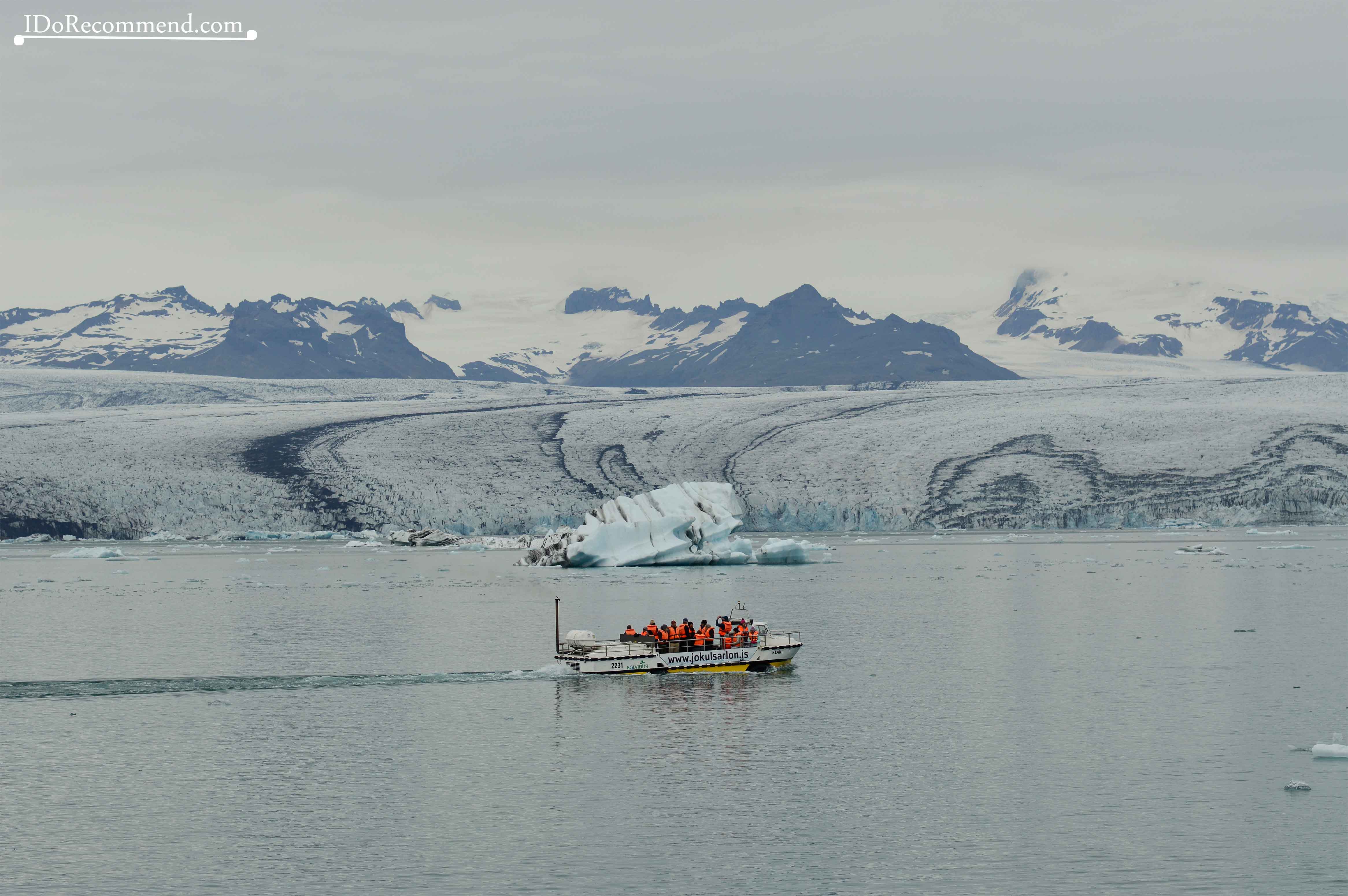
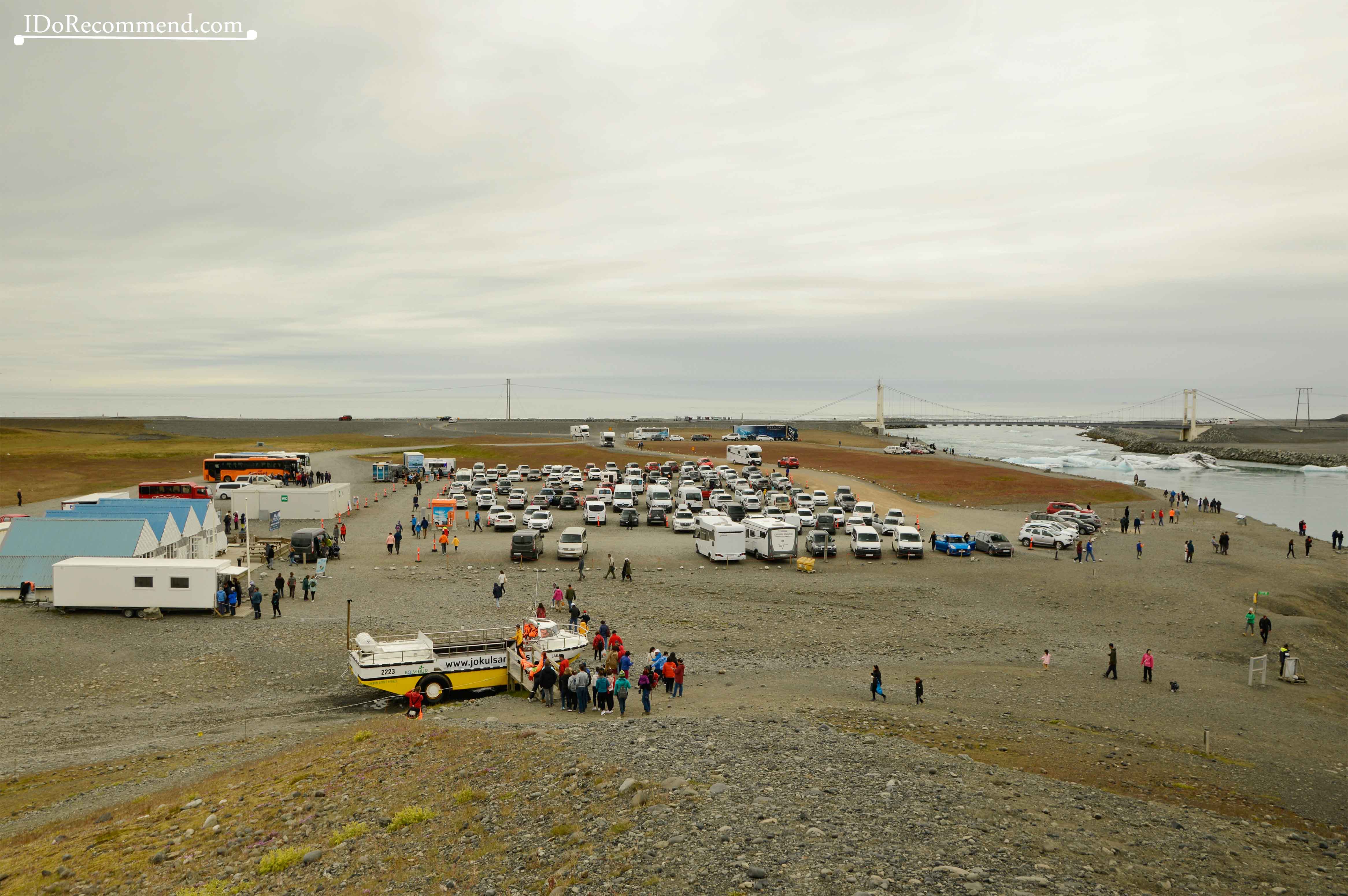
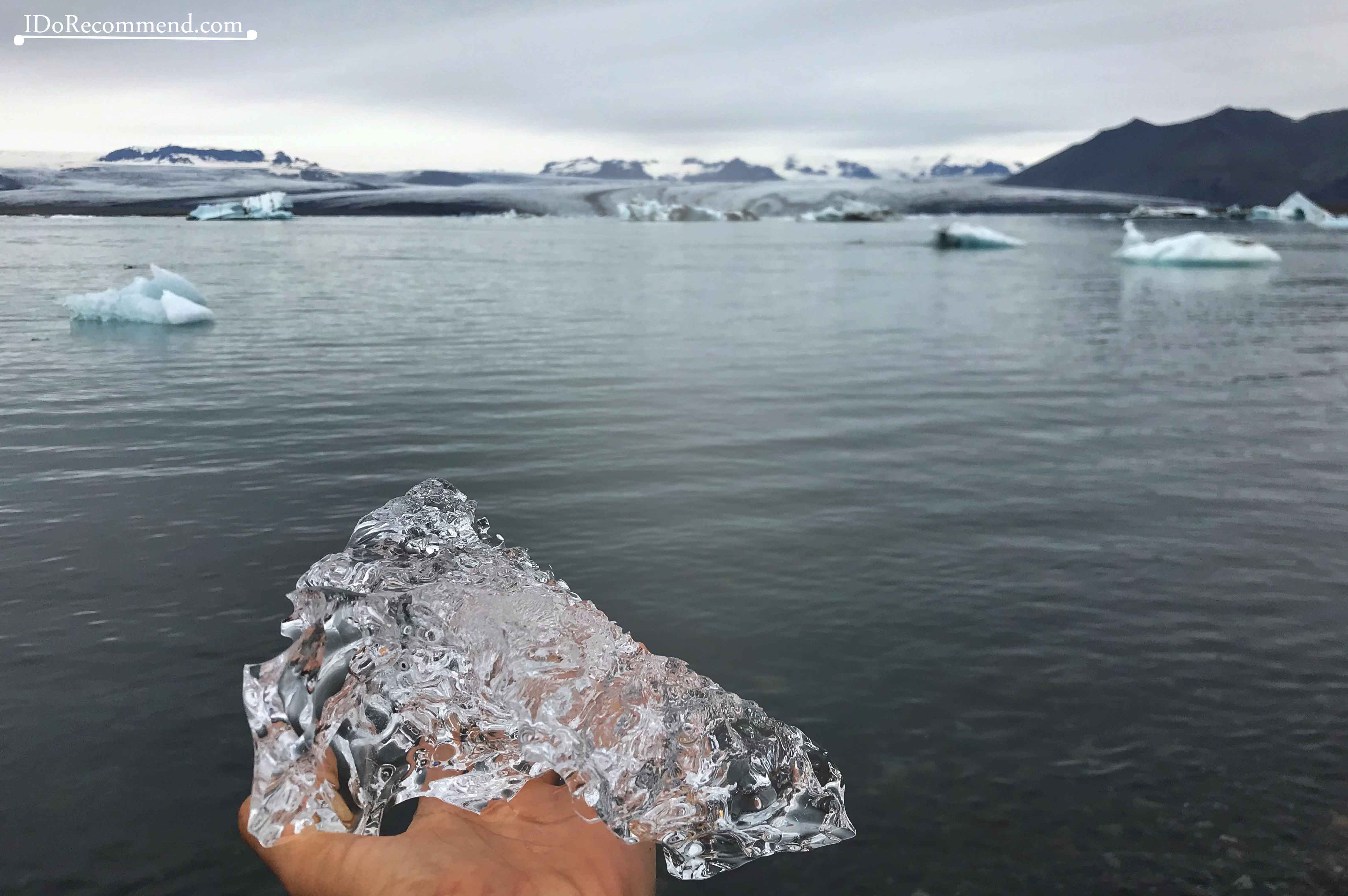
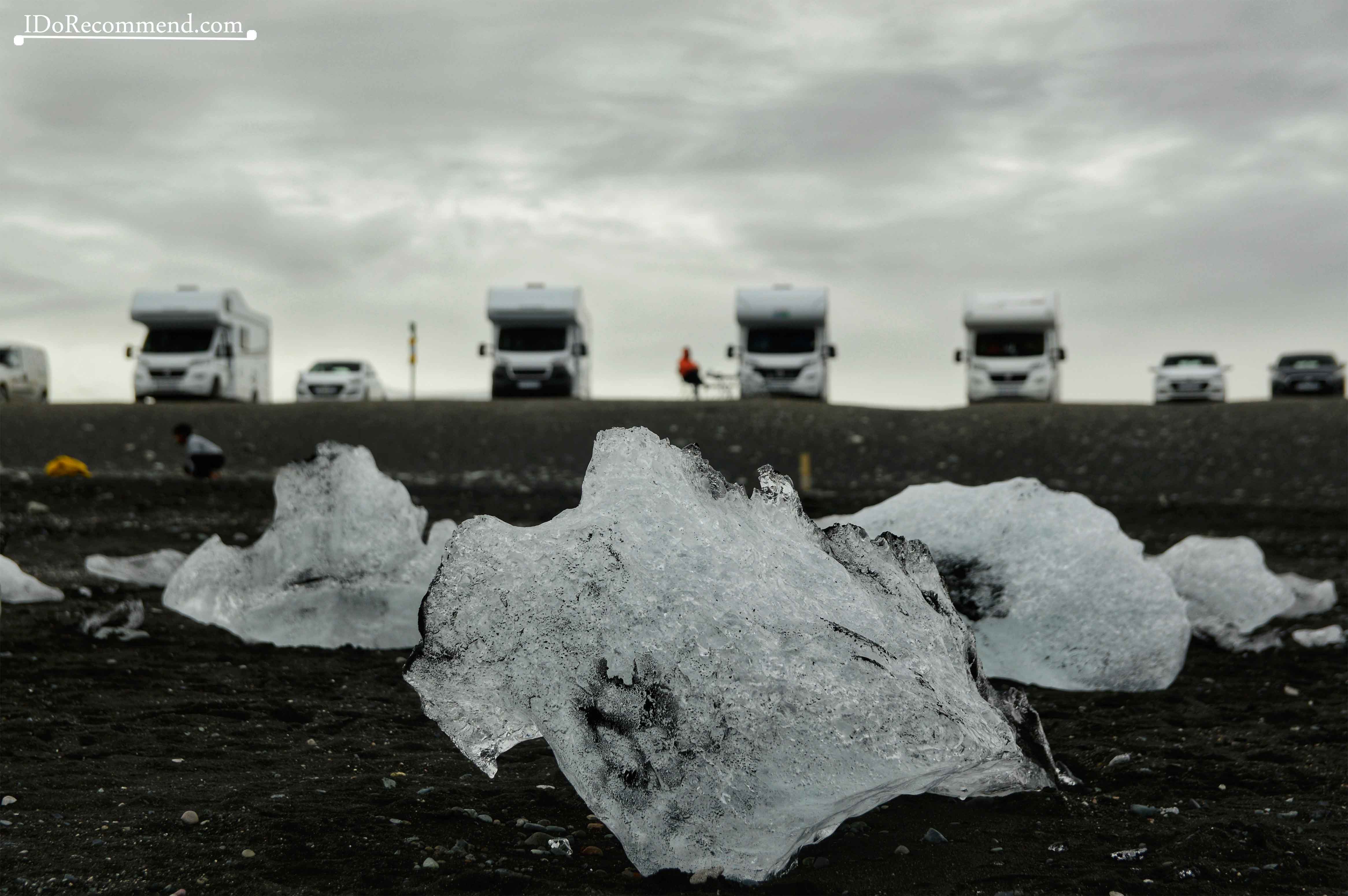
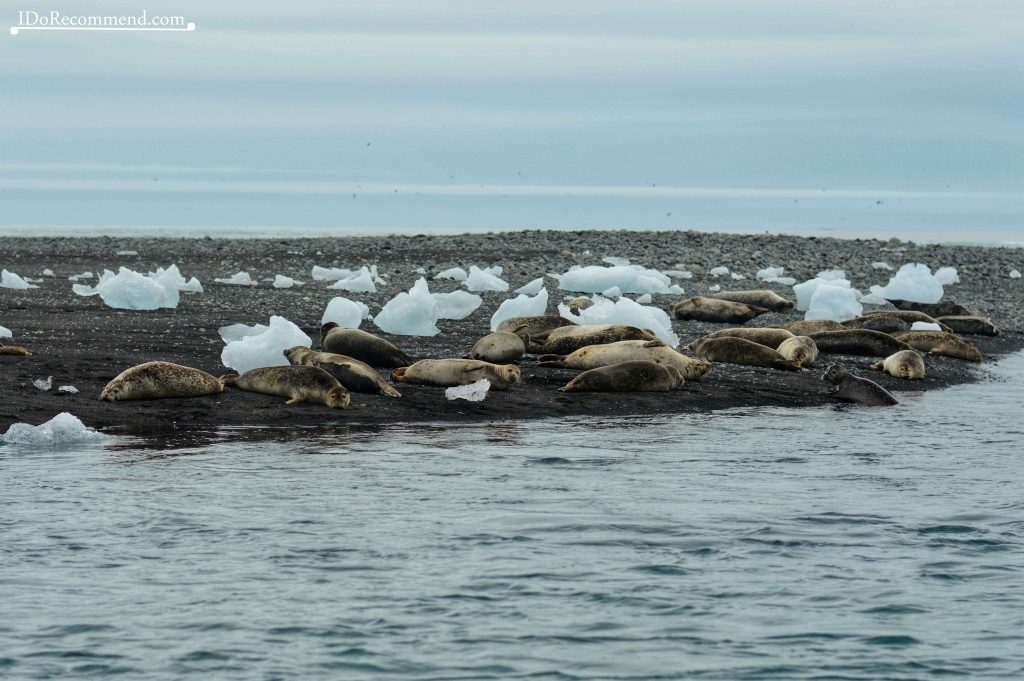
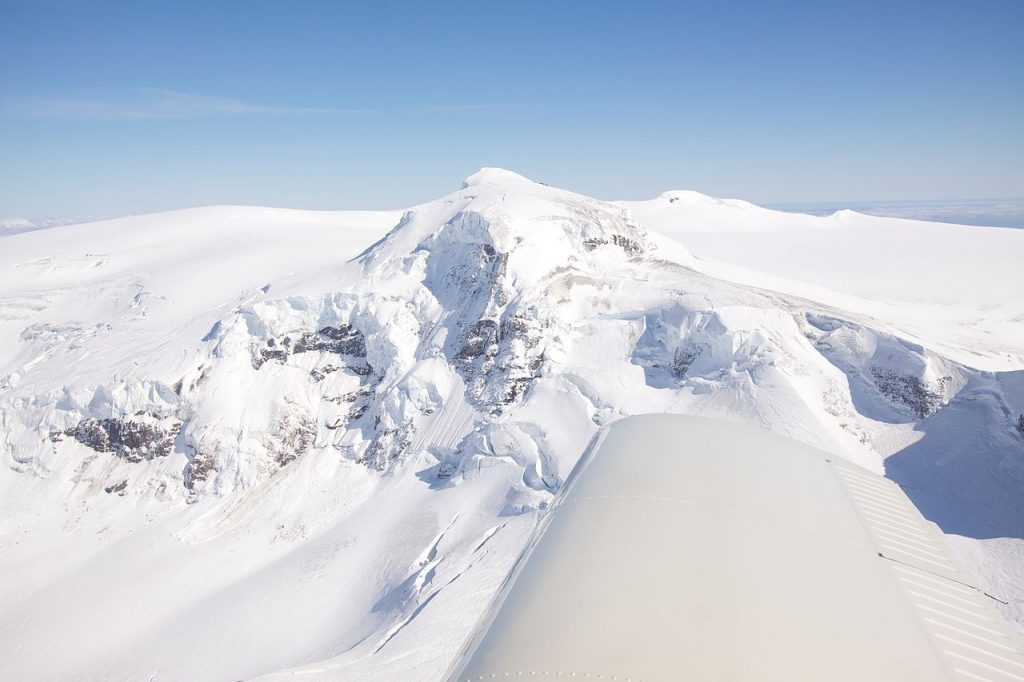
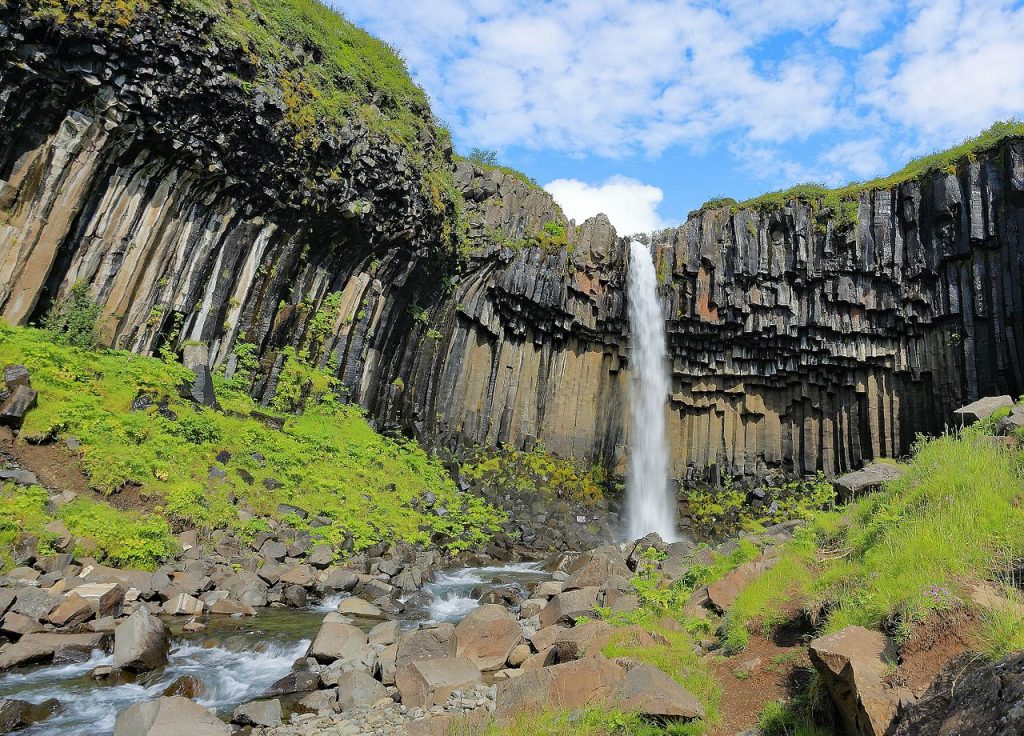
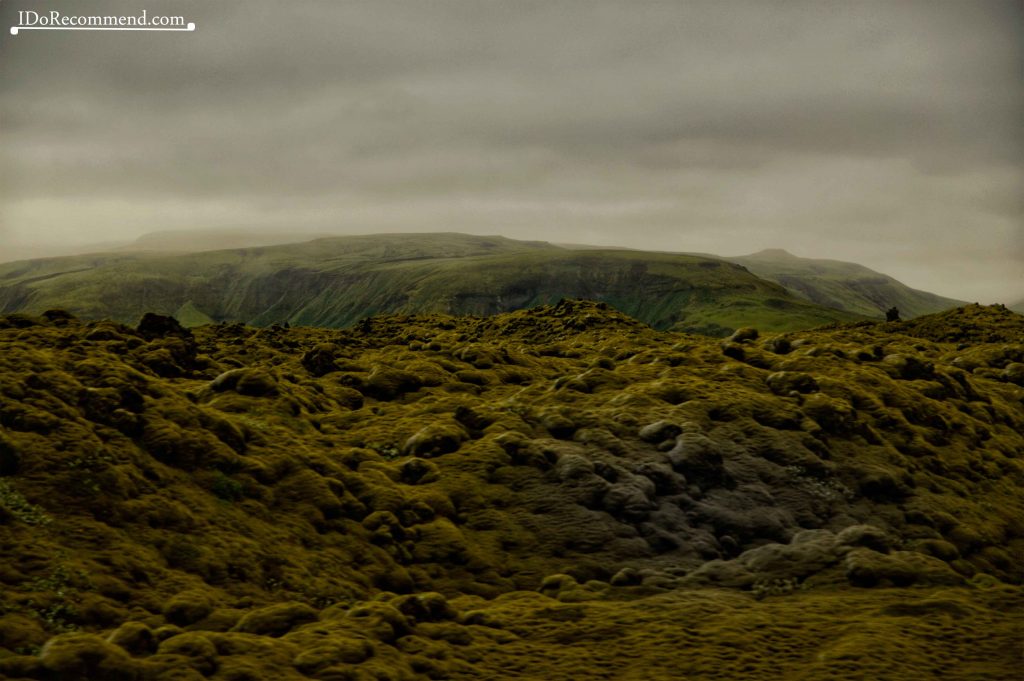
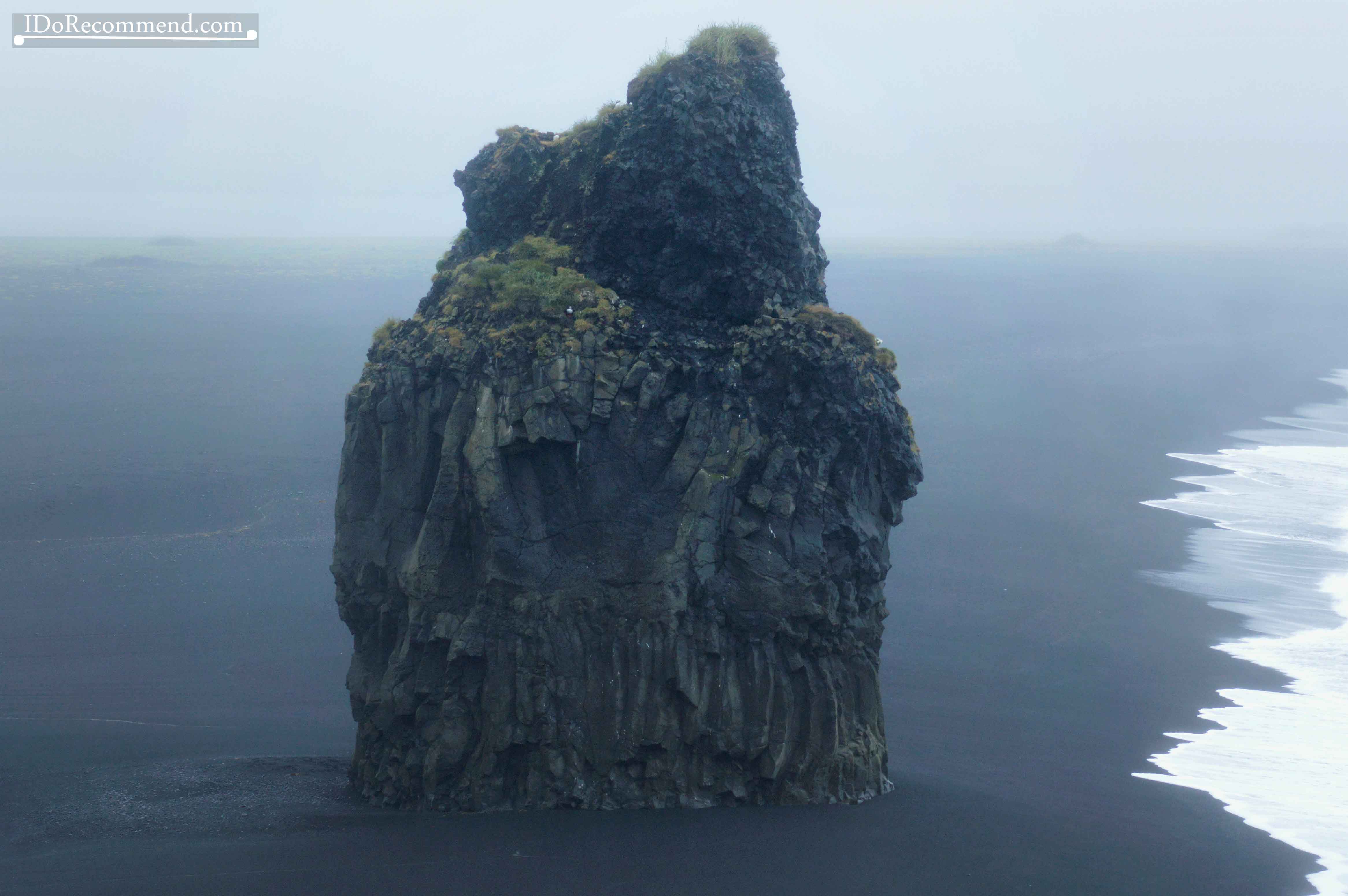
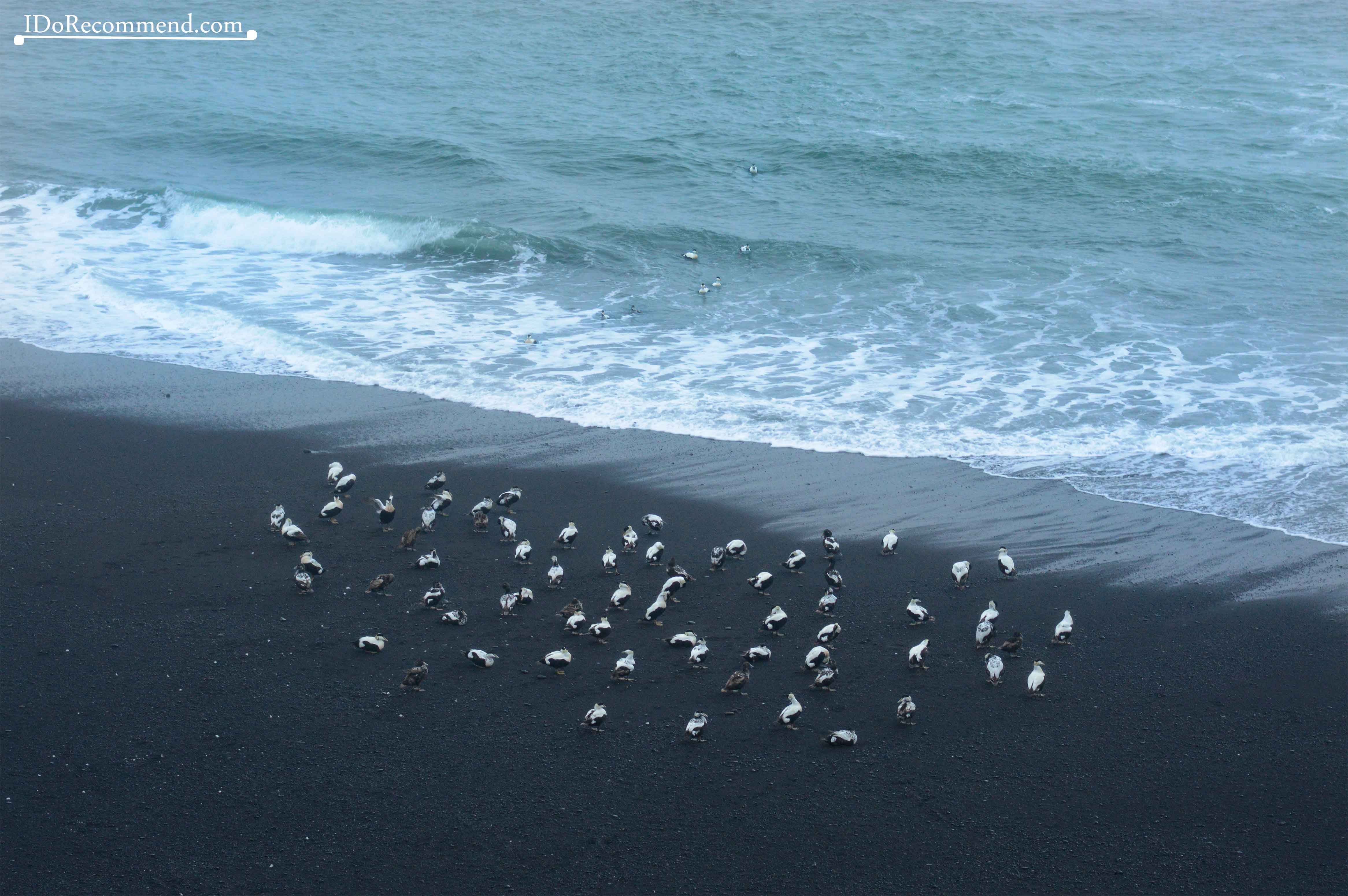
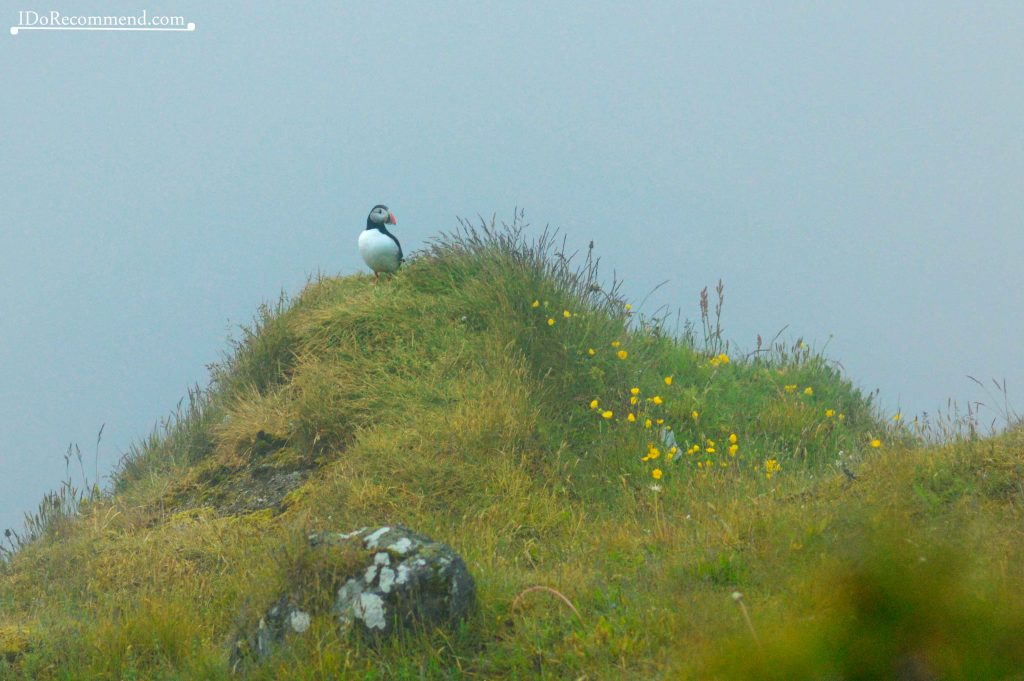
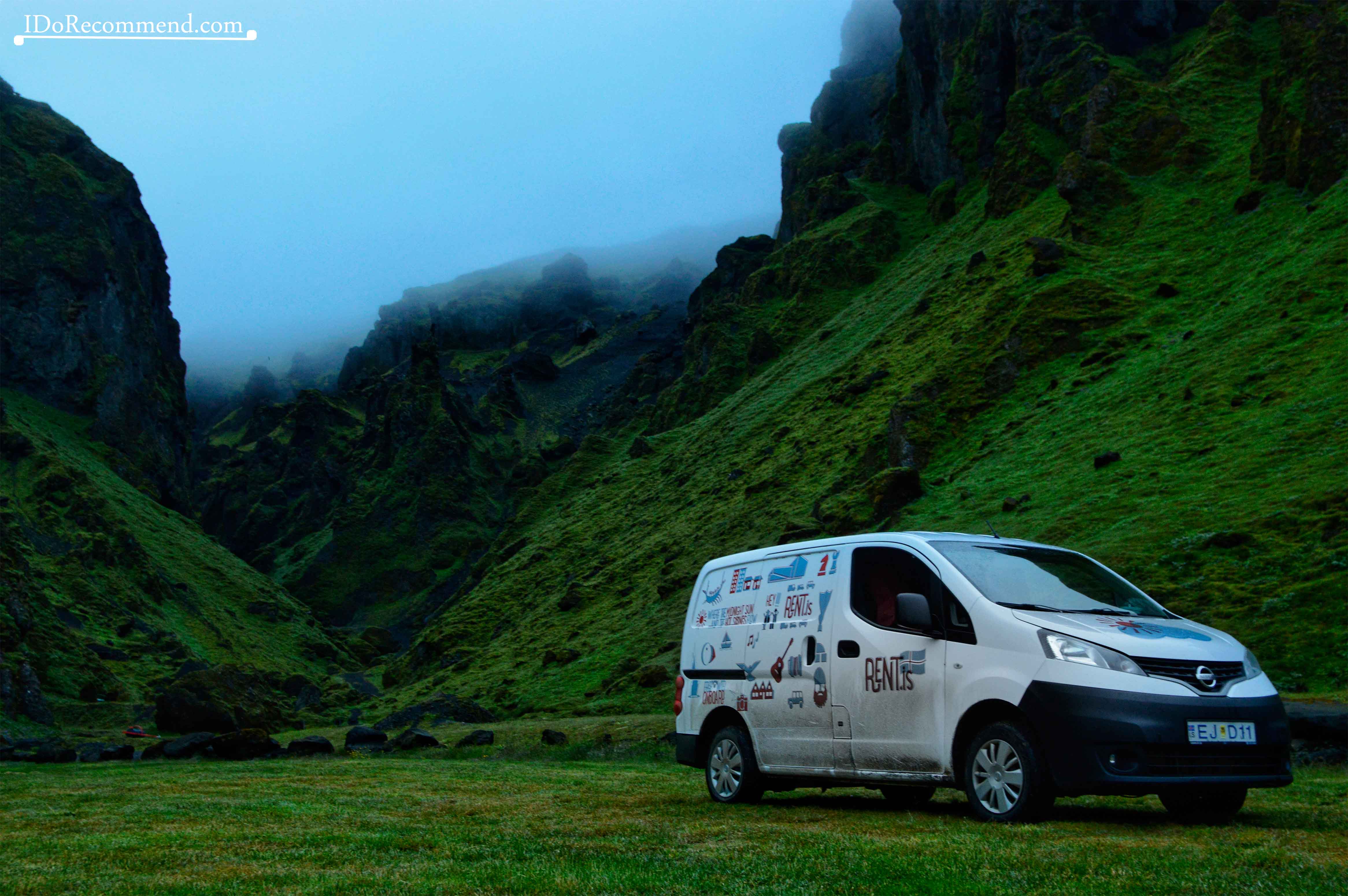
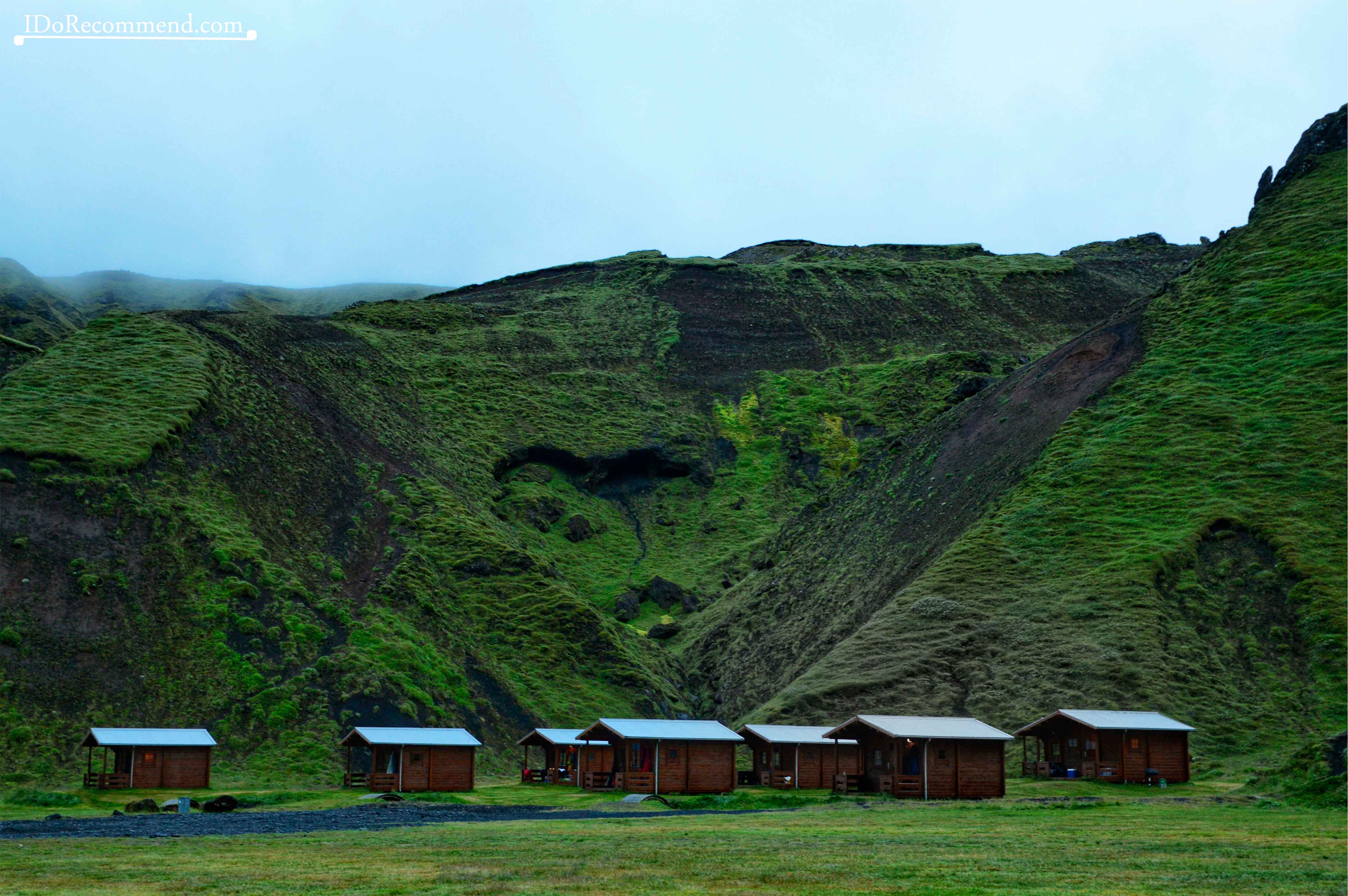

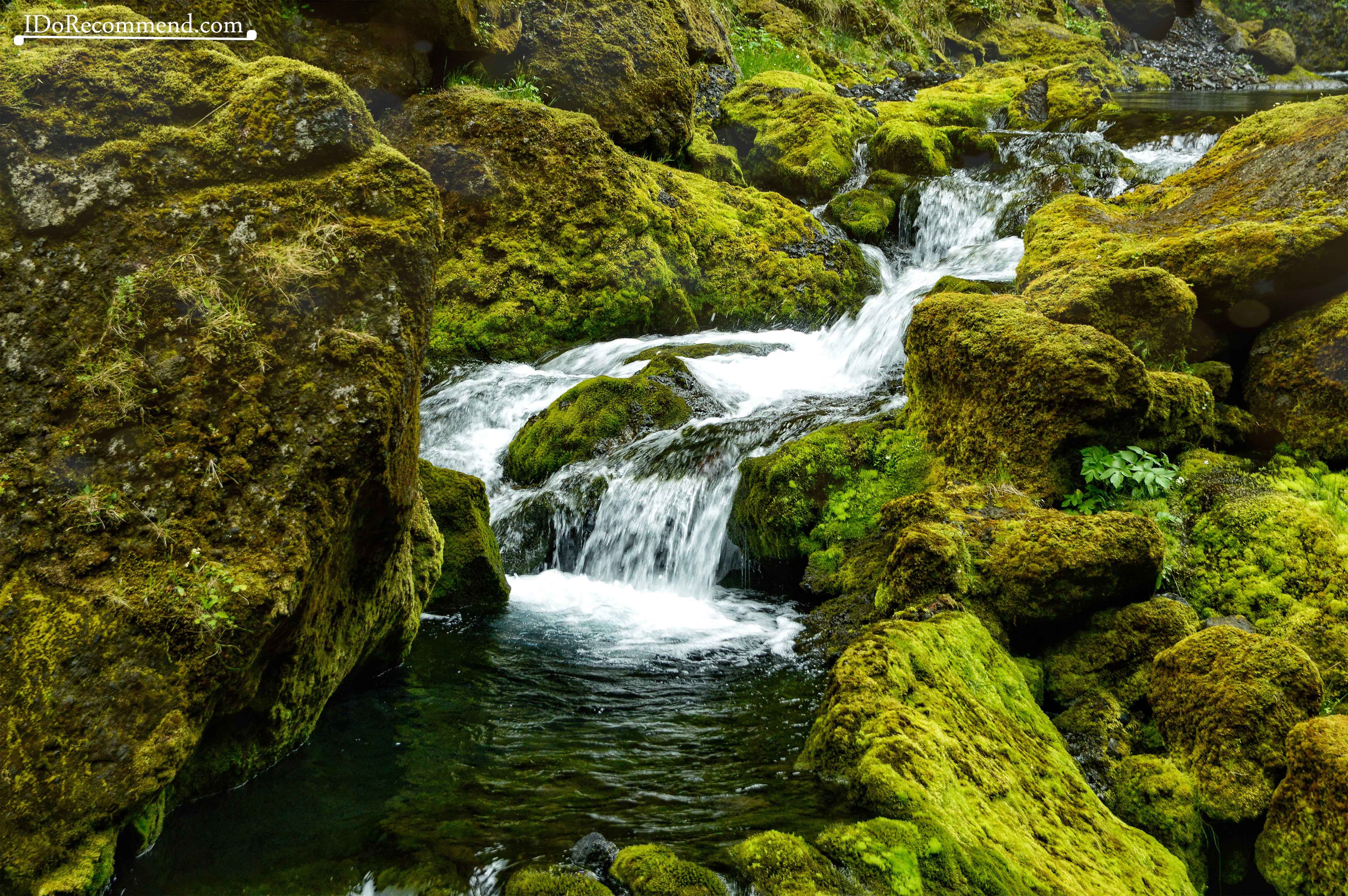
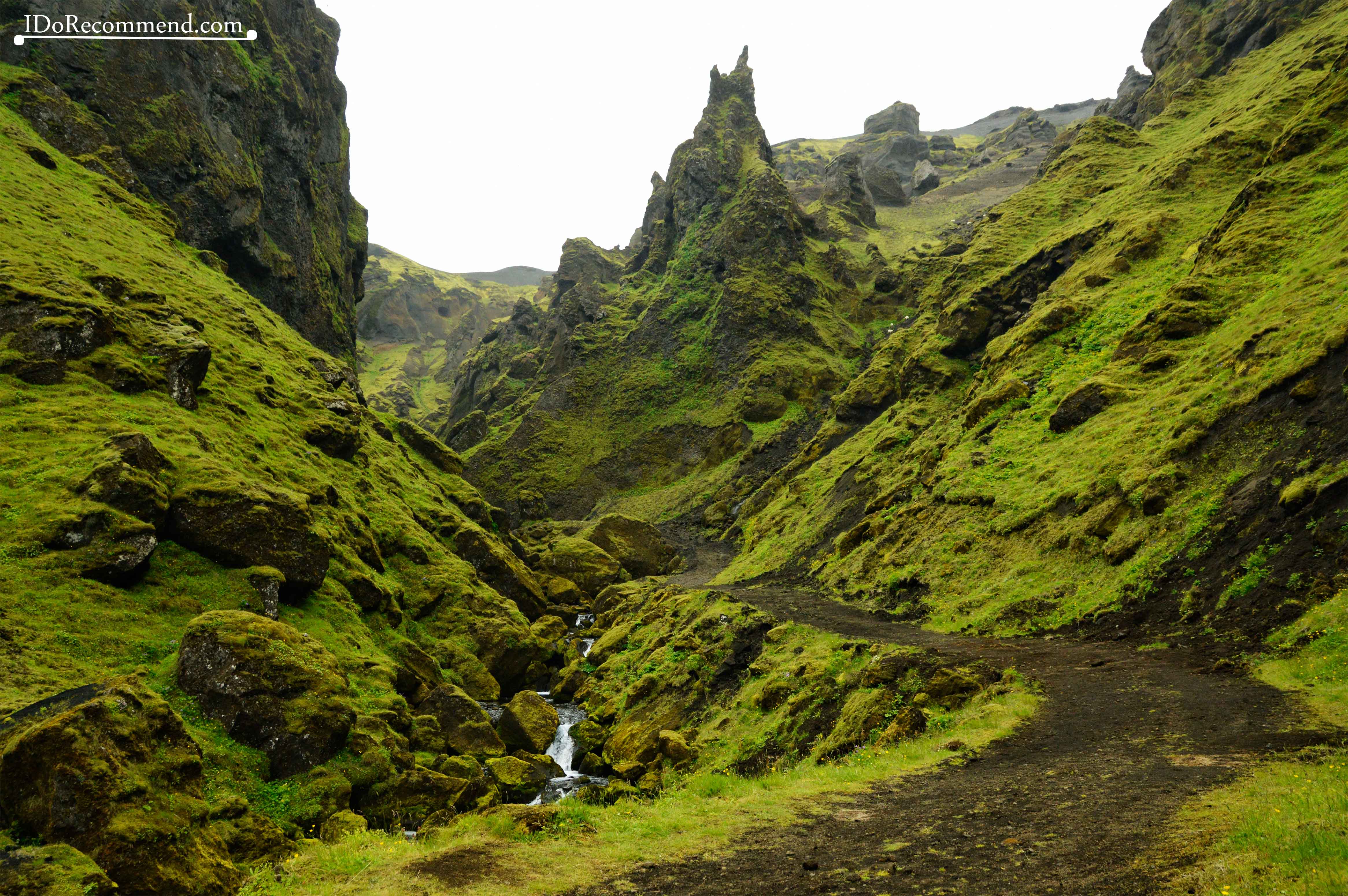
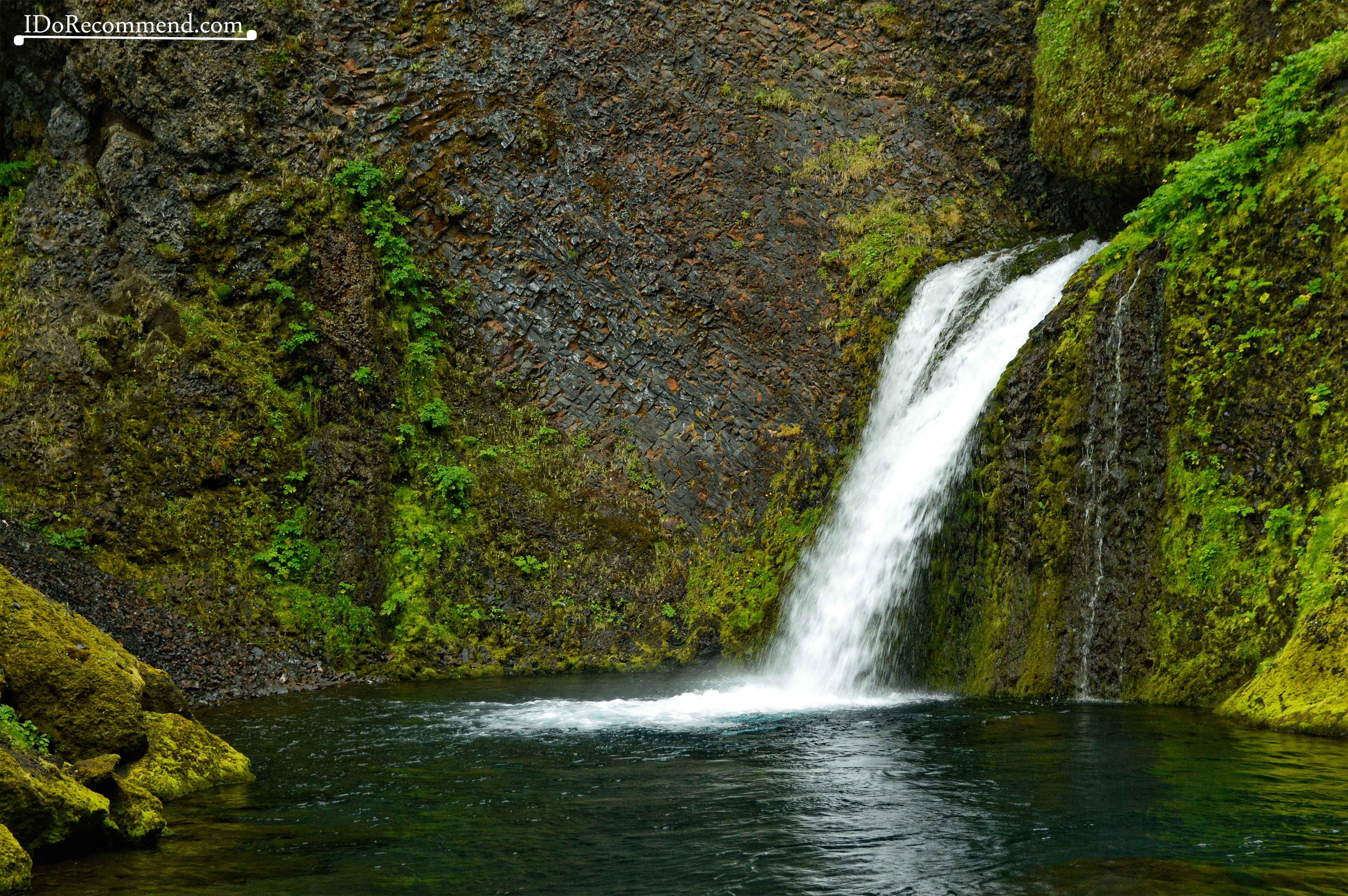
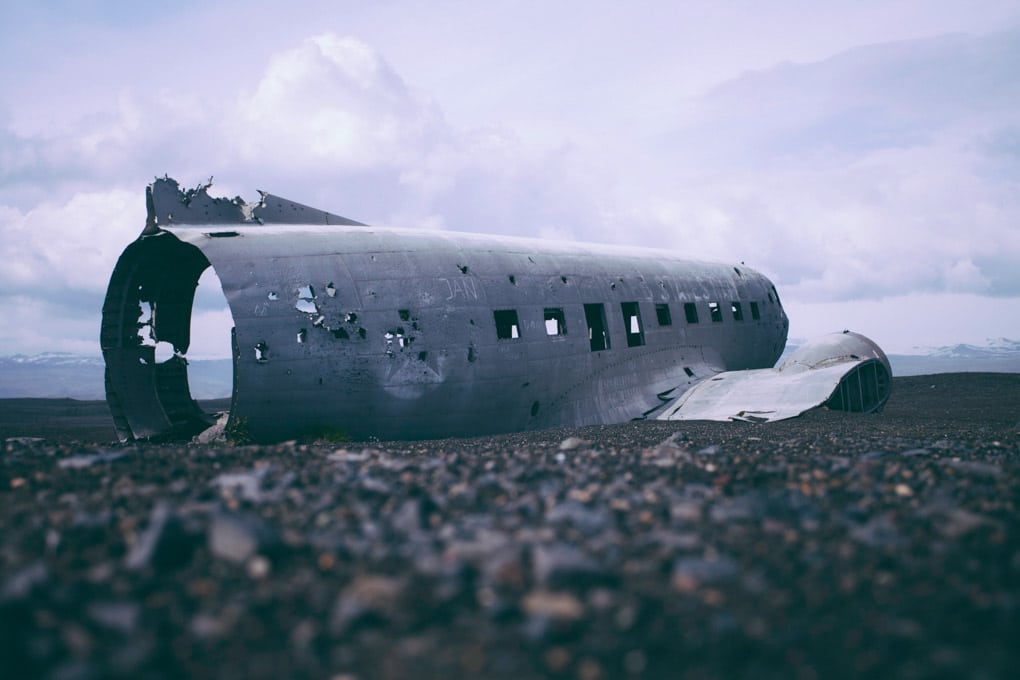
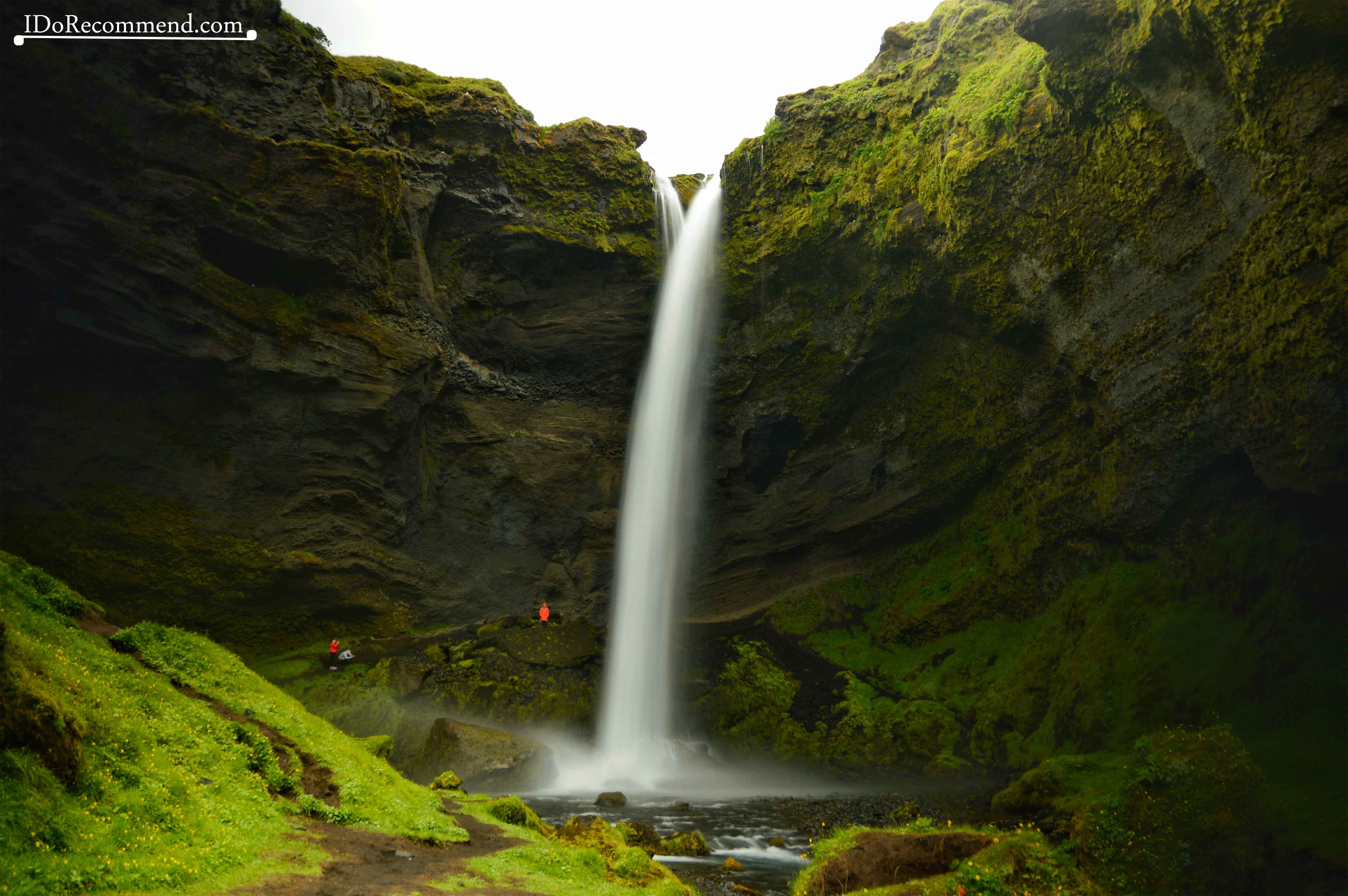
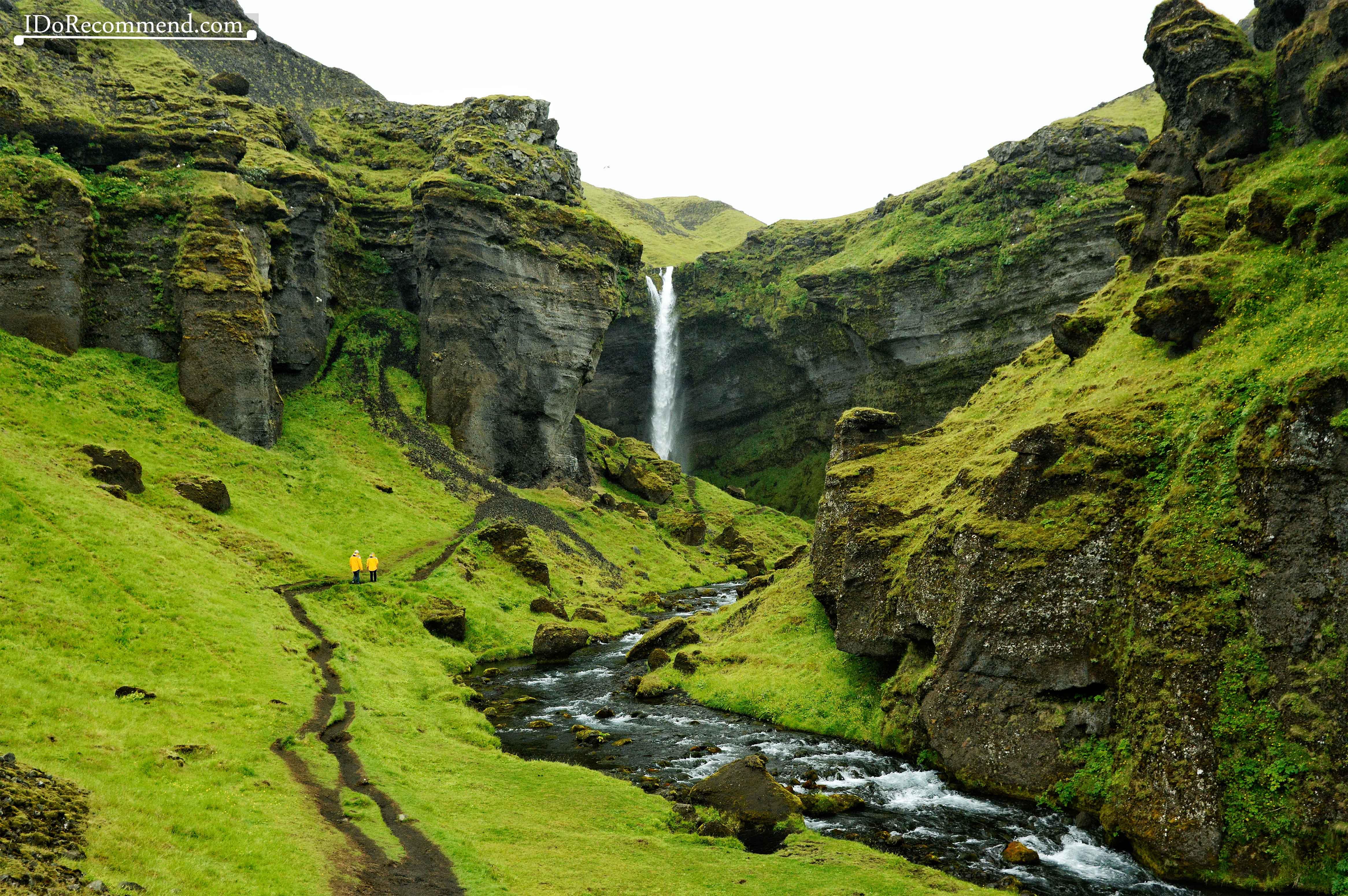

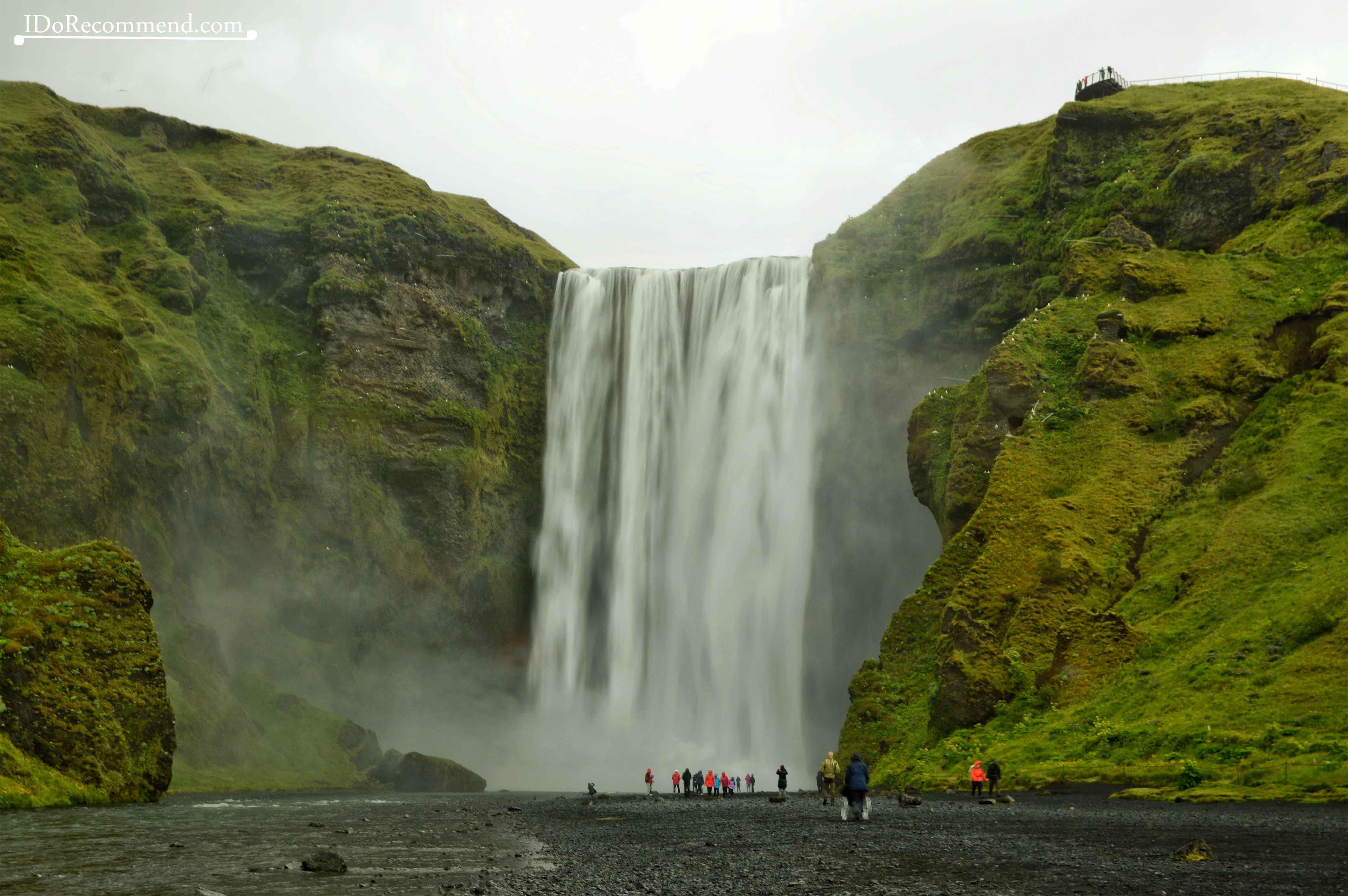
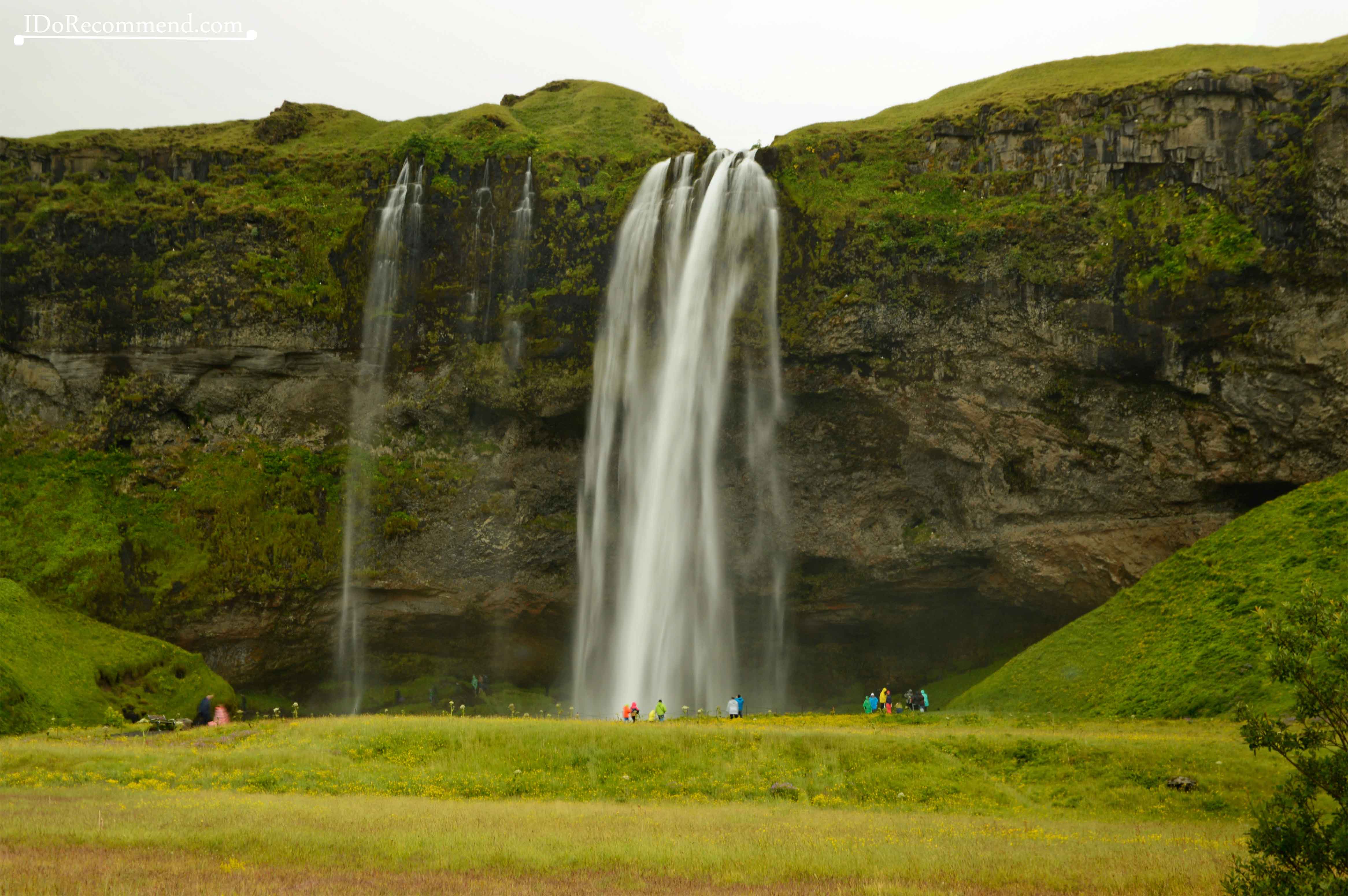
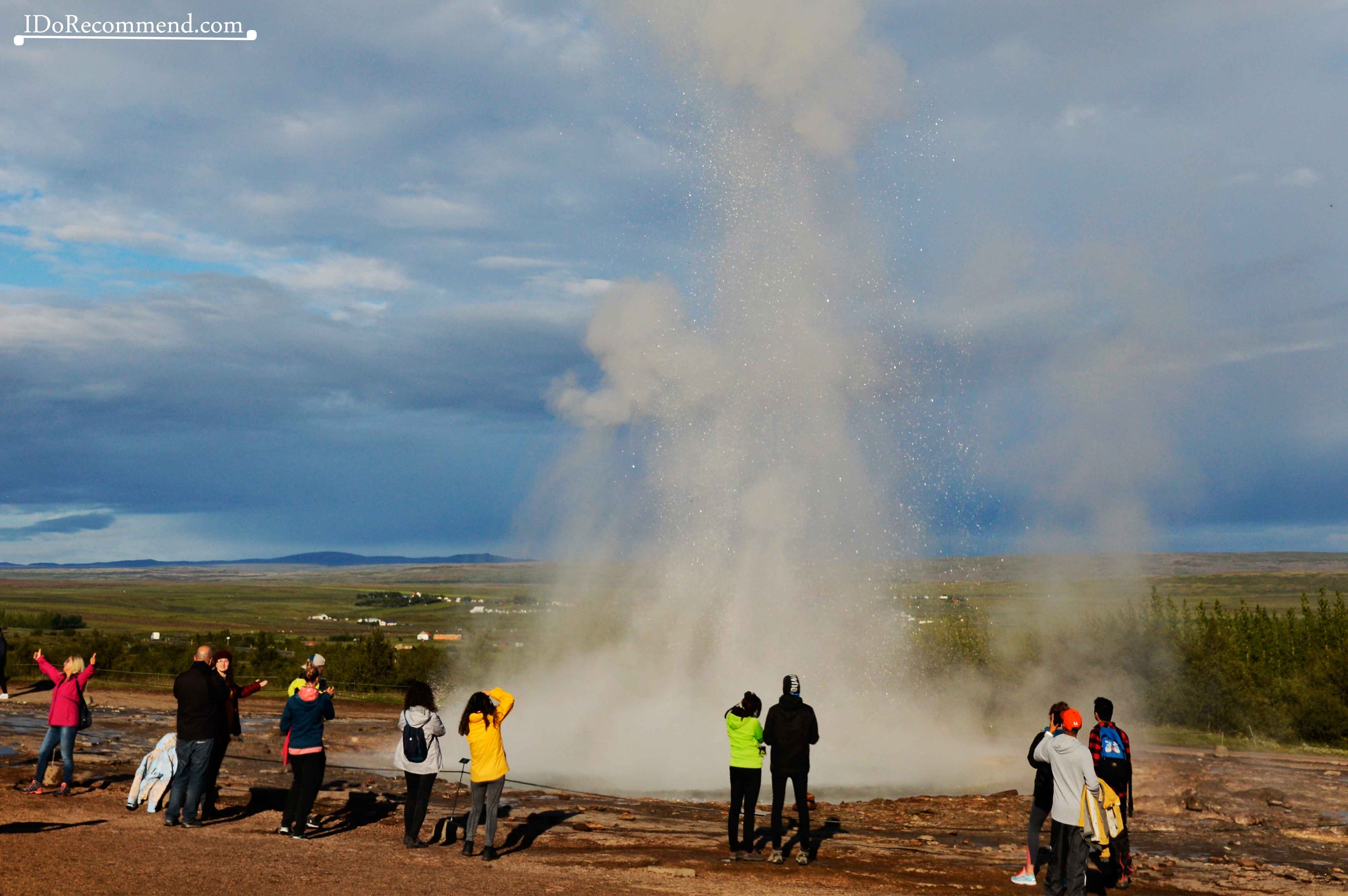
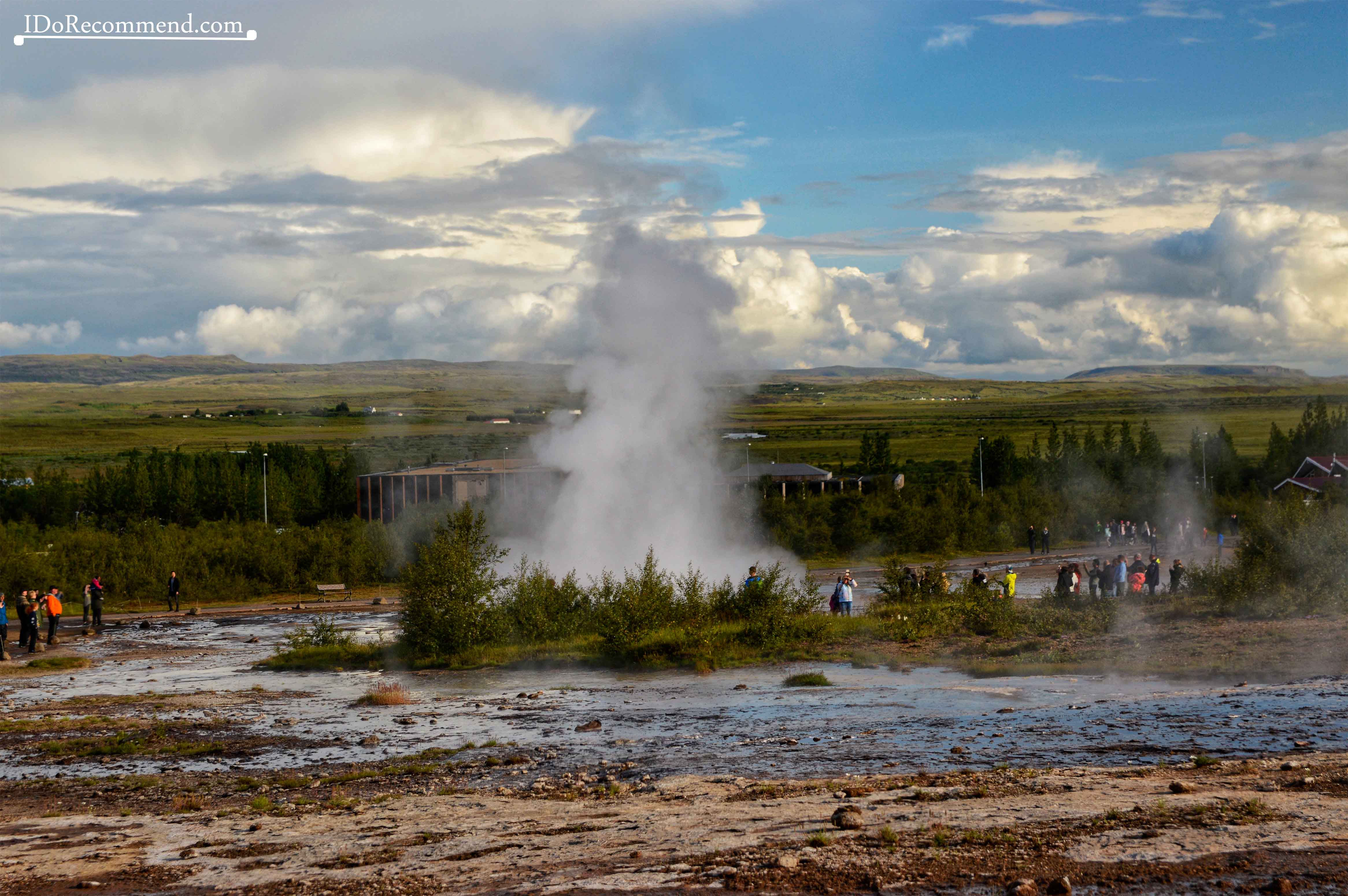
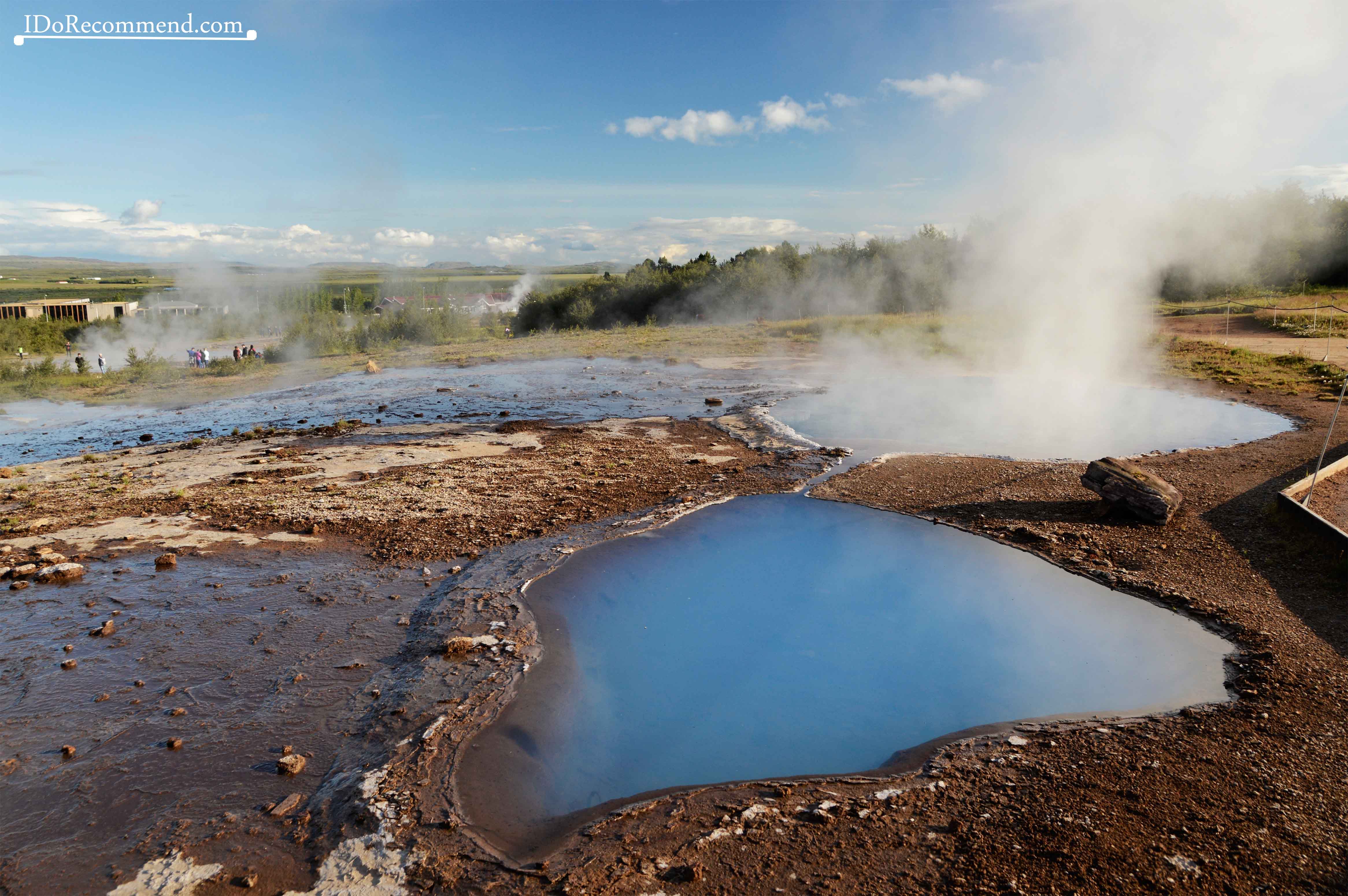
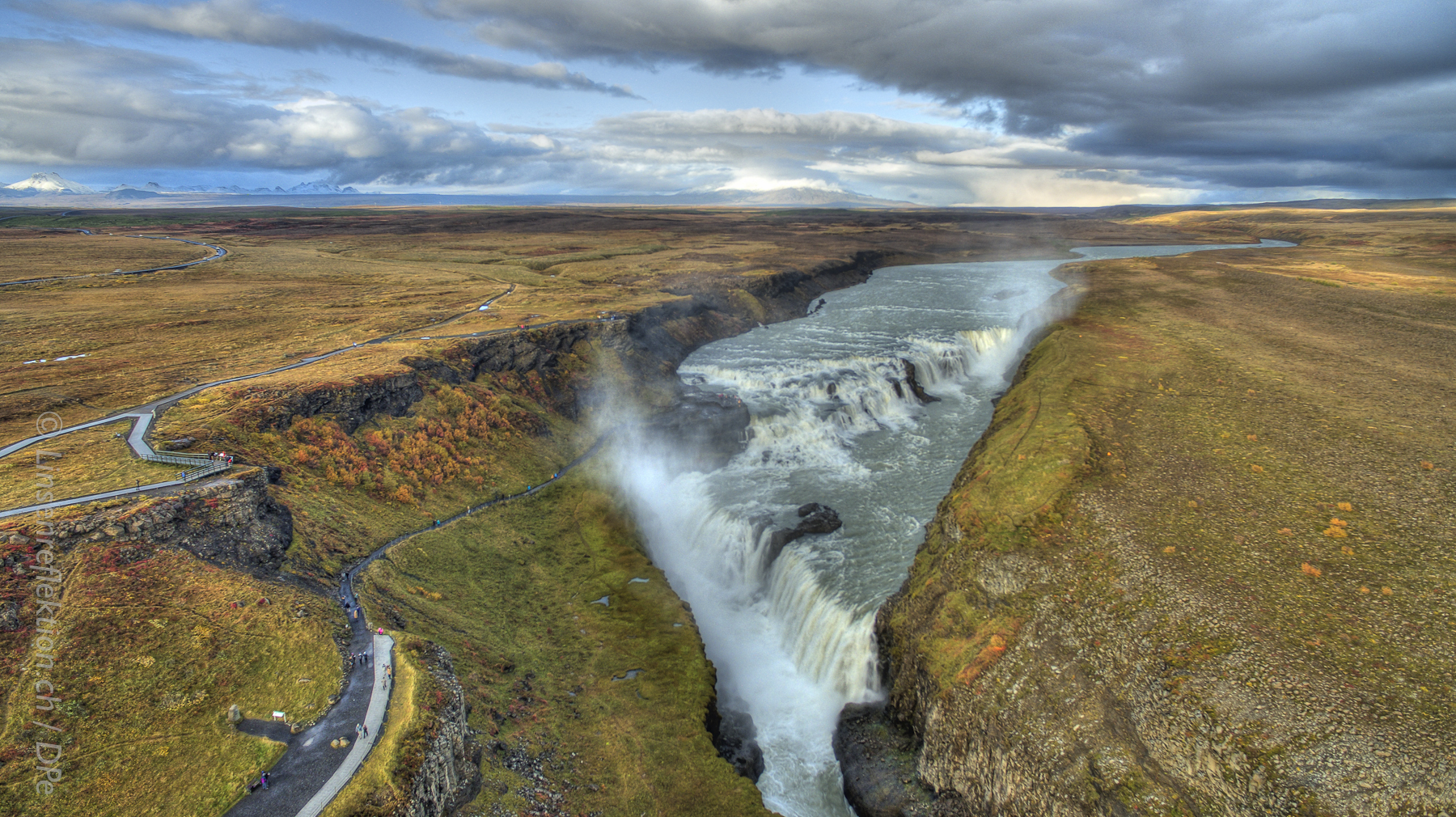
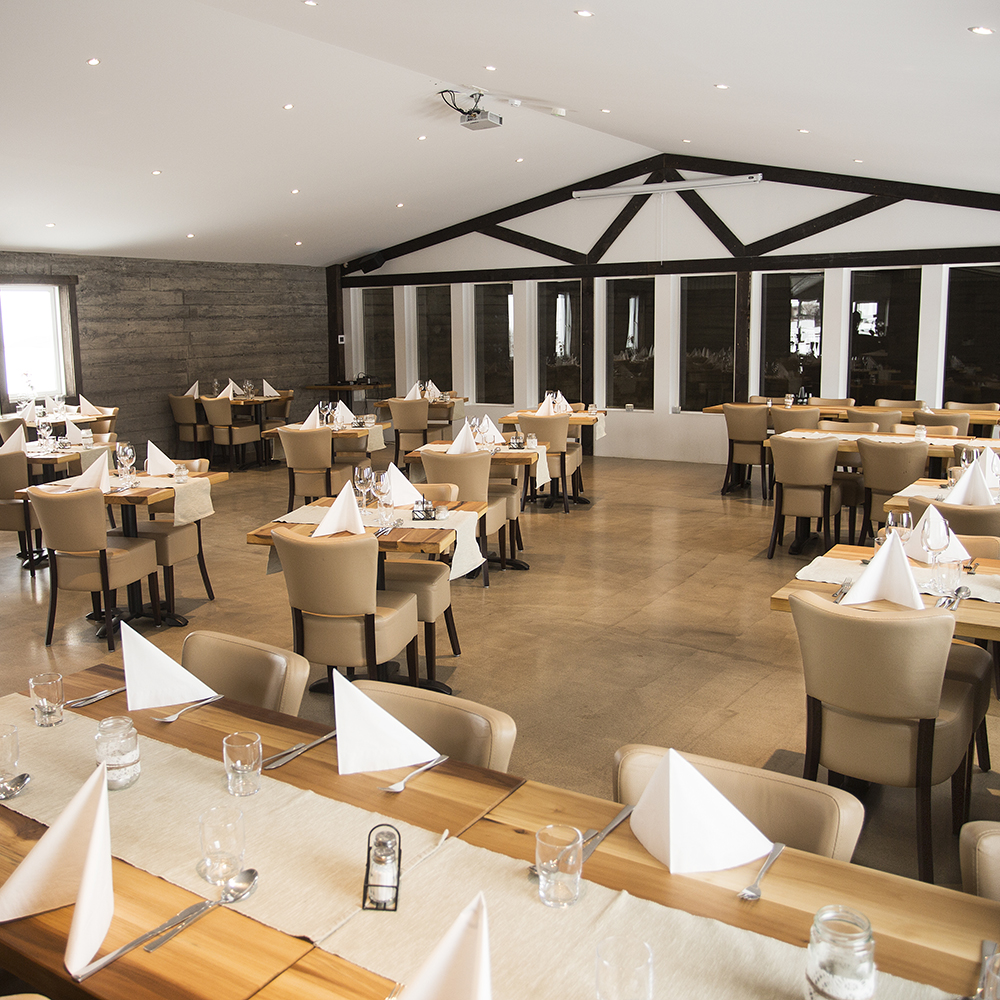

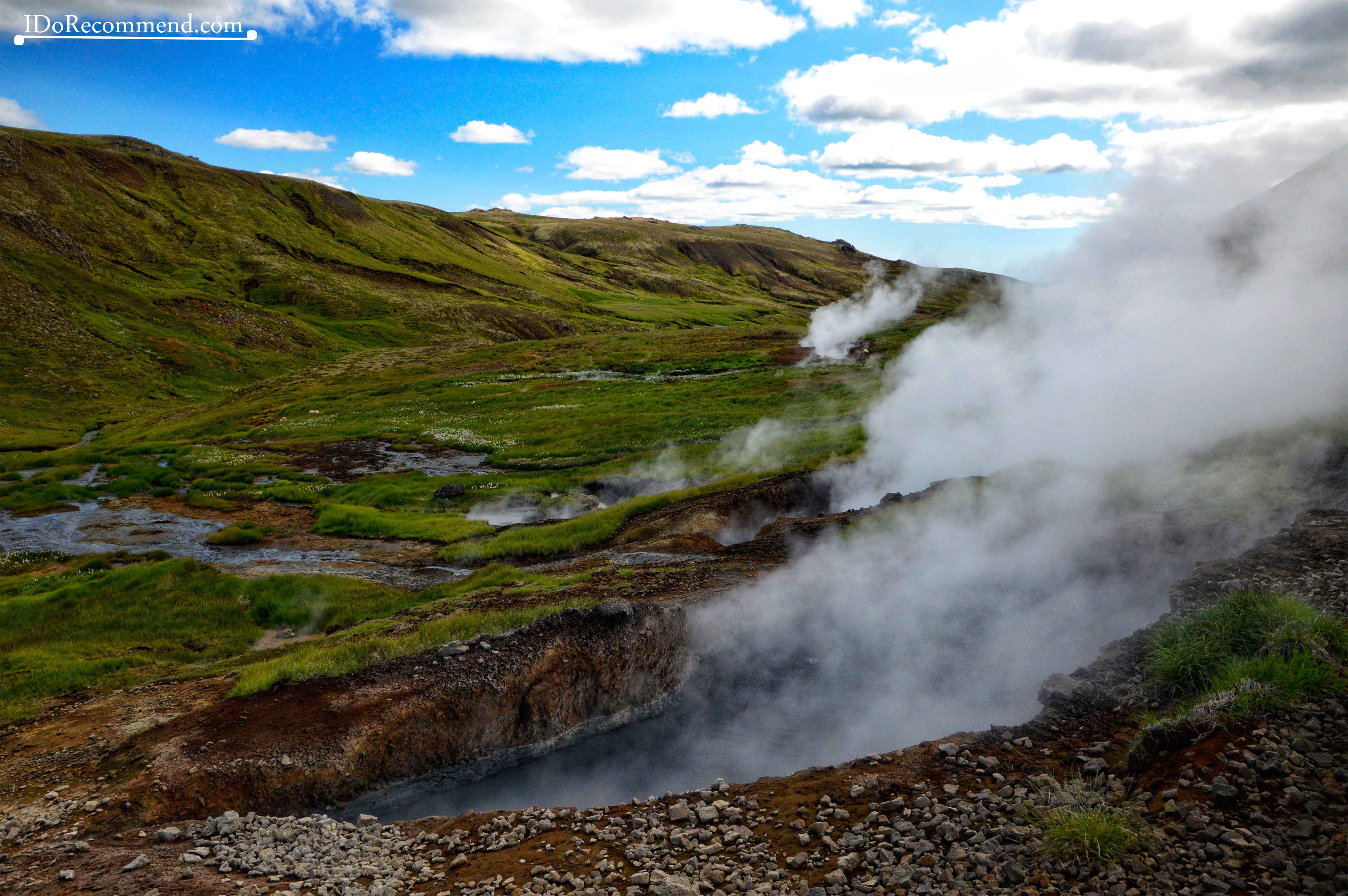
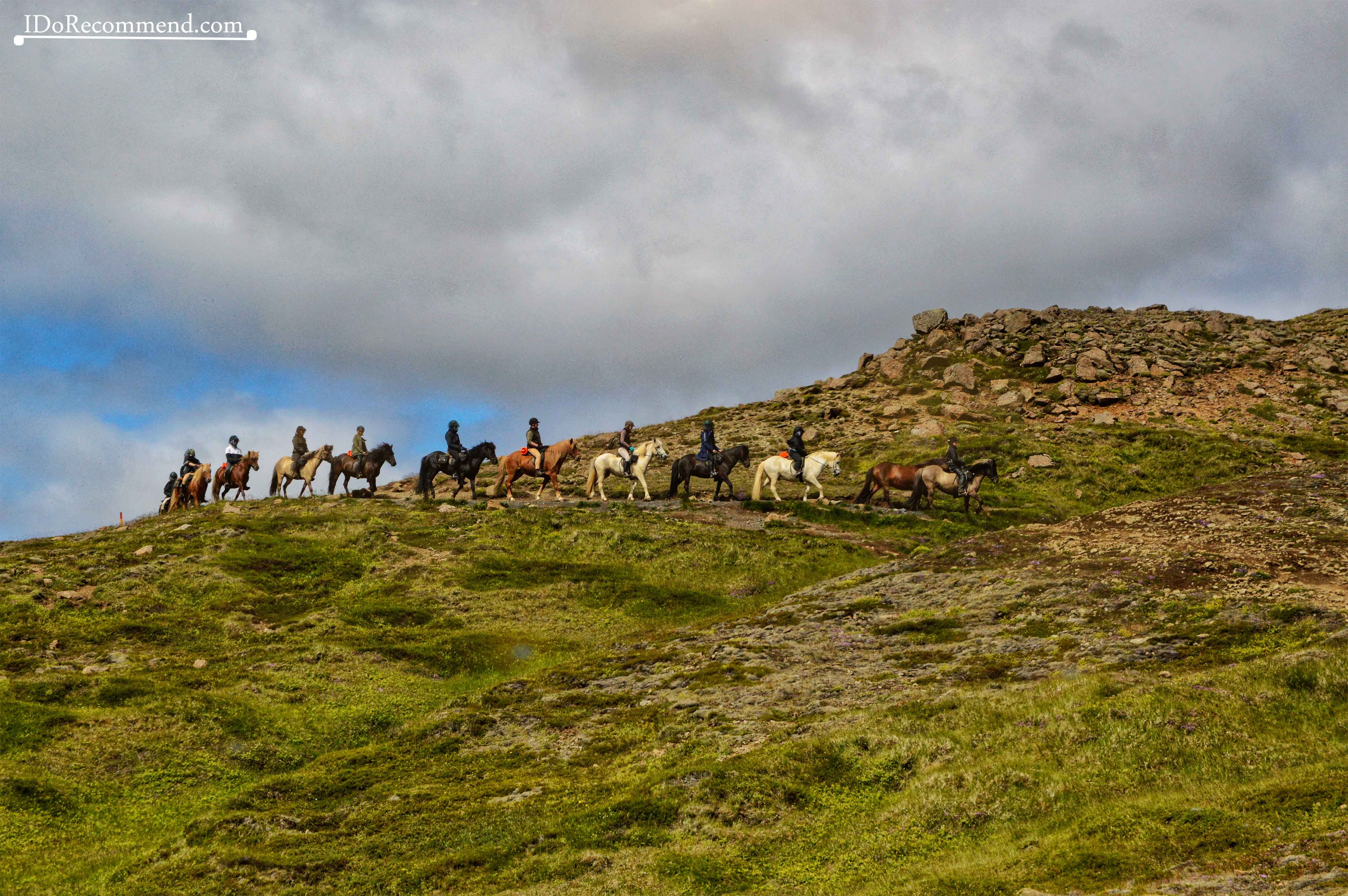
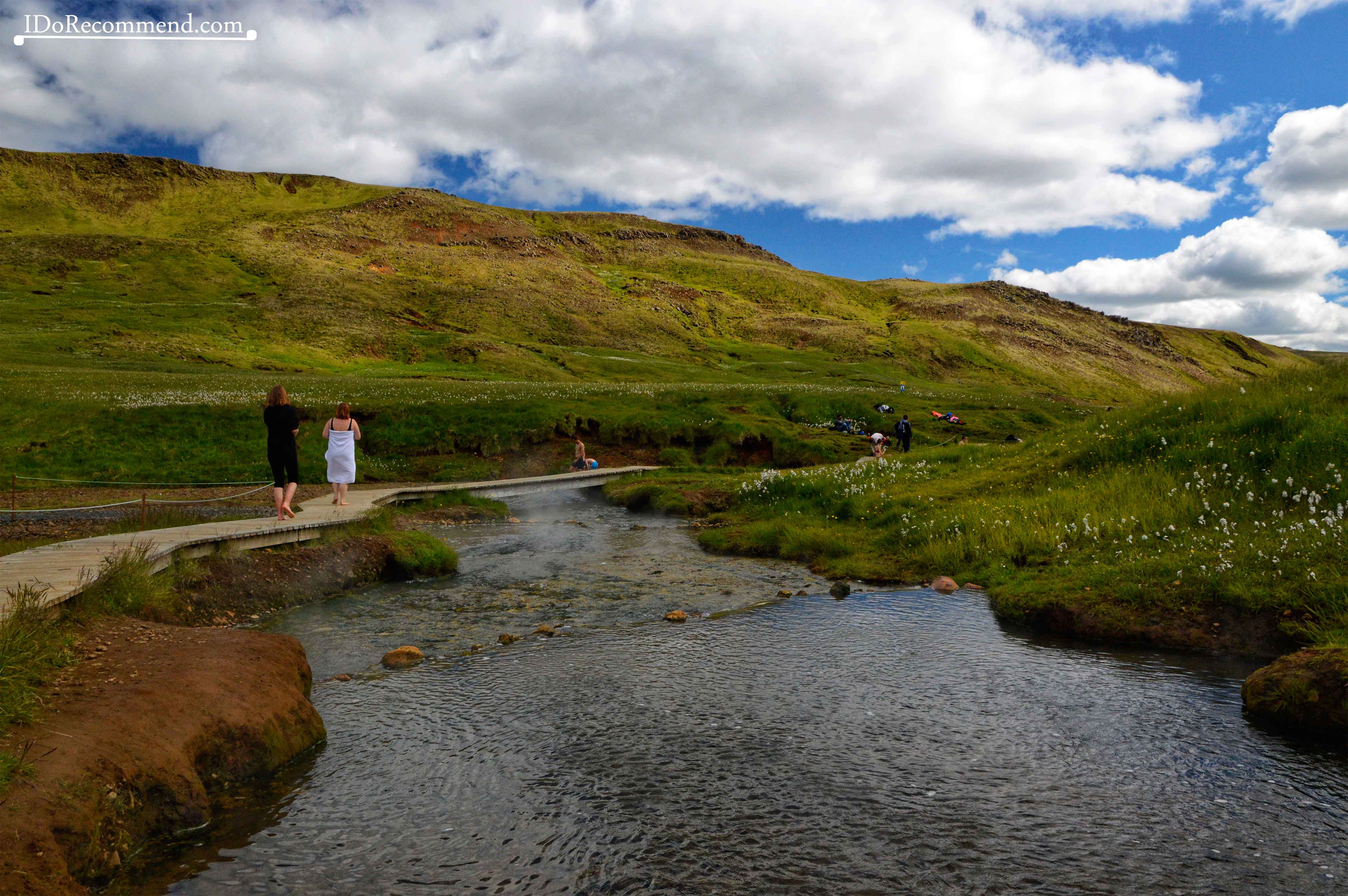
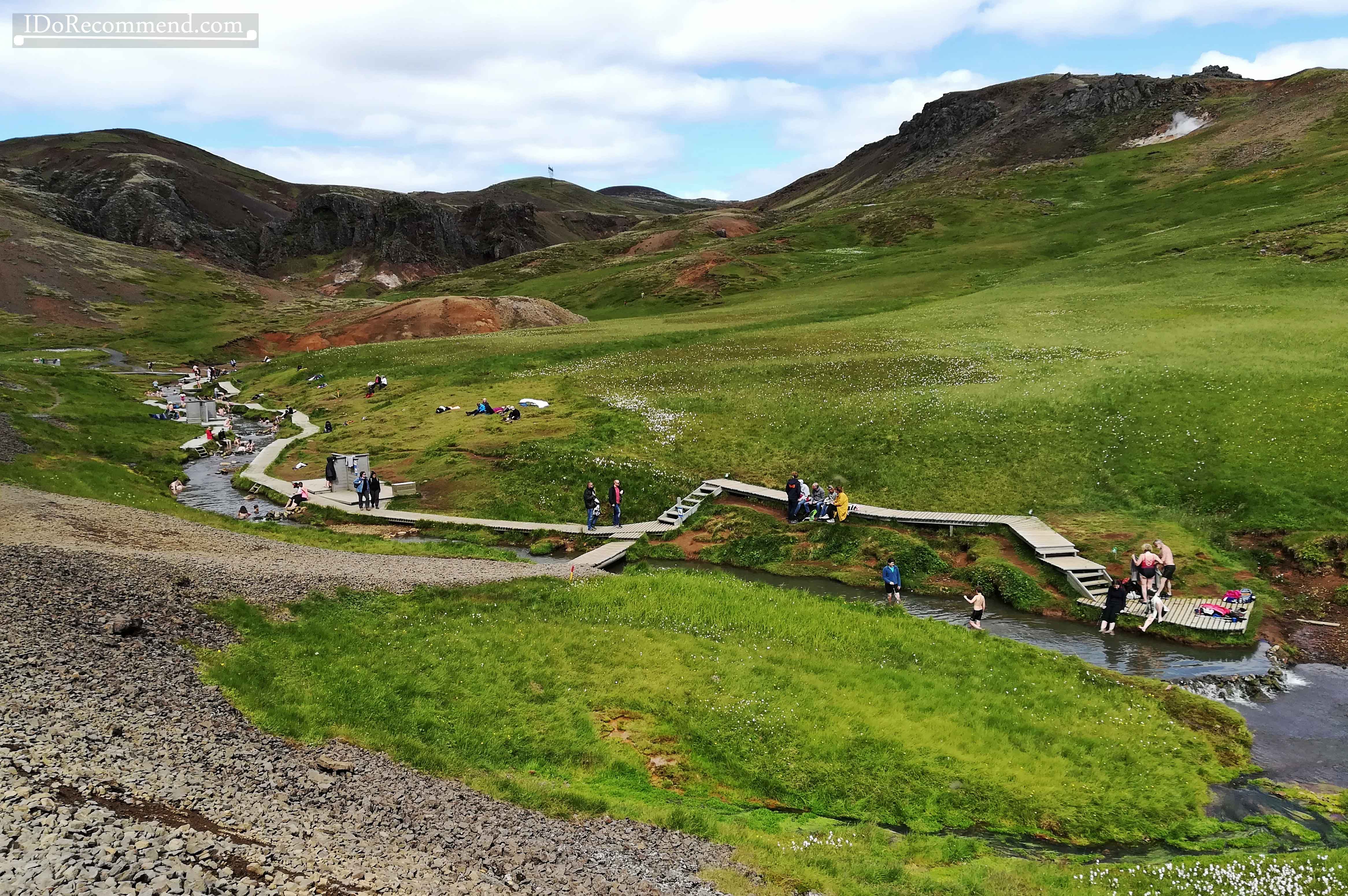
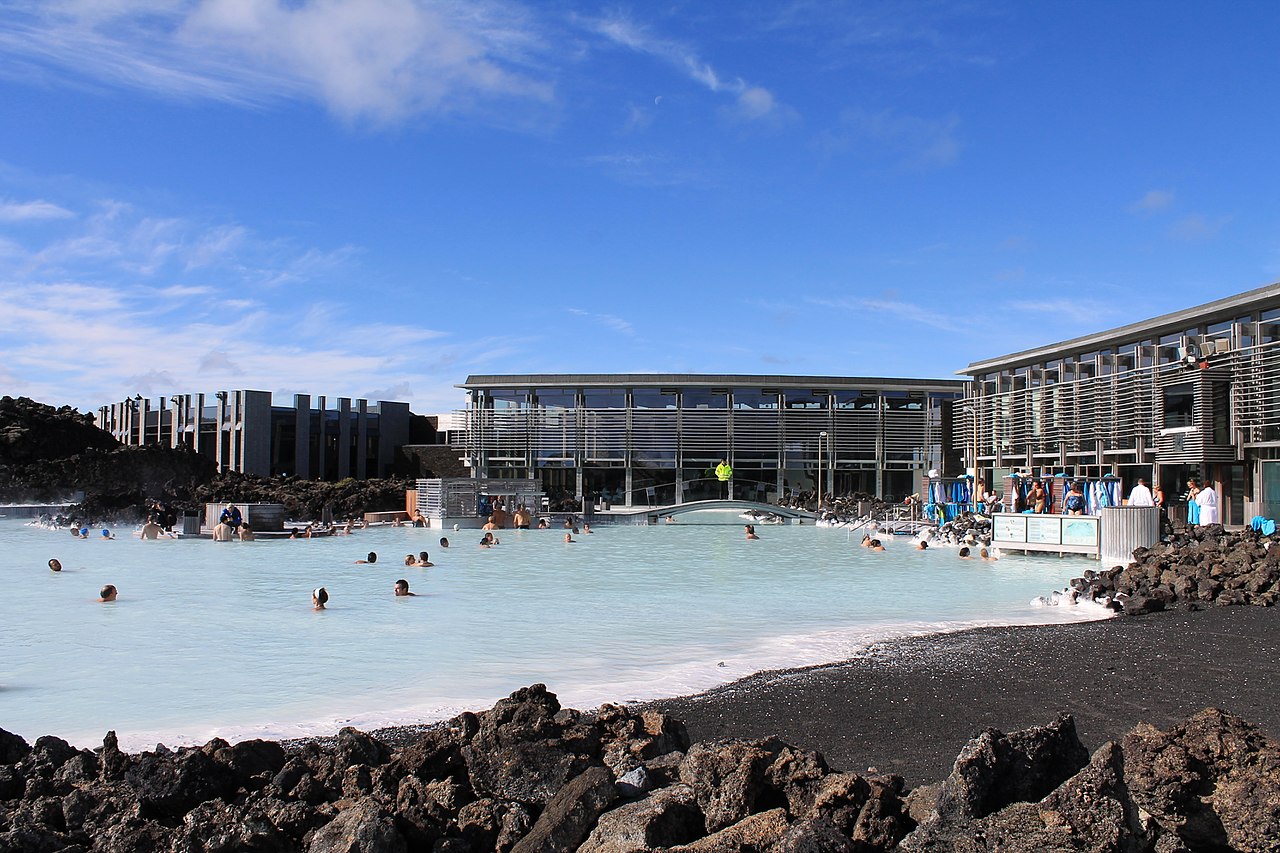
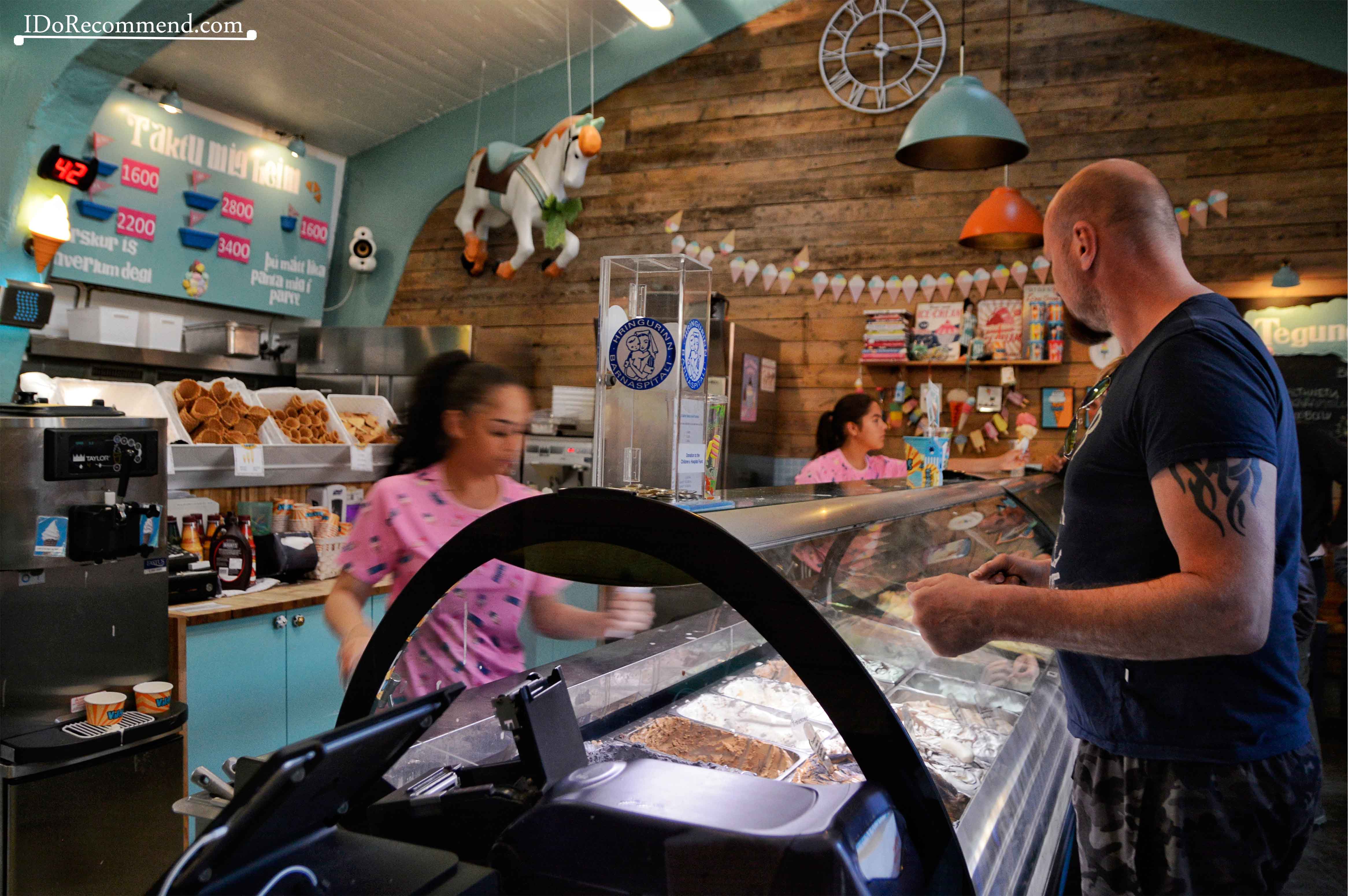

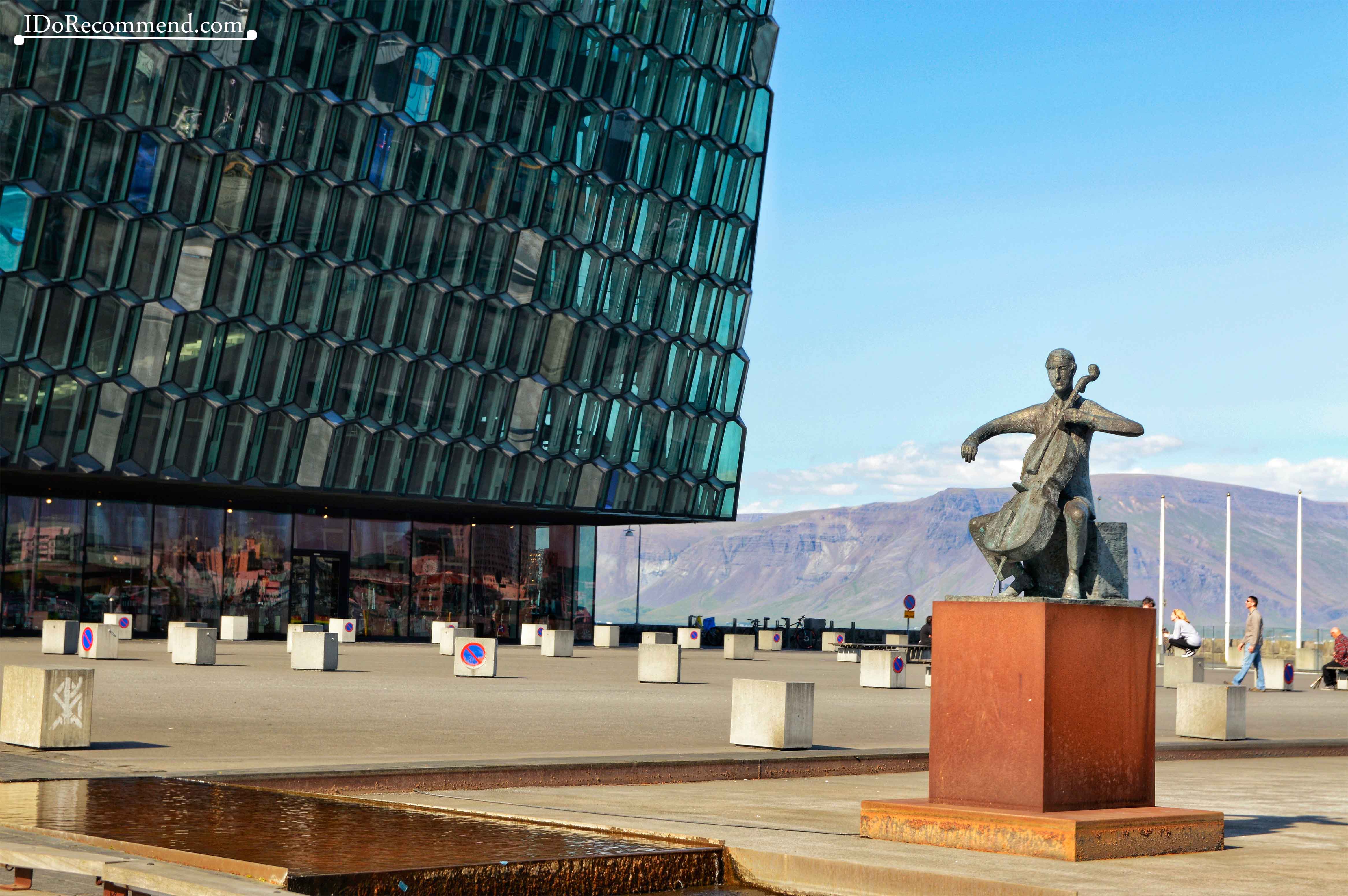
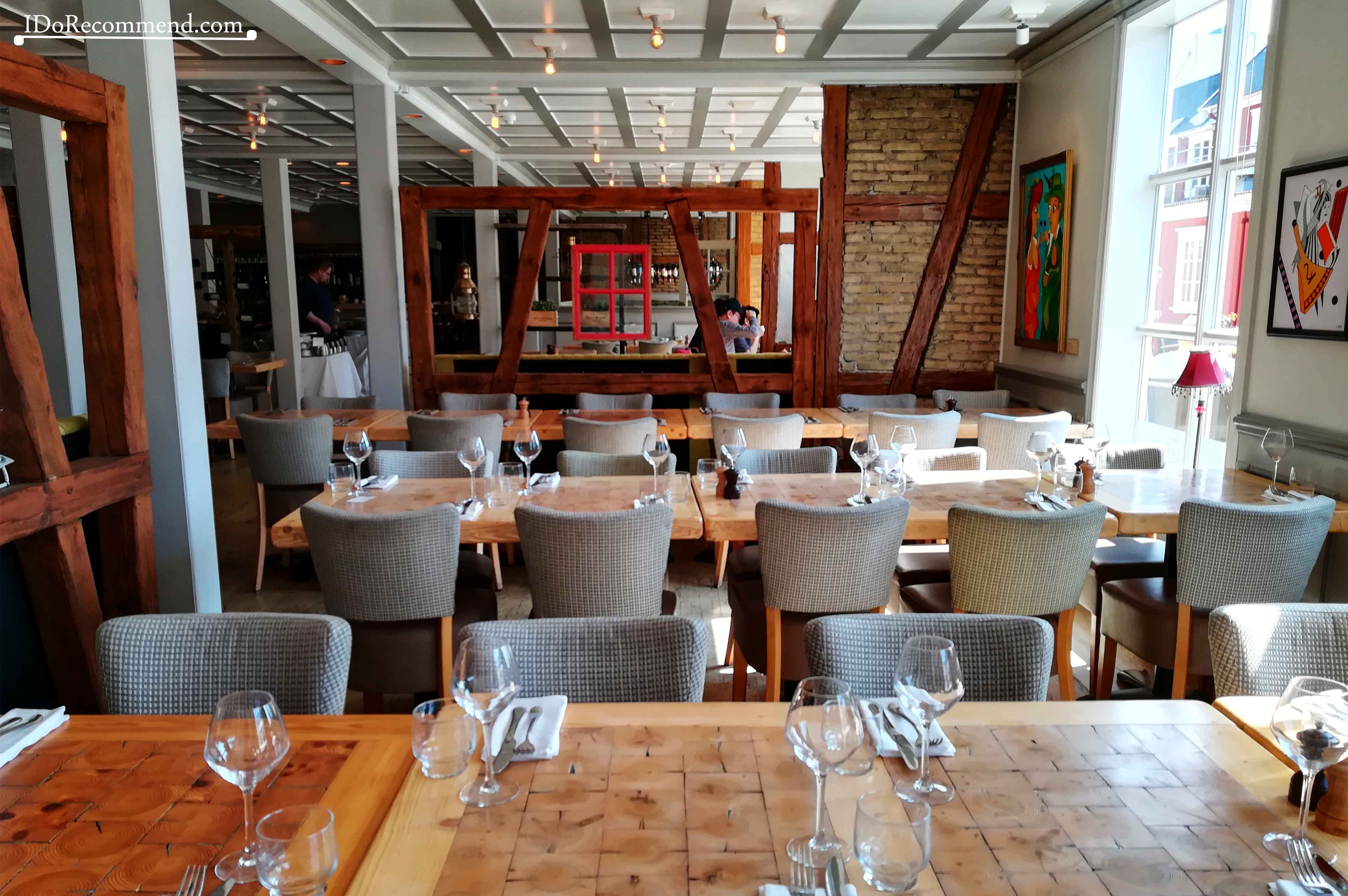

1 comment
Amazing pictures!